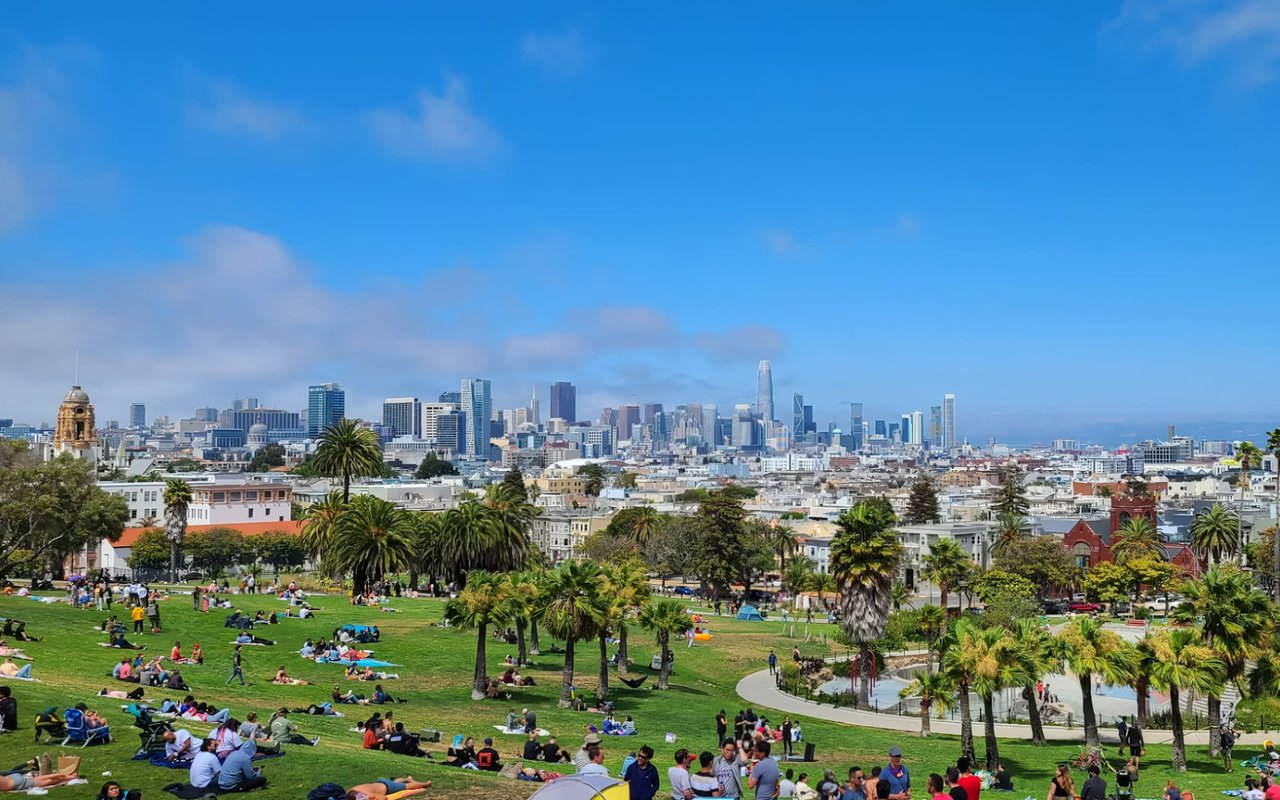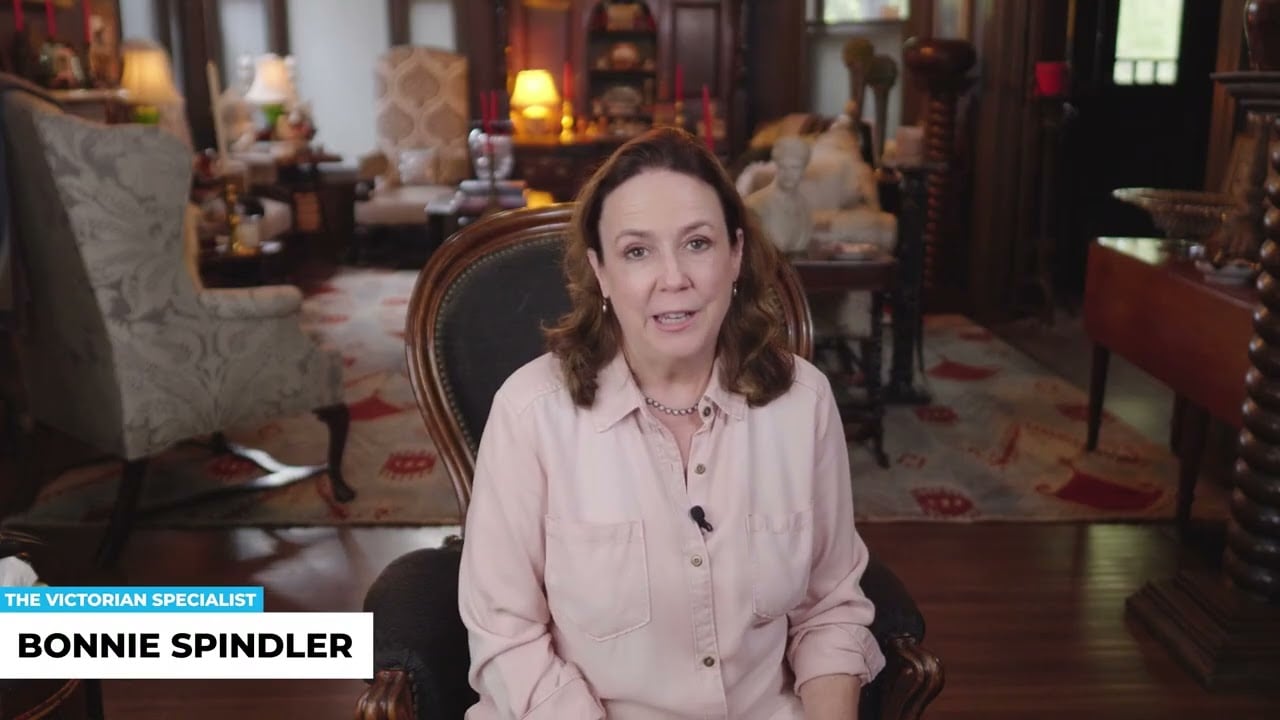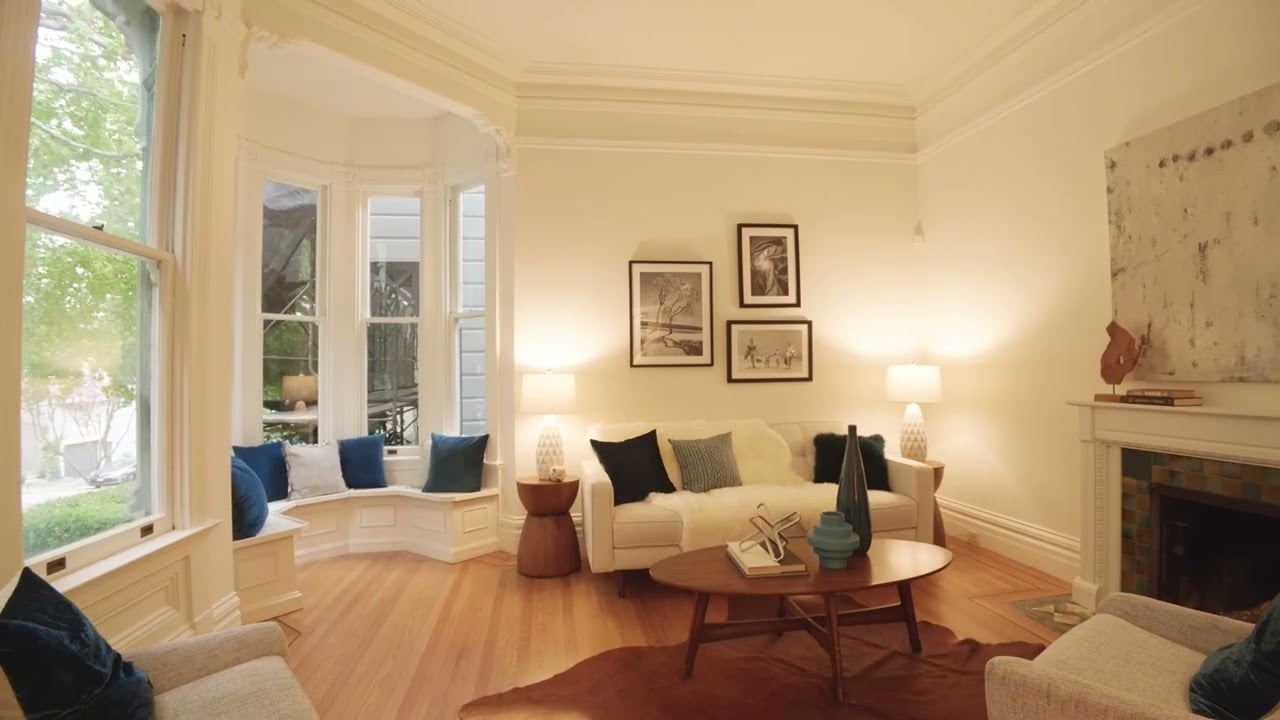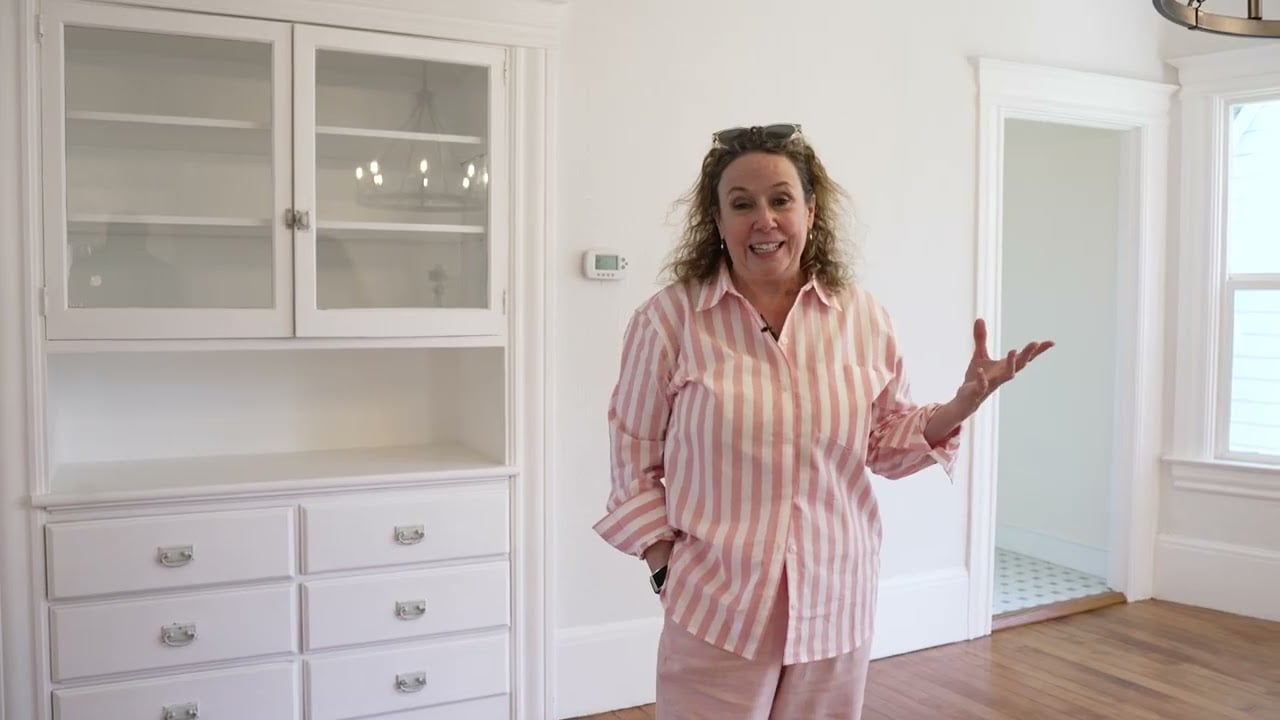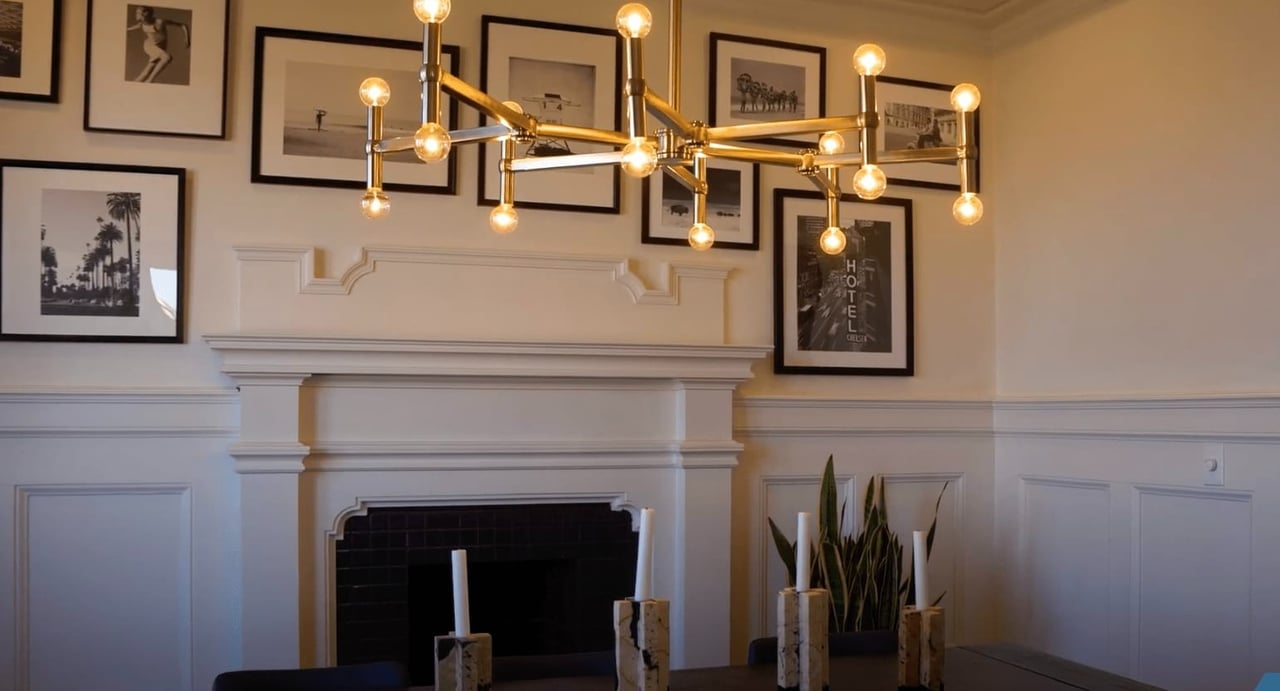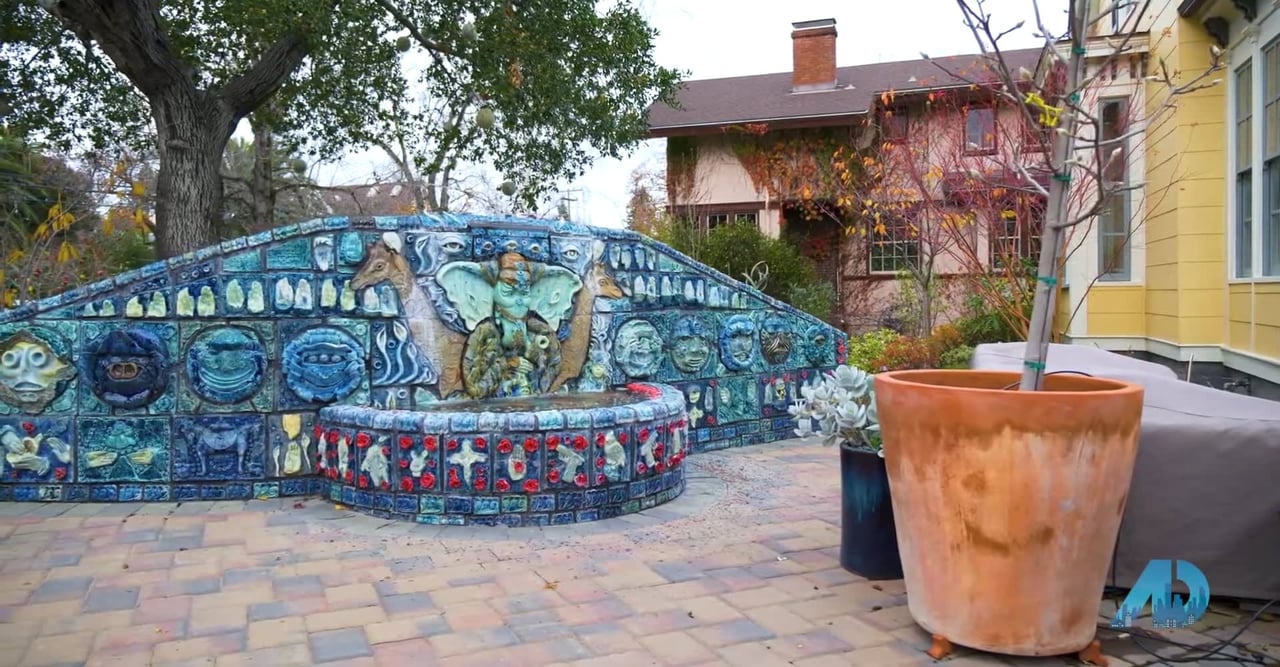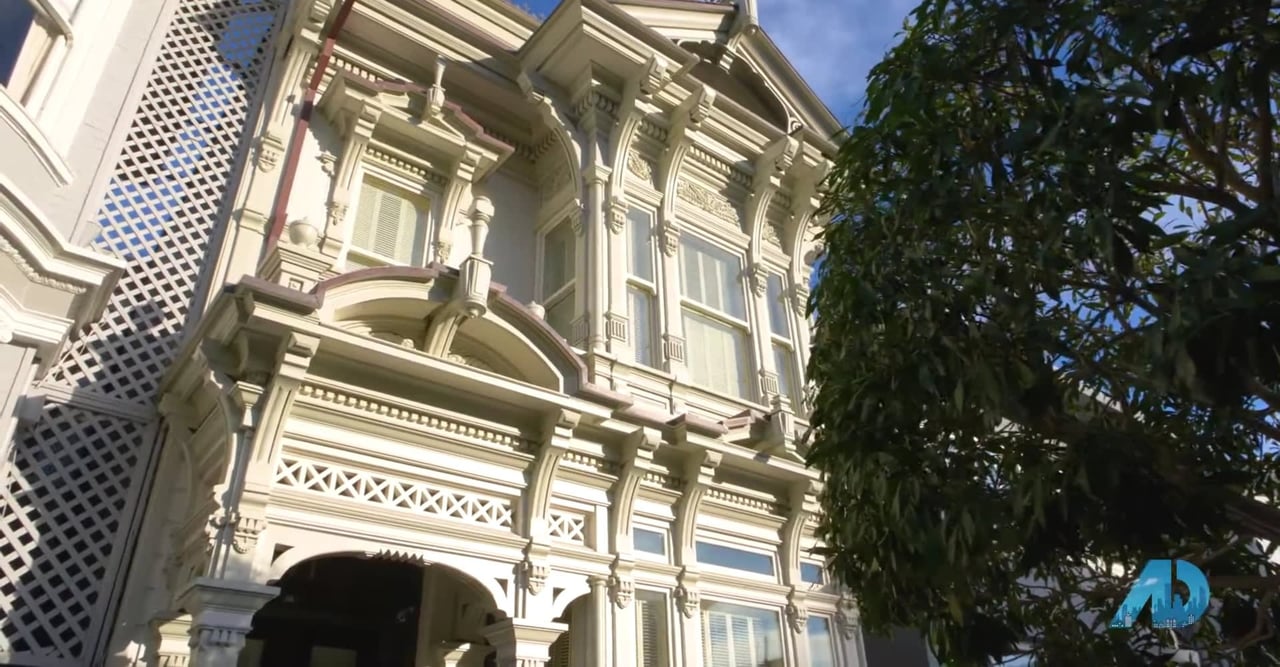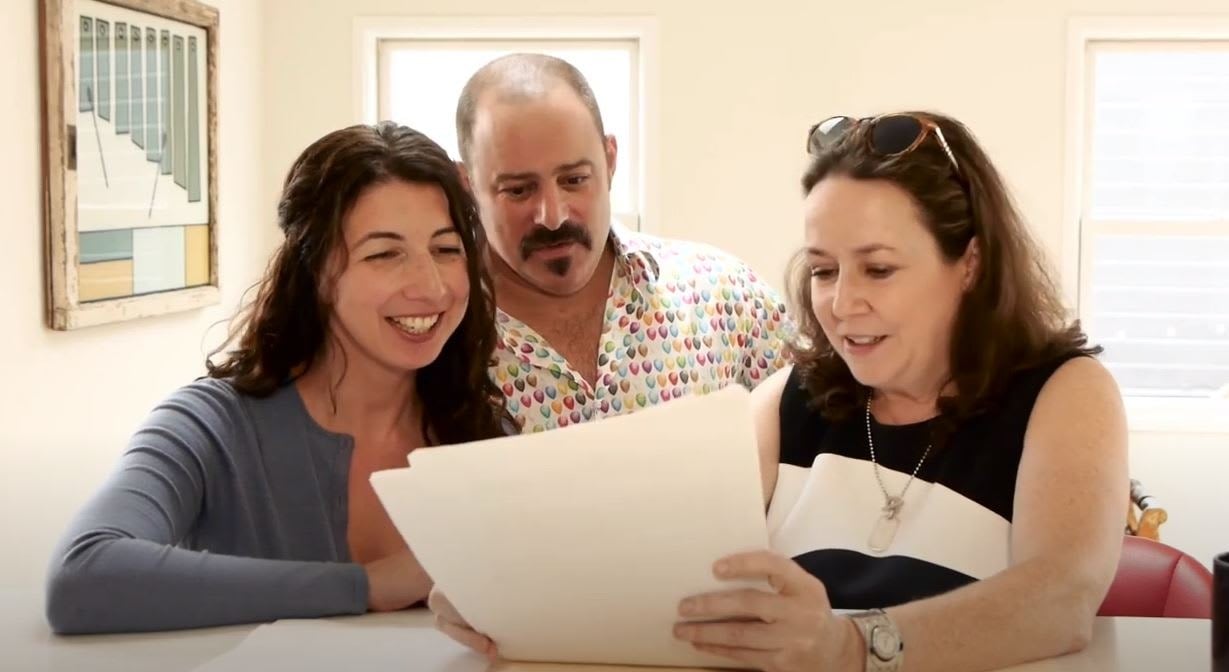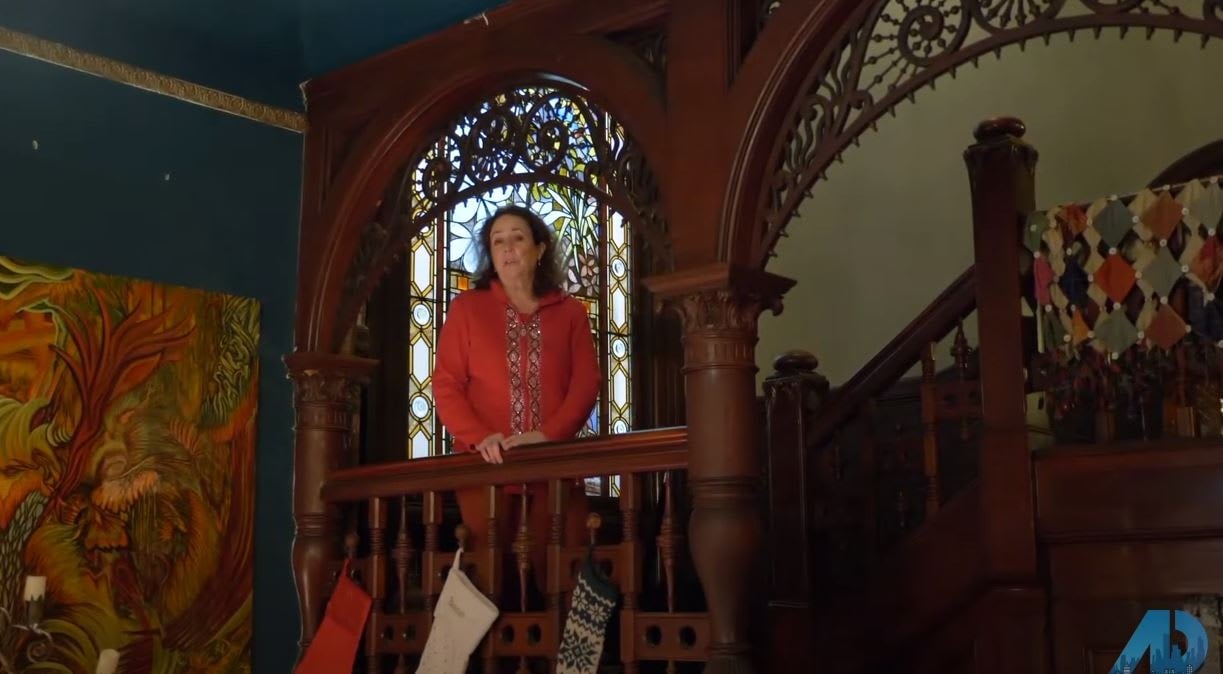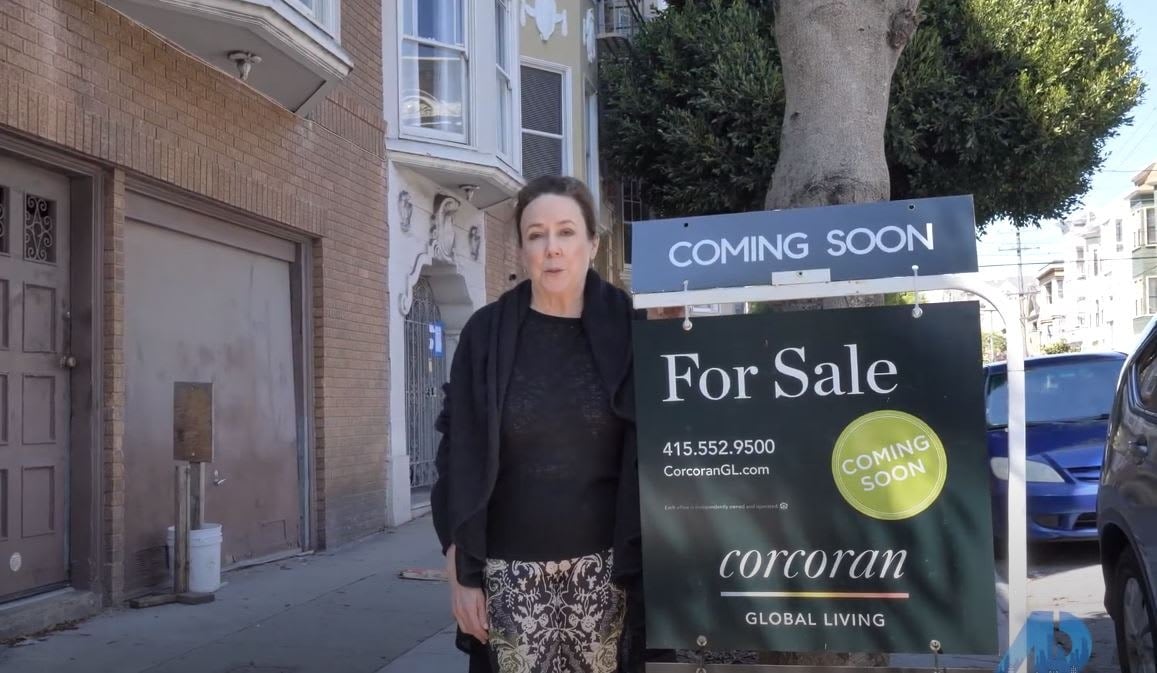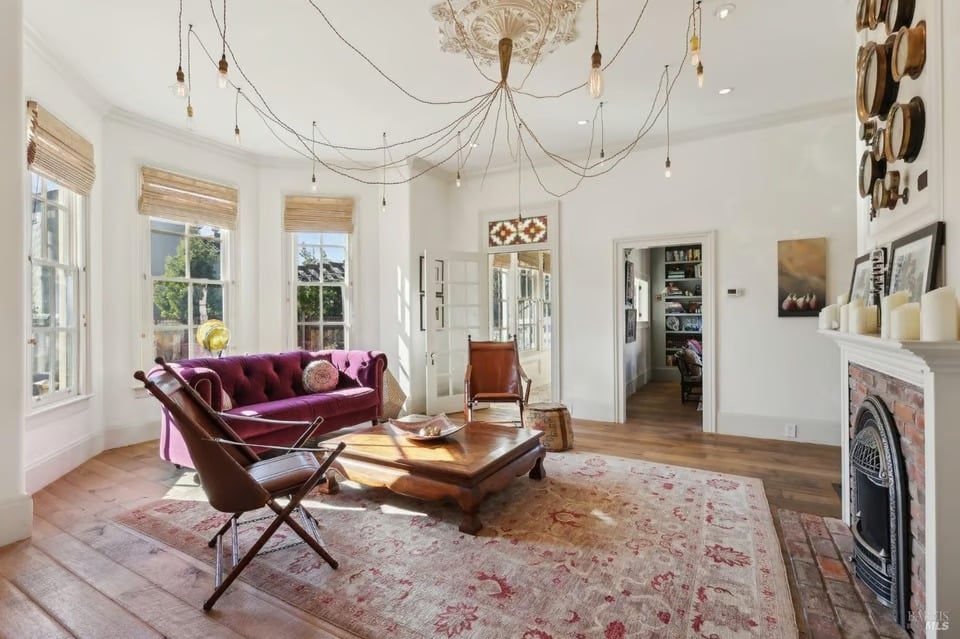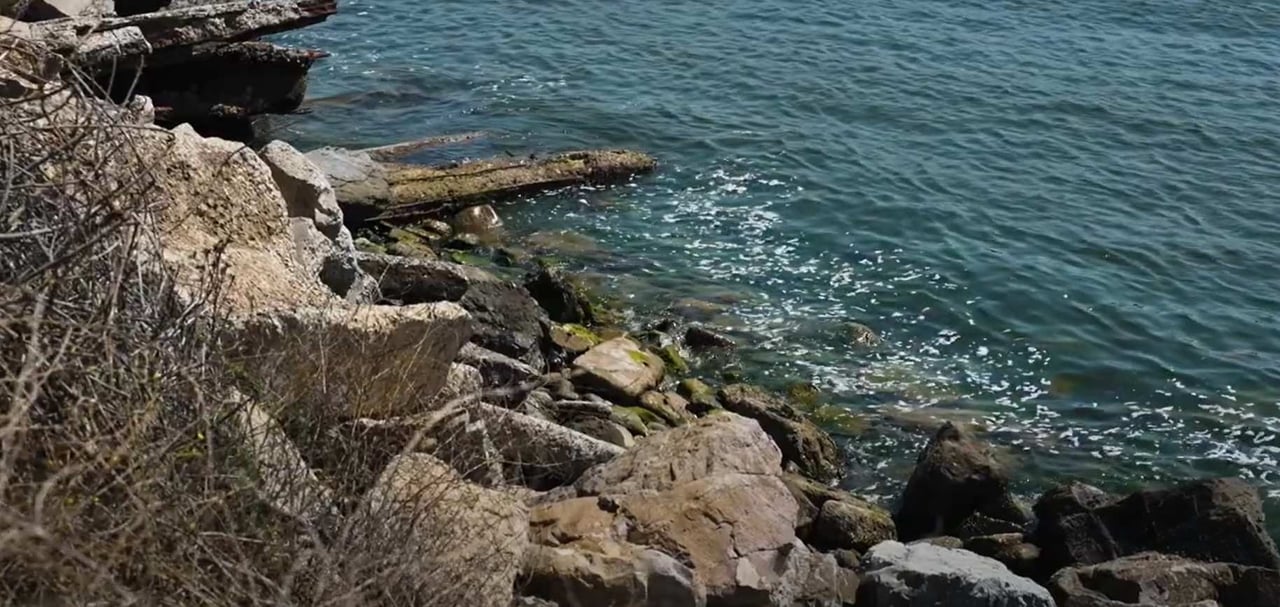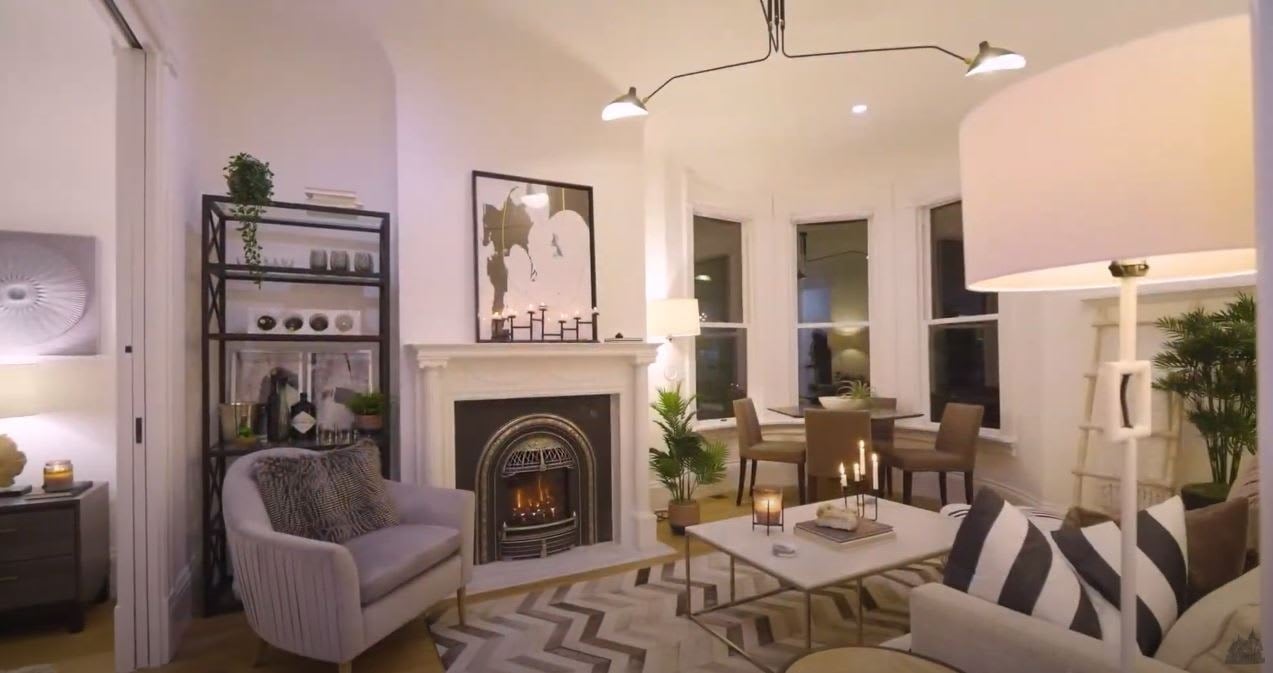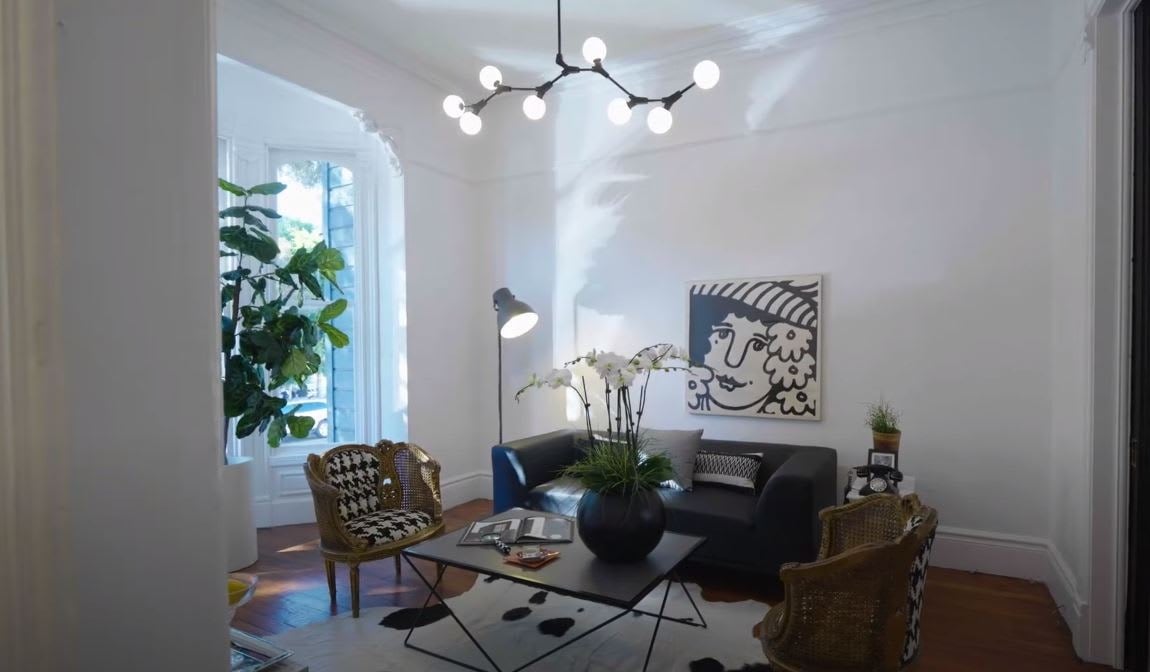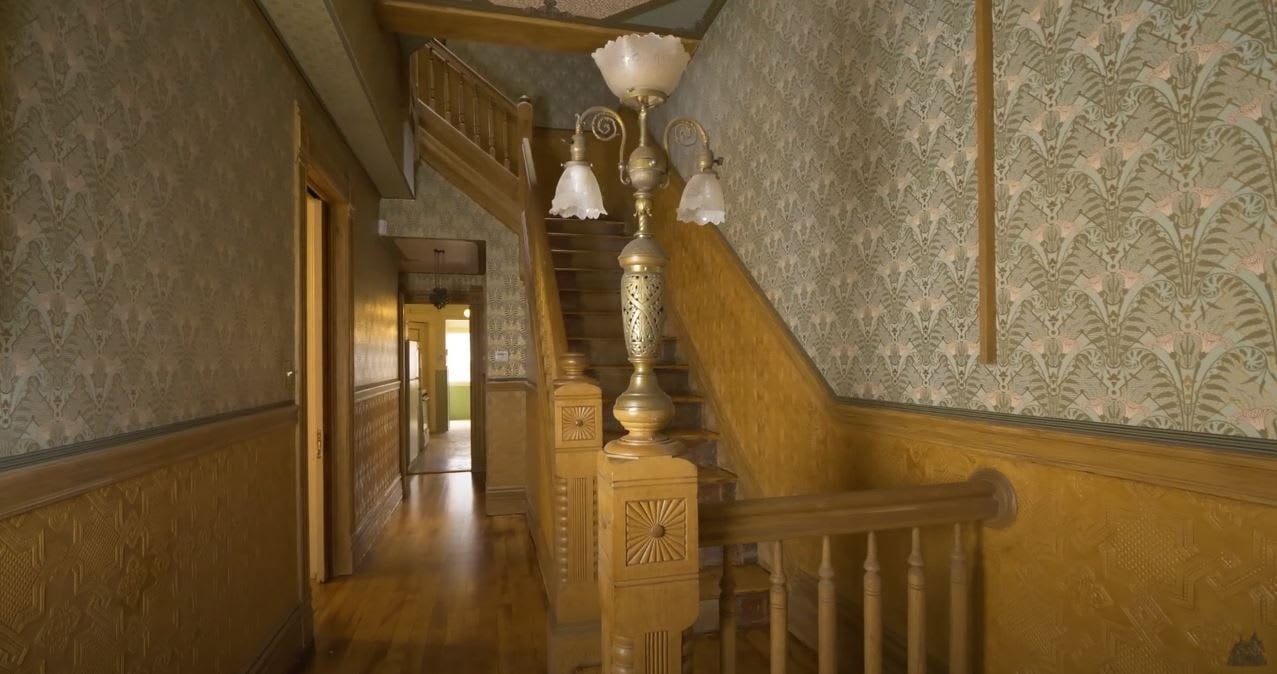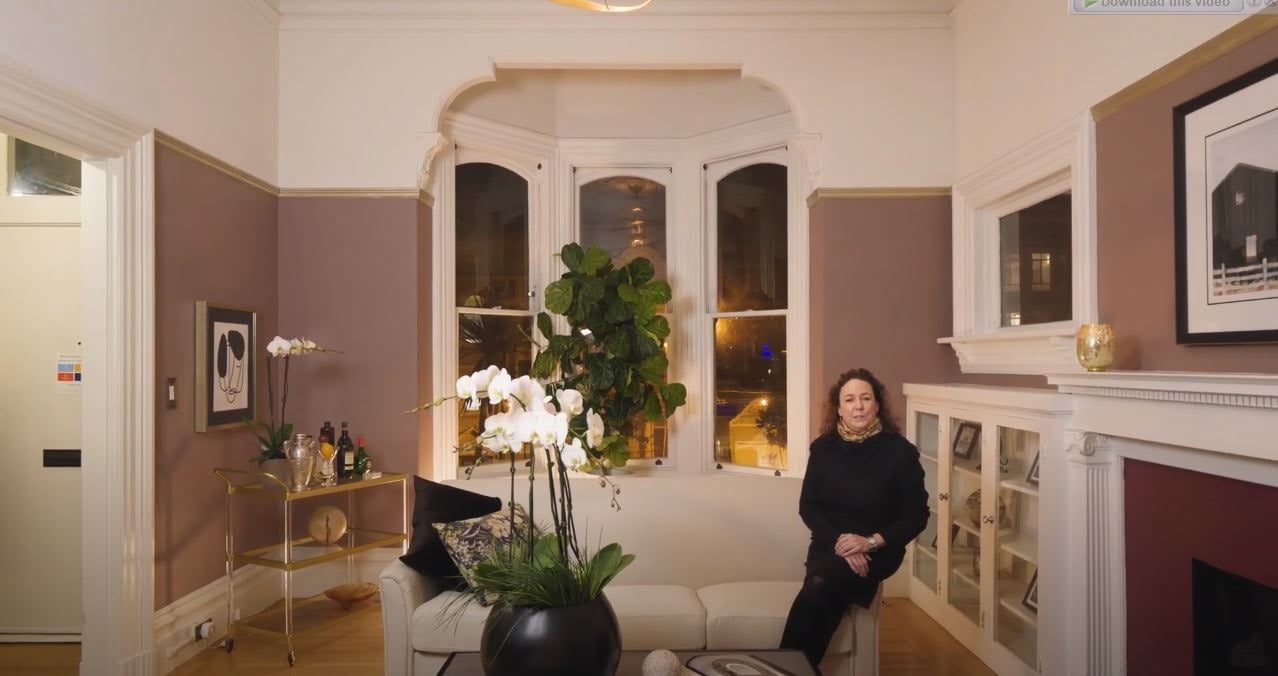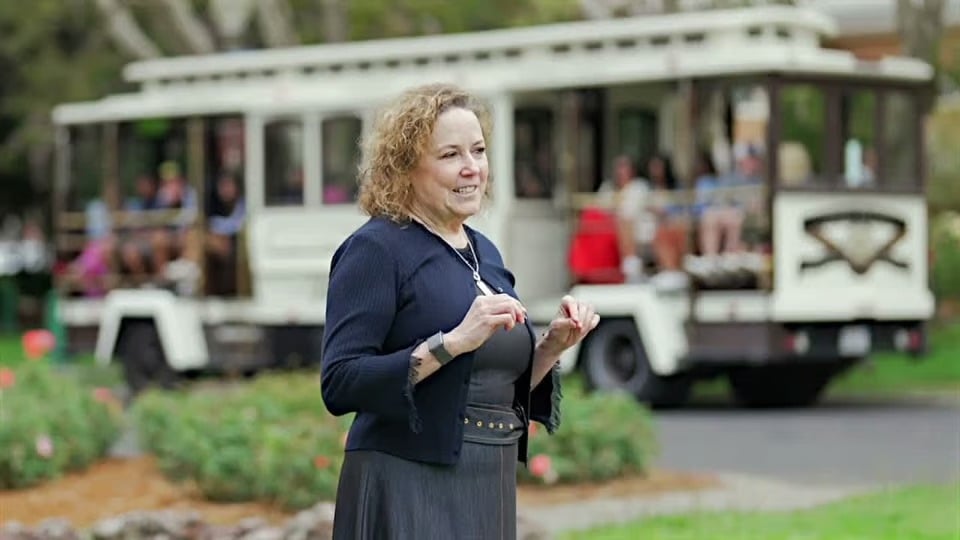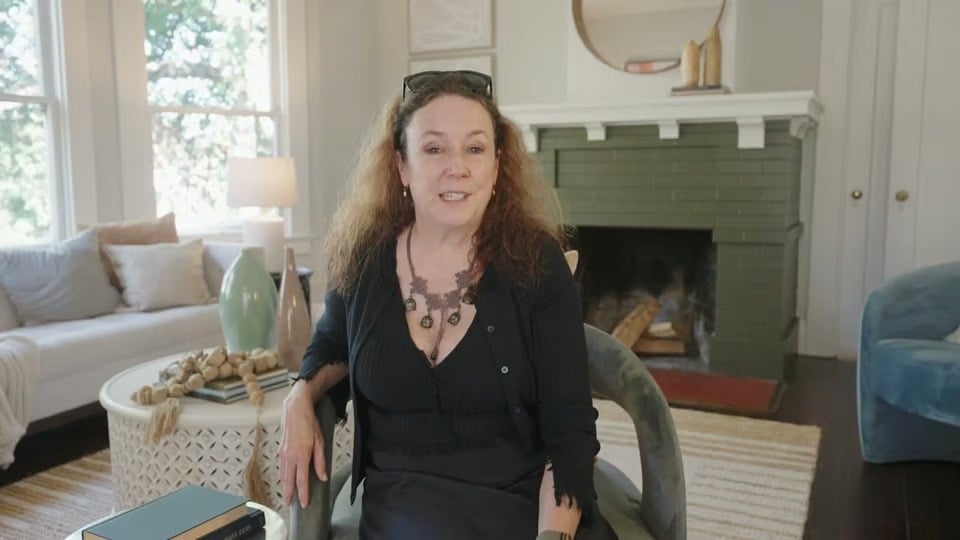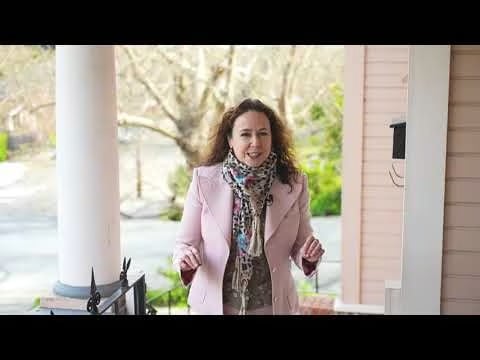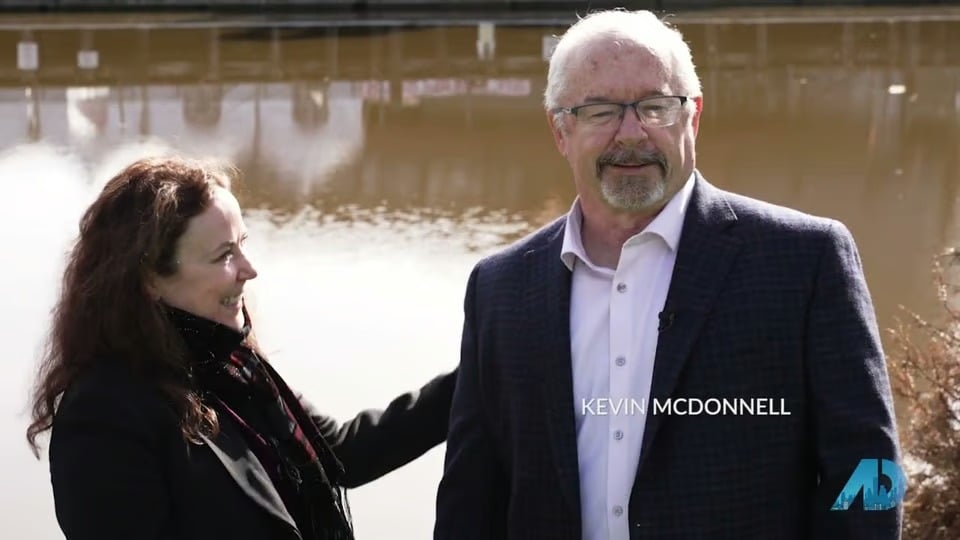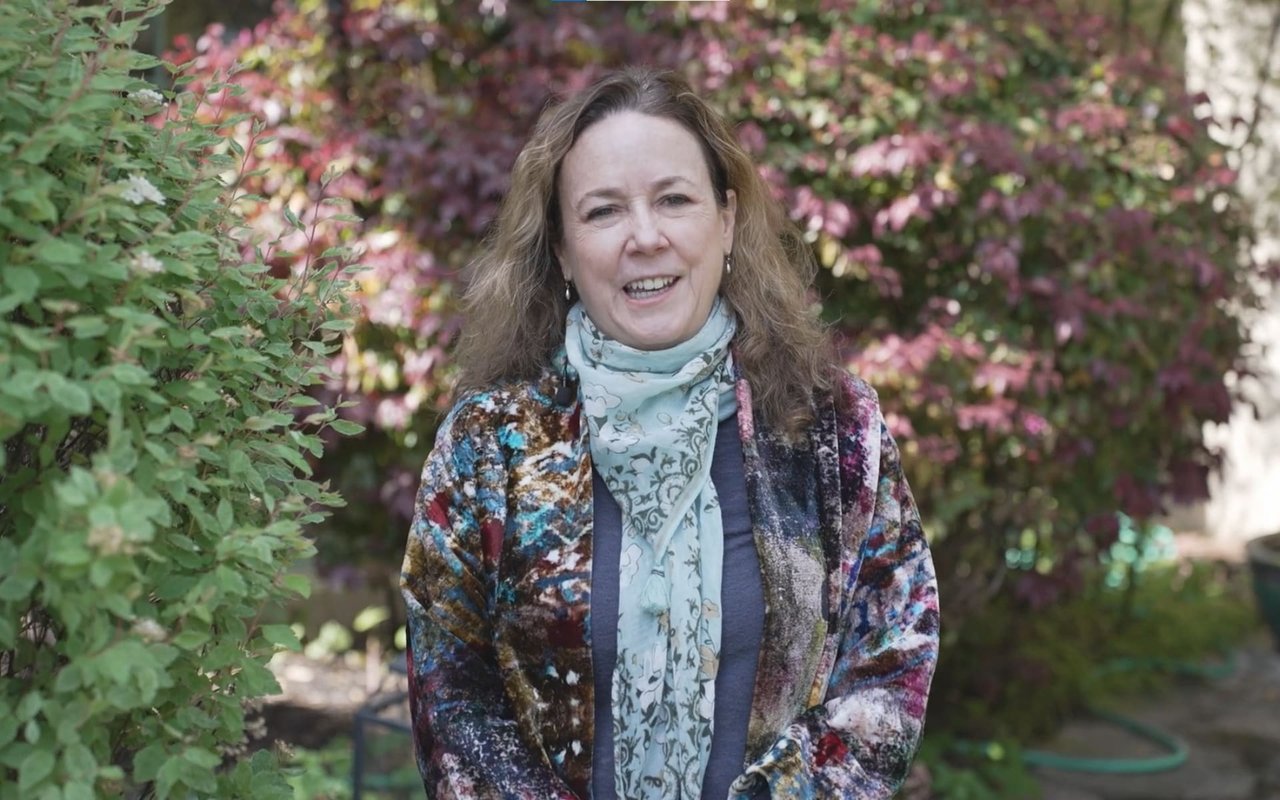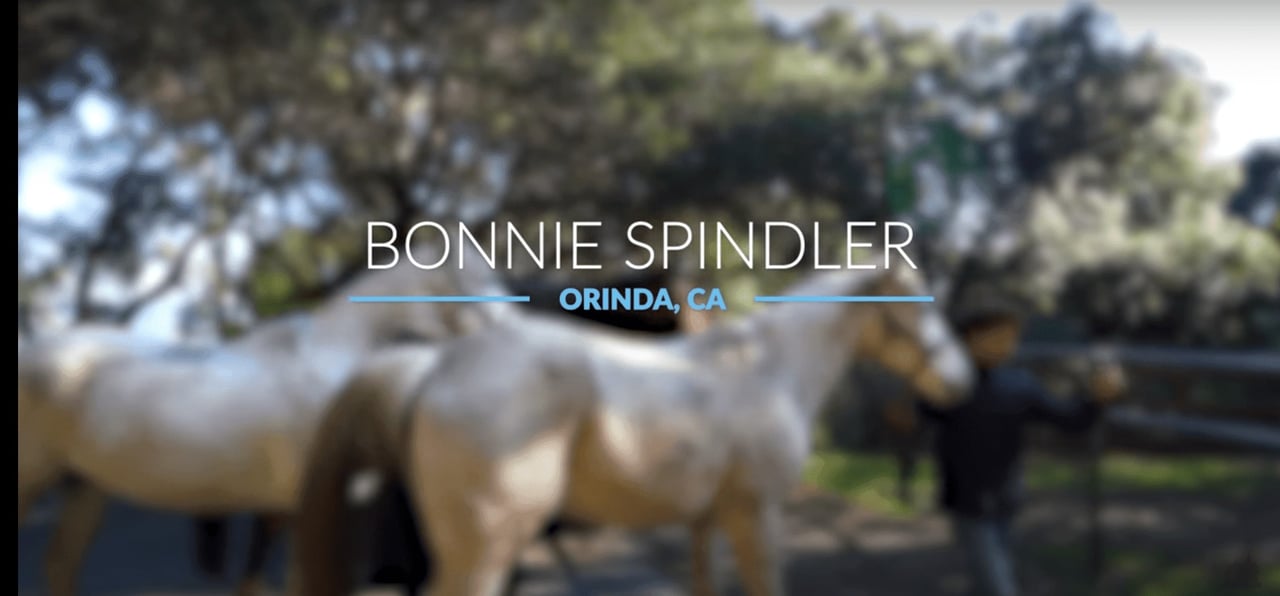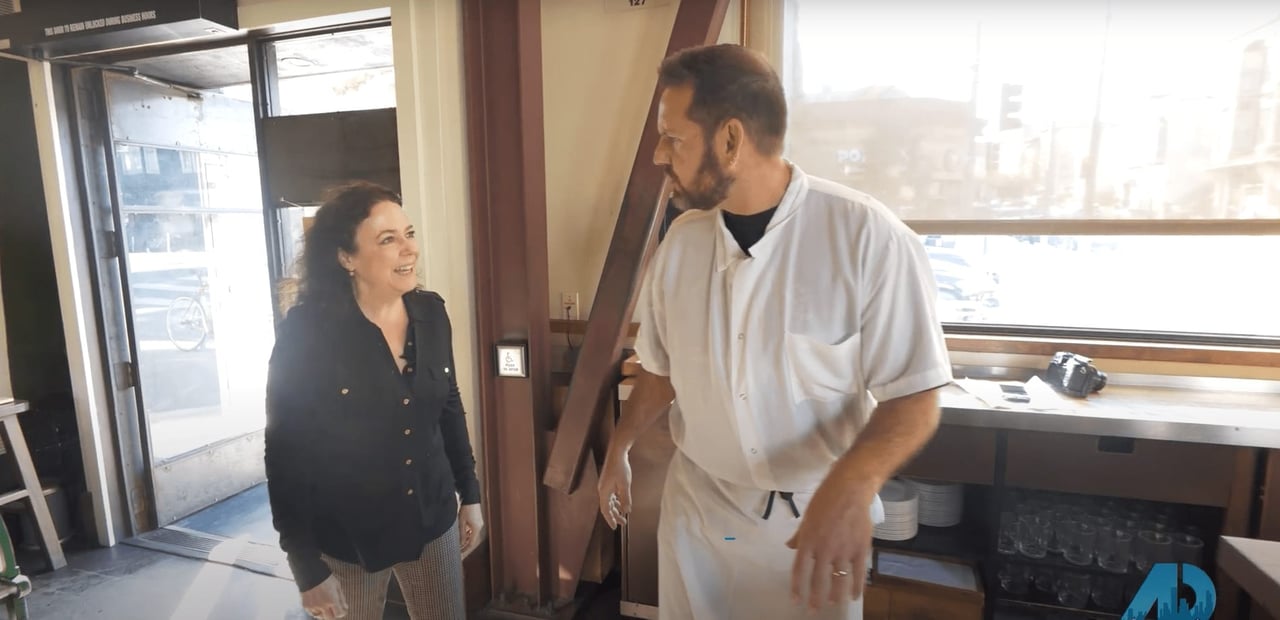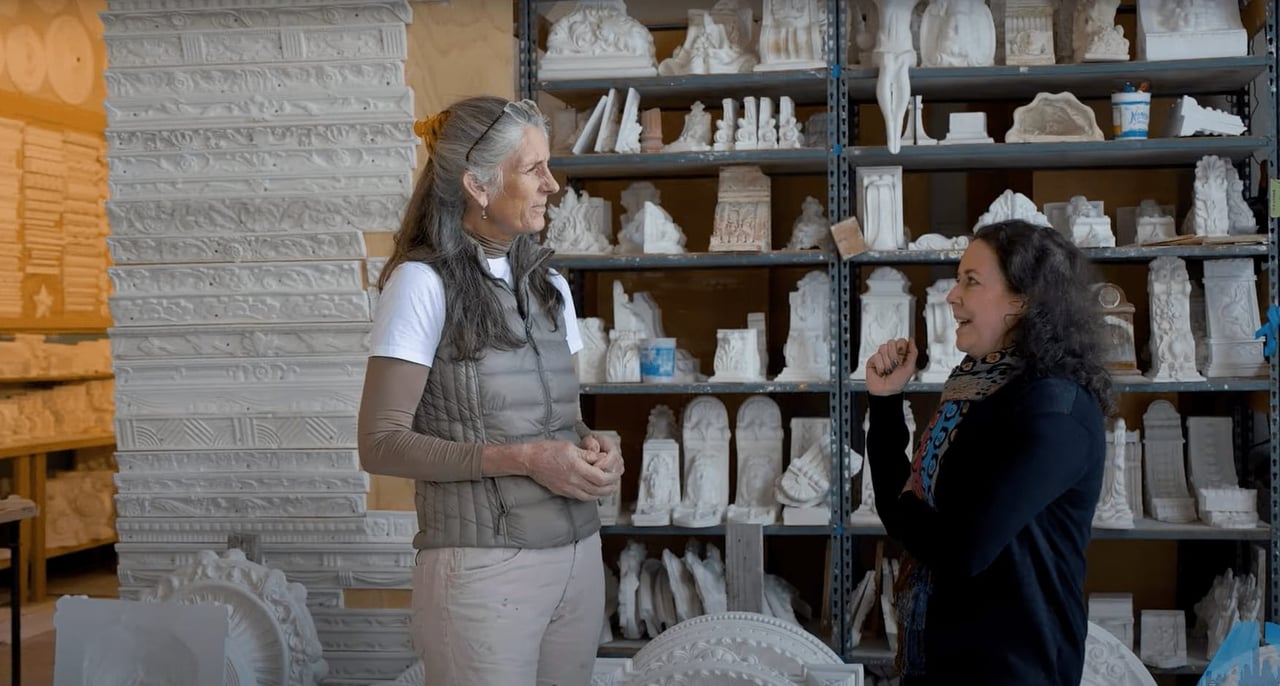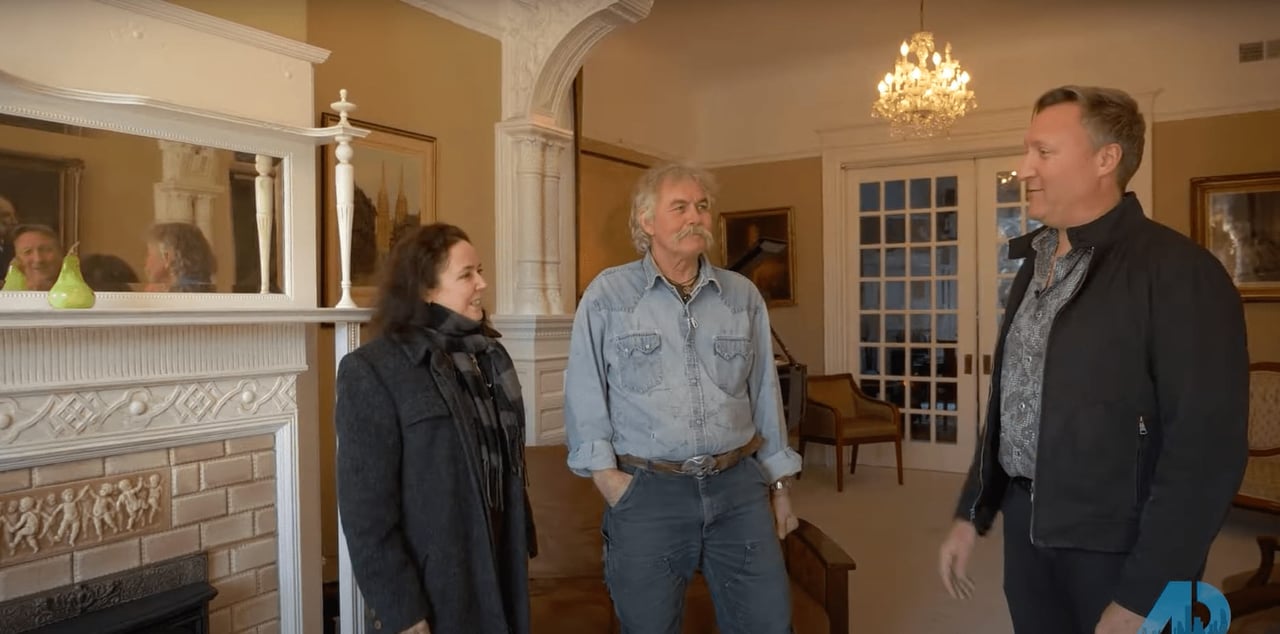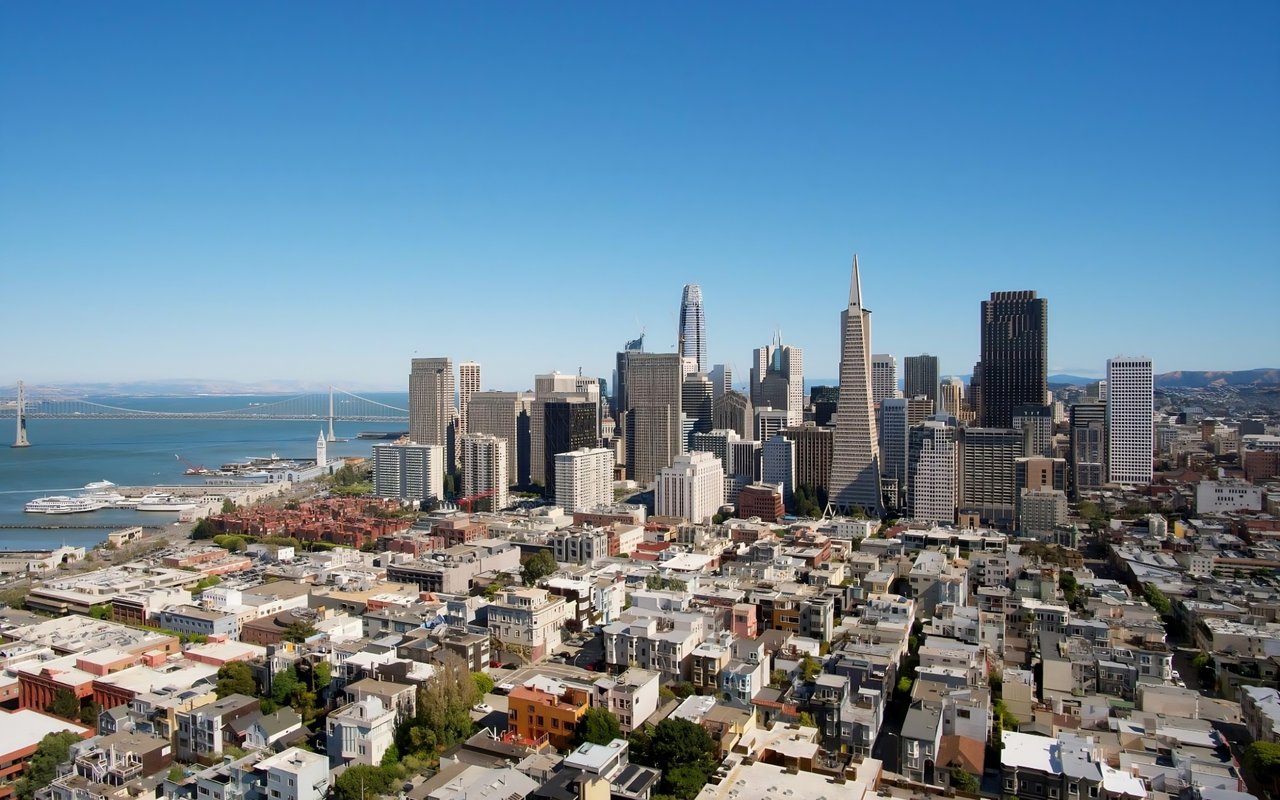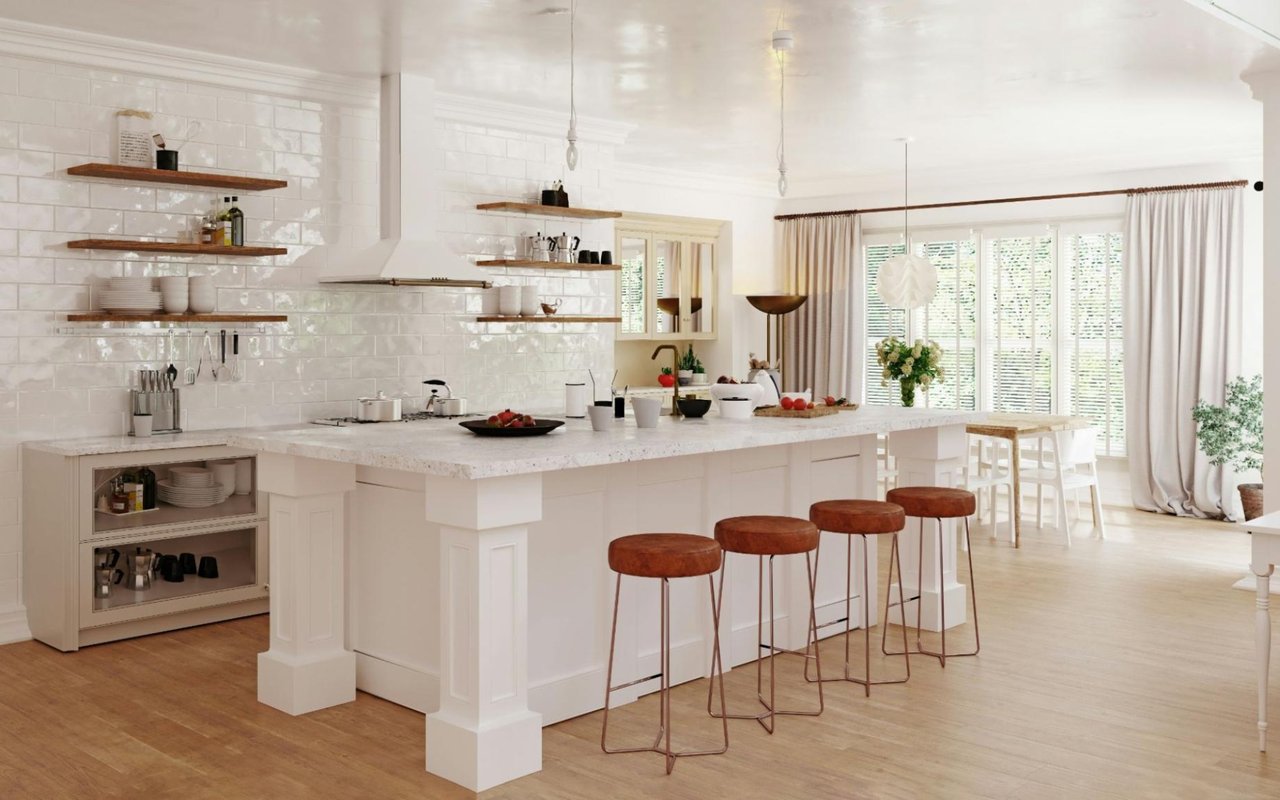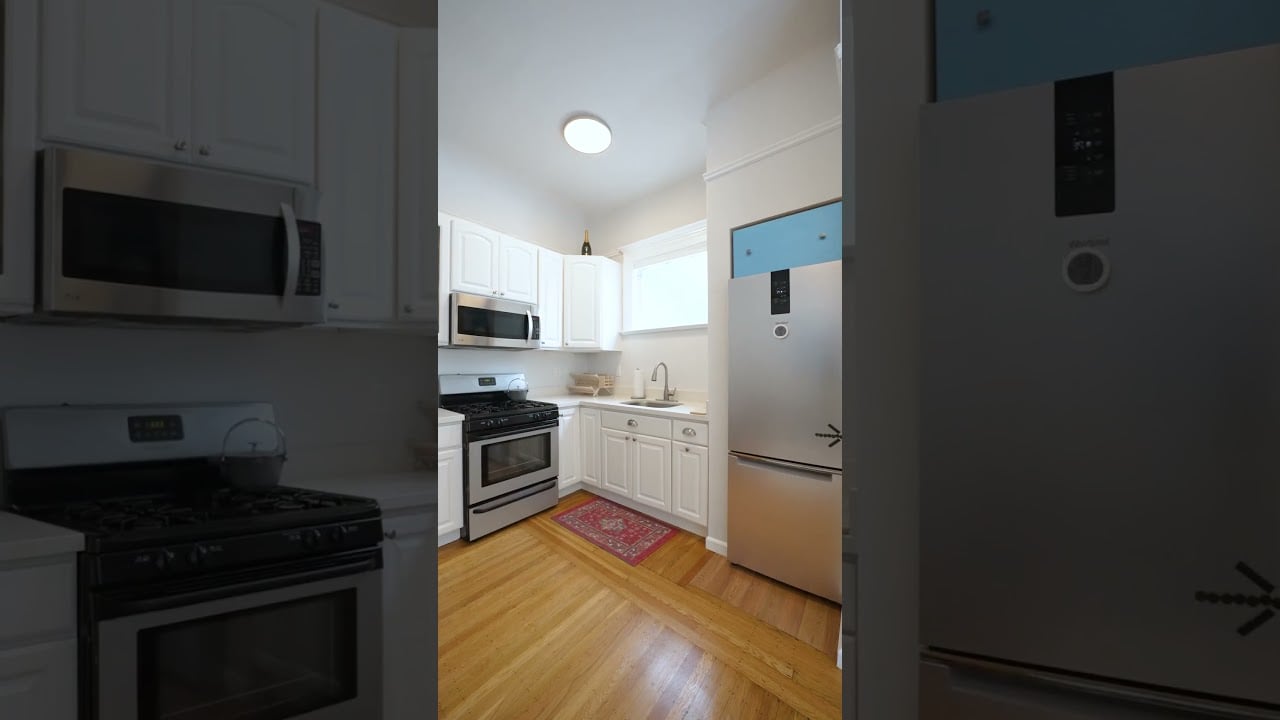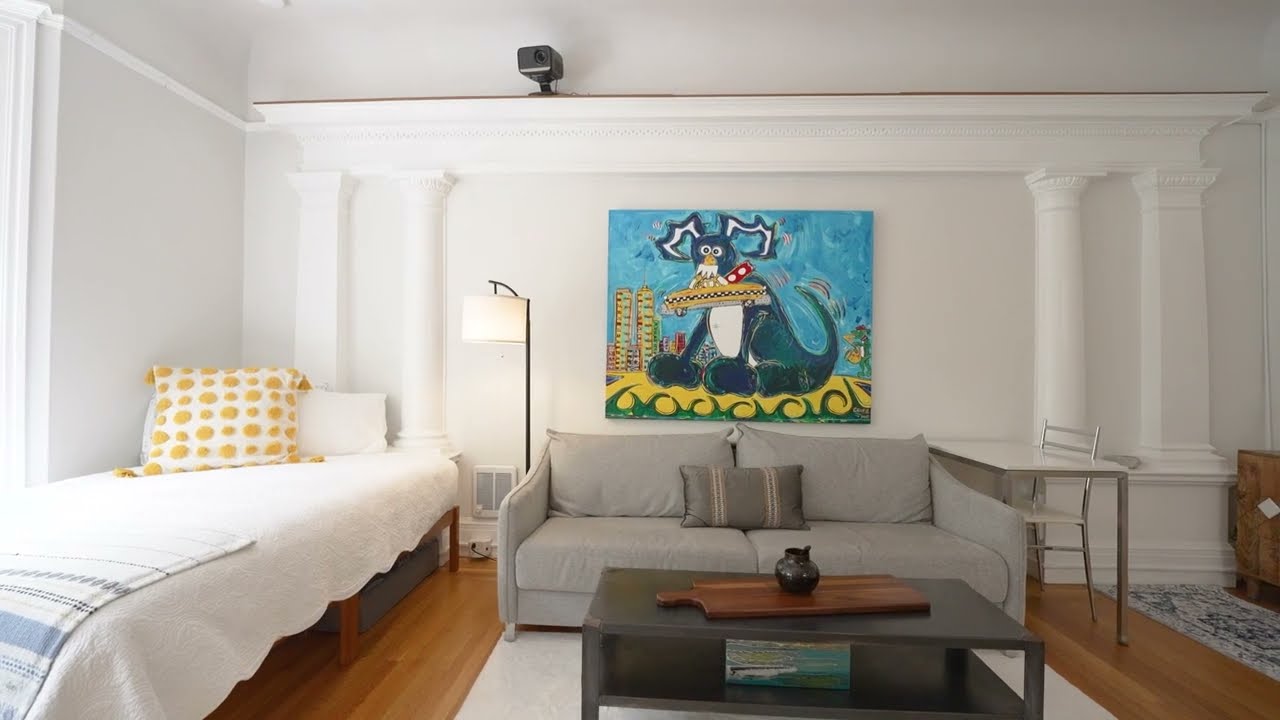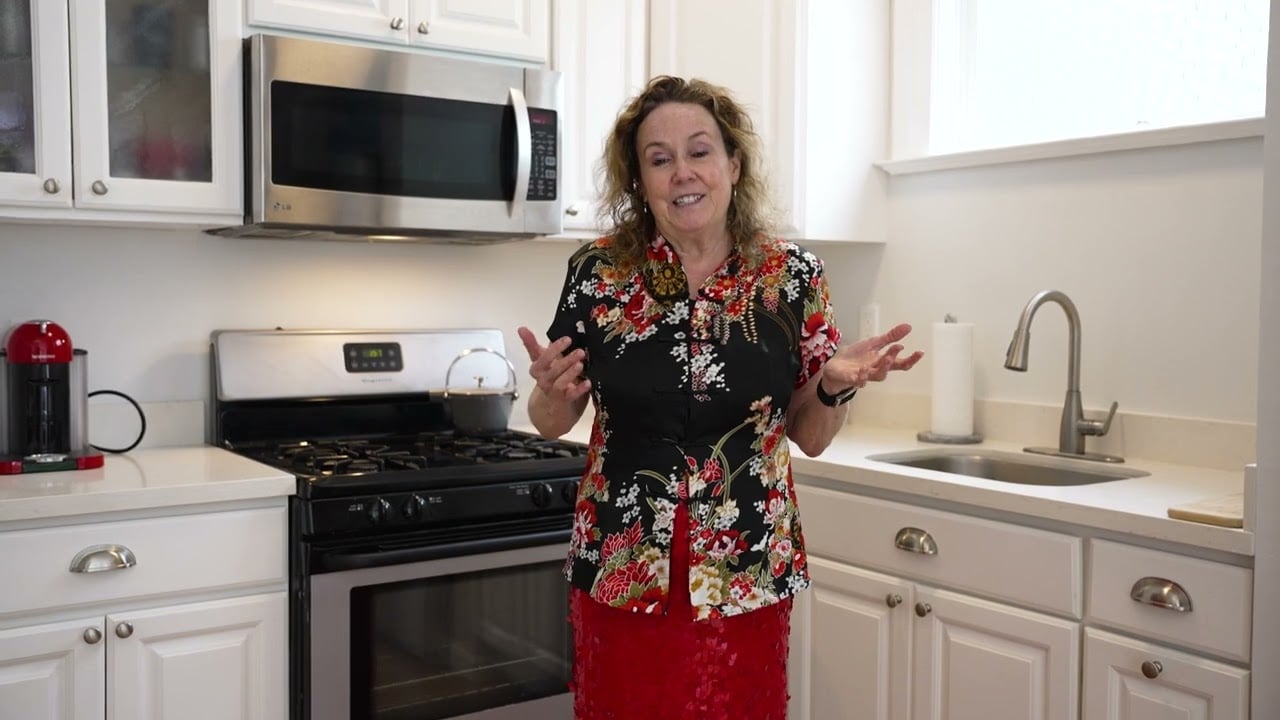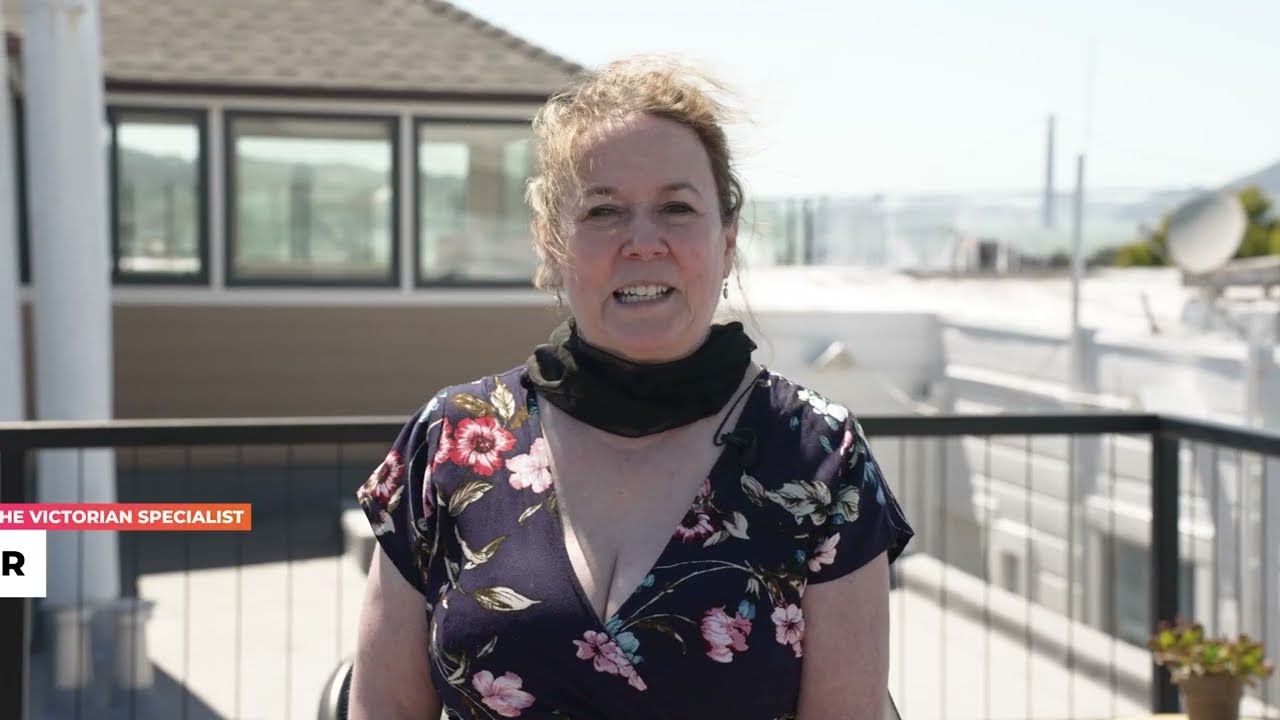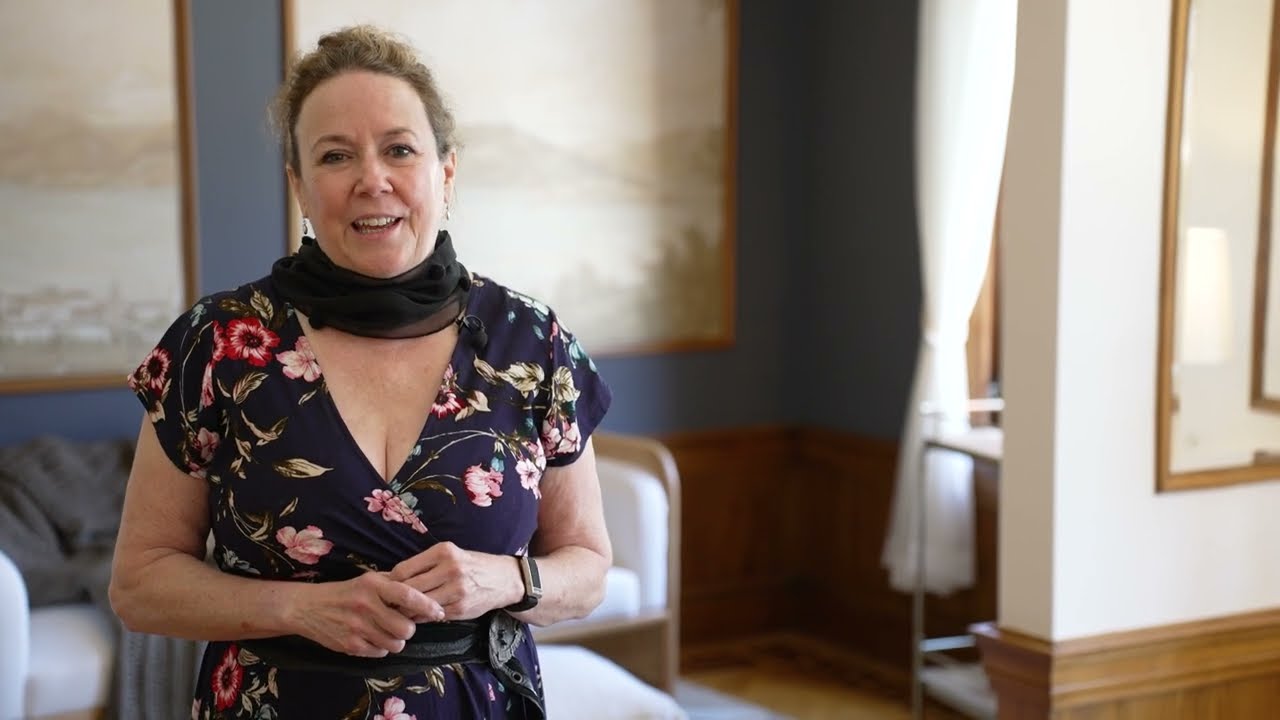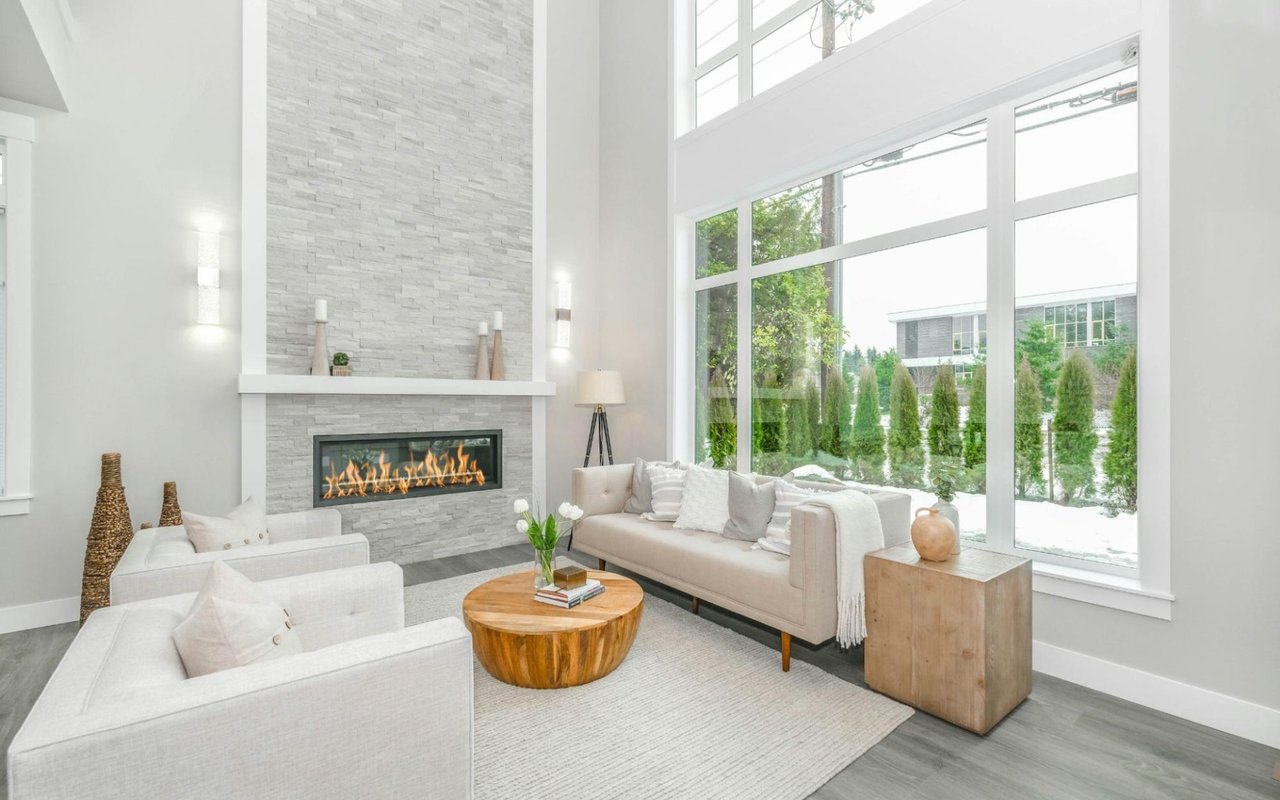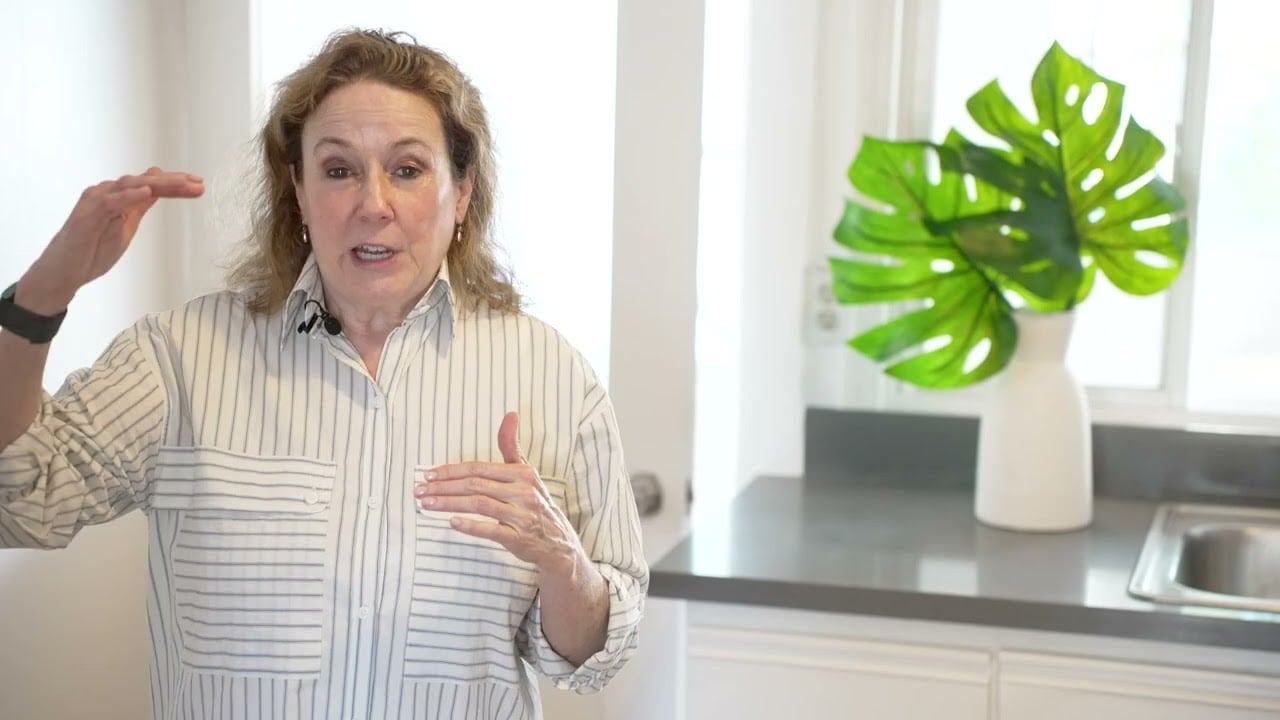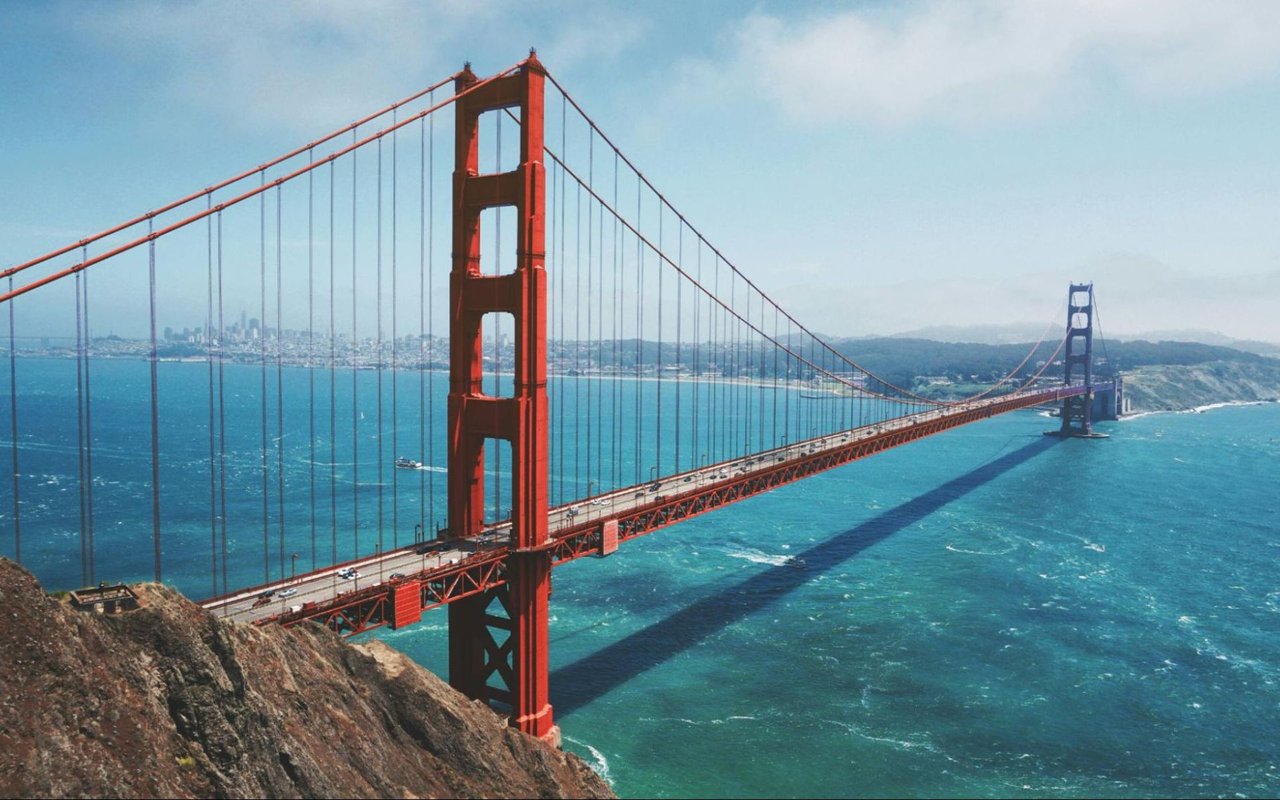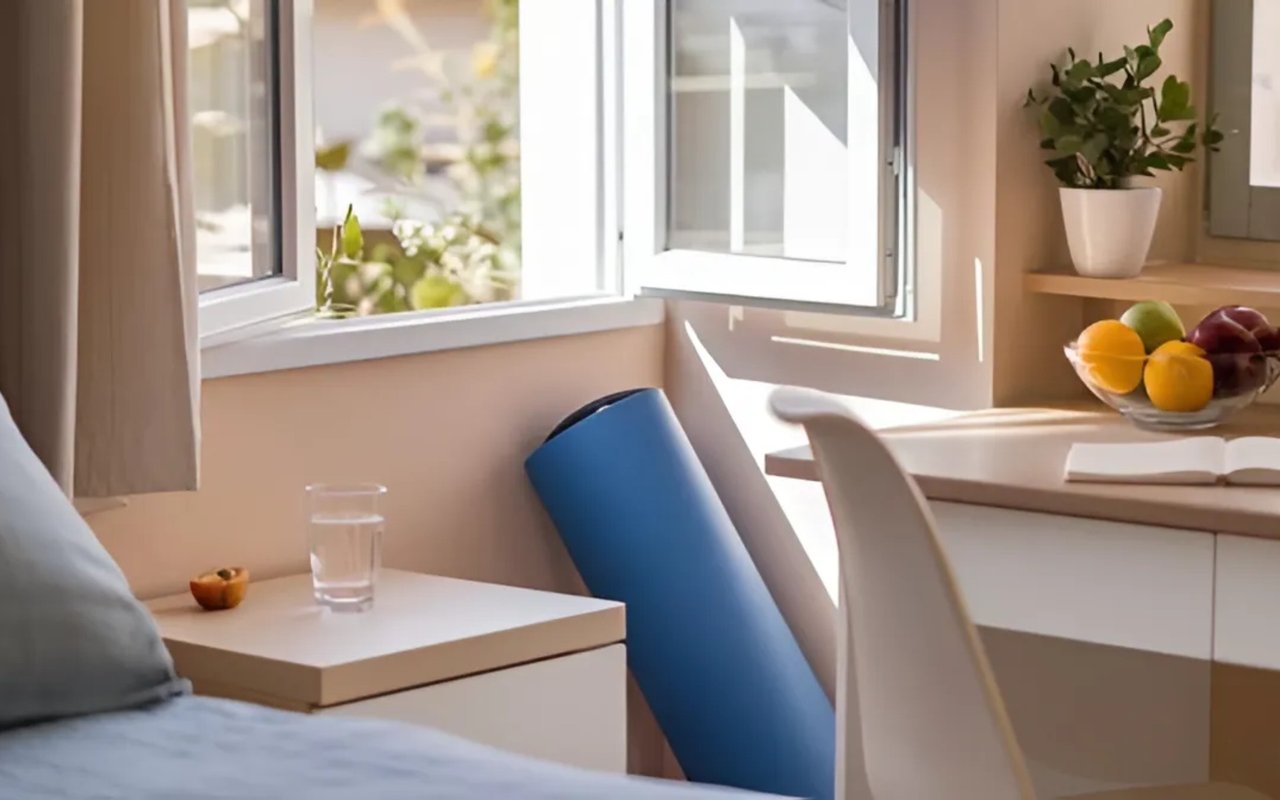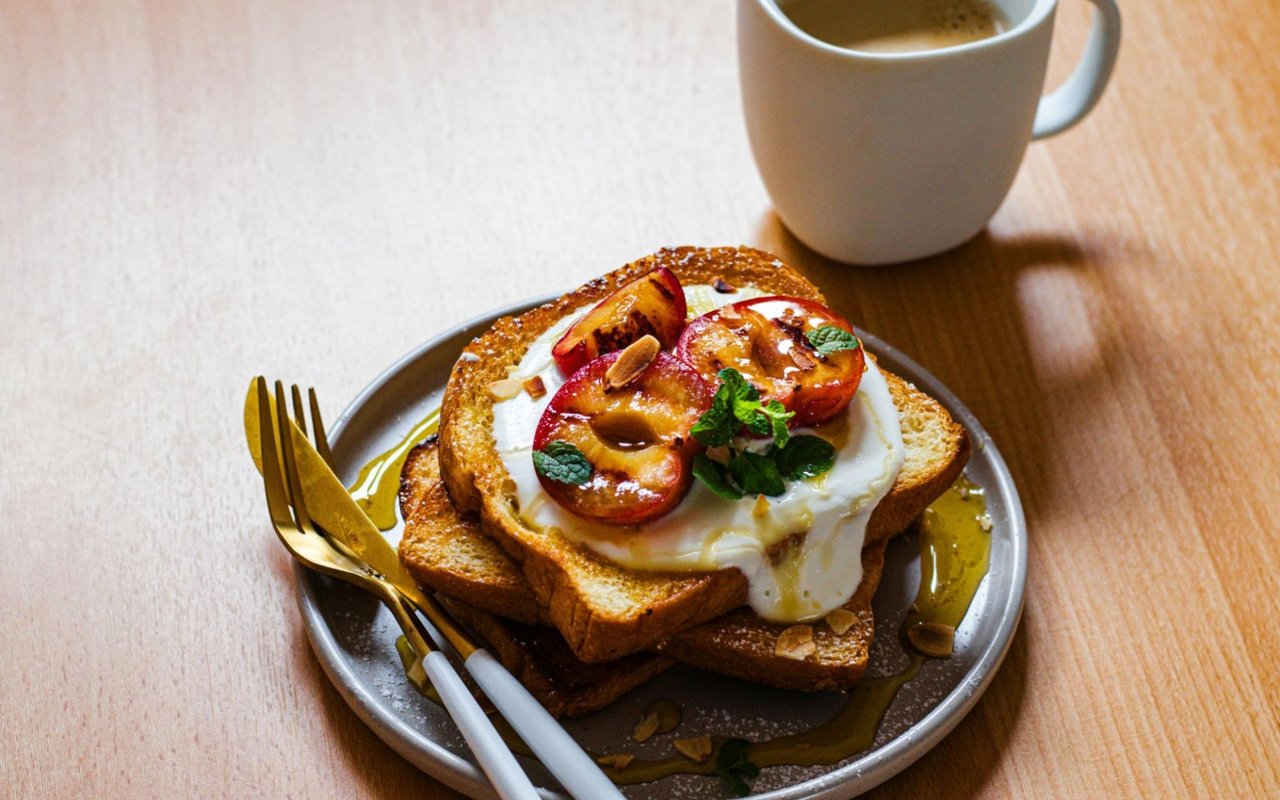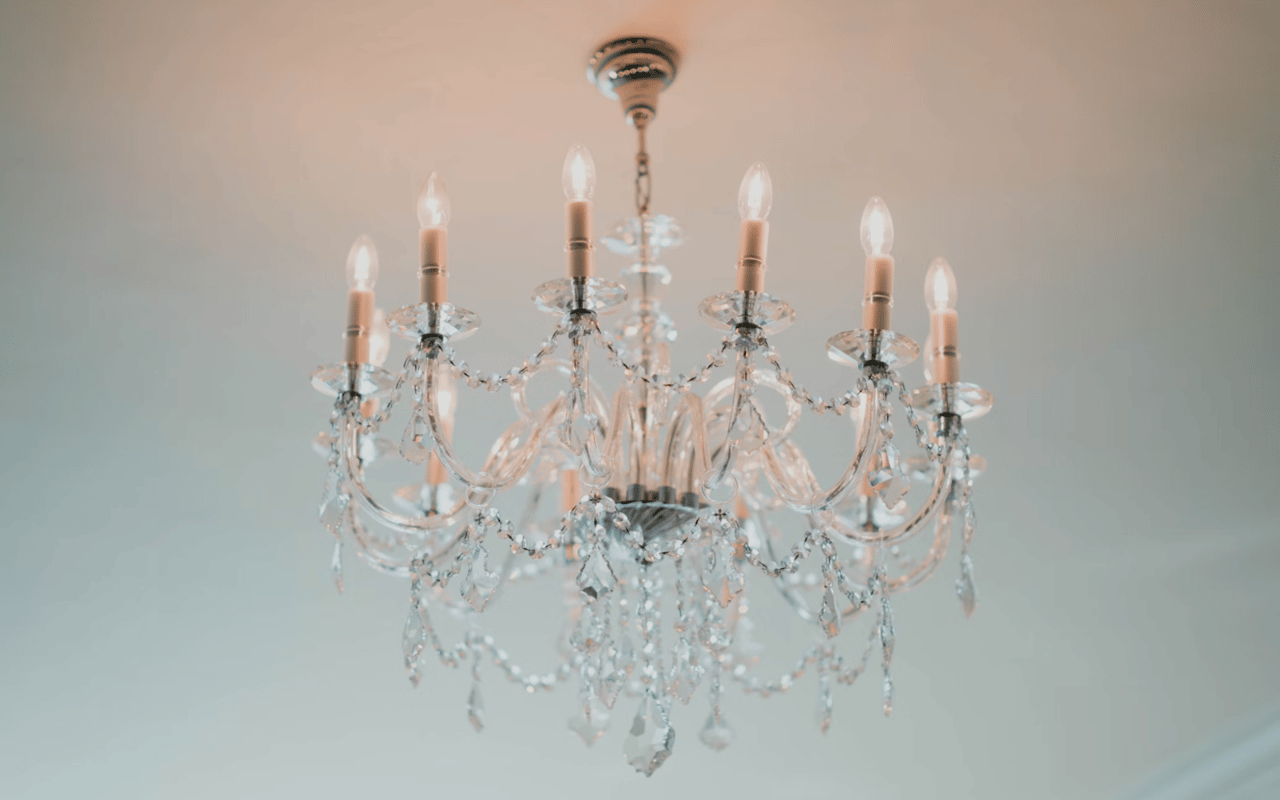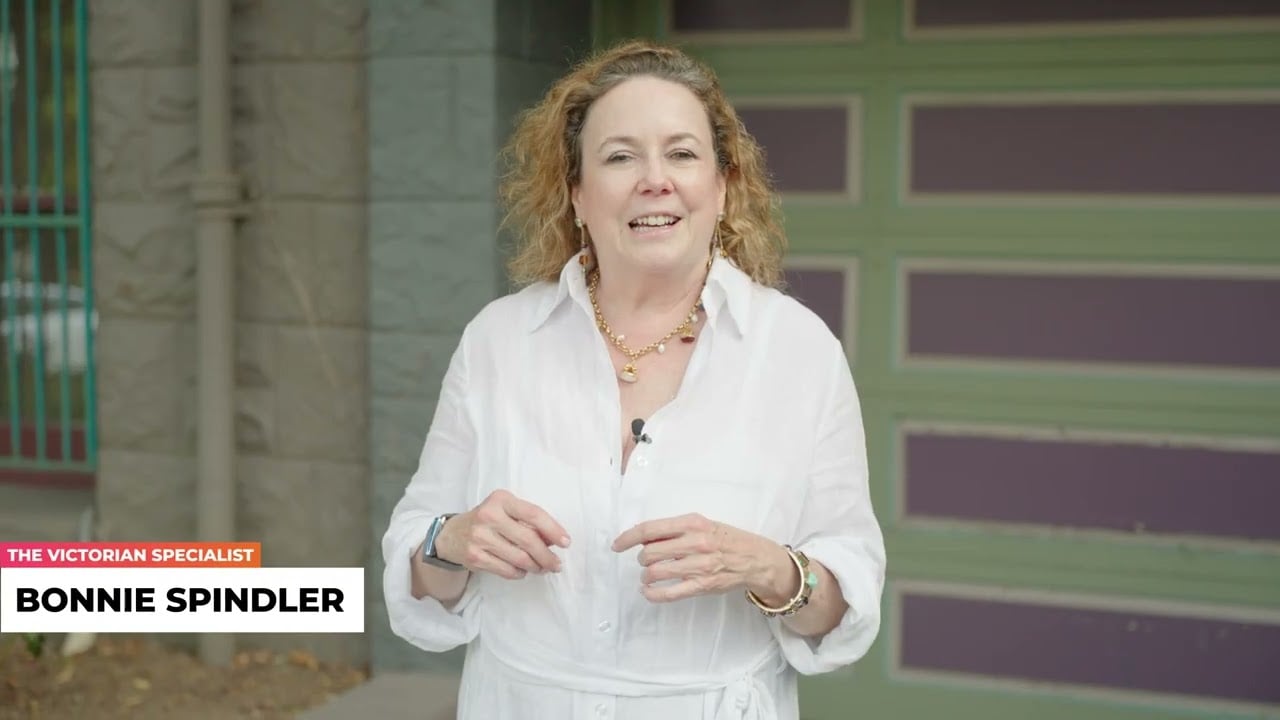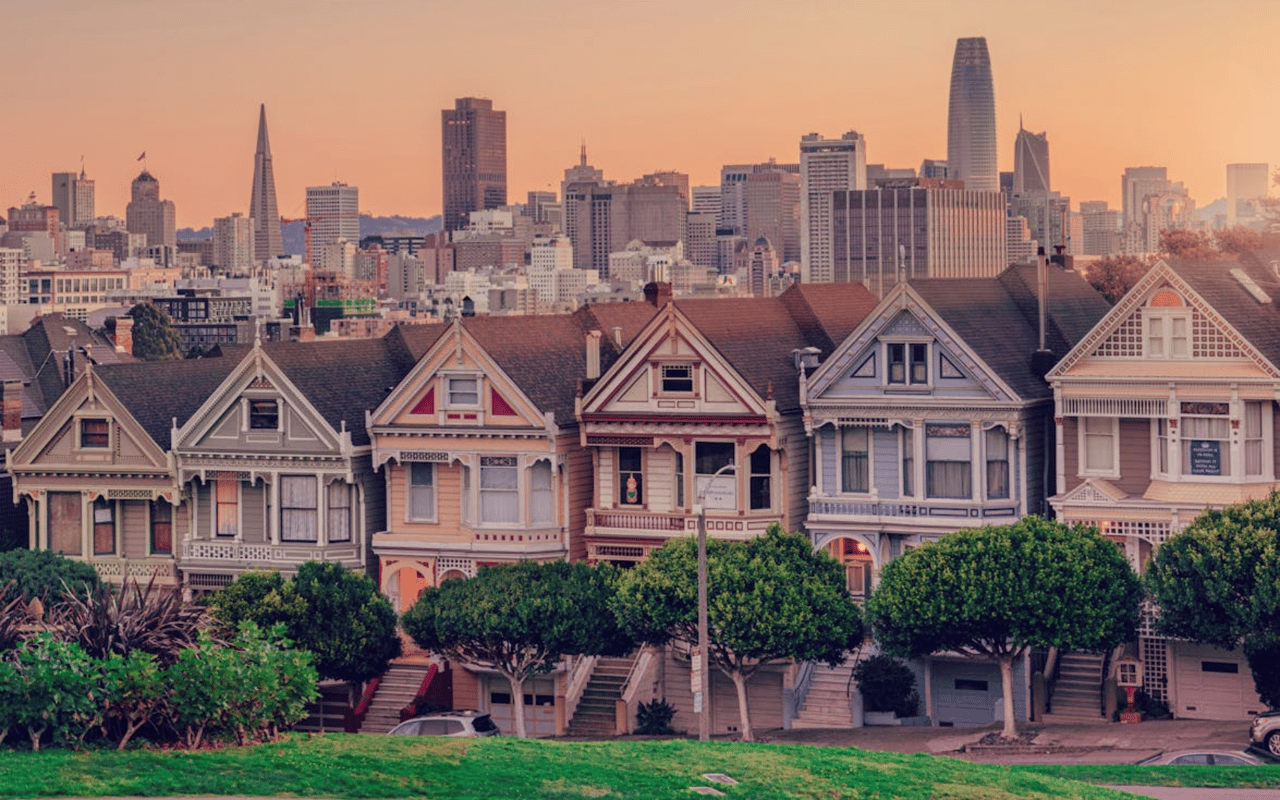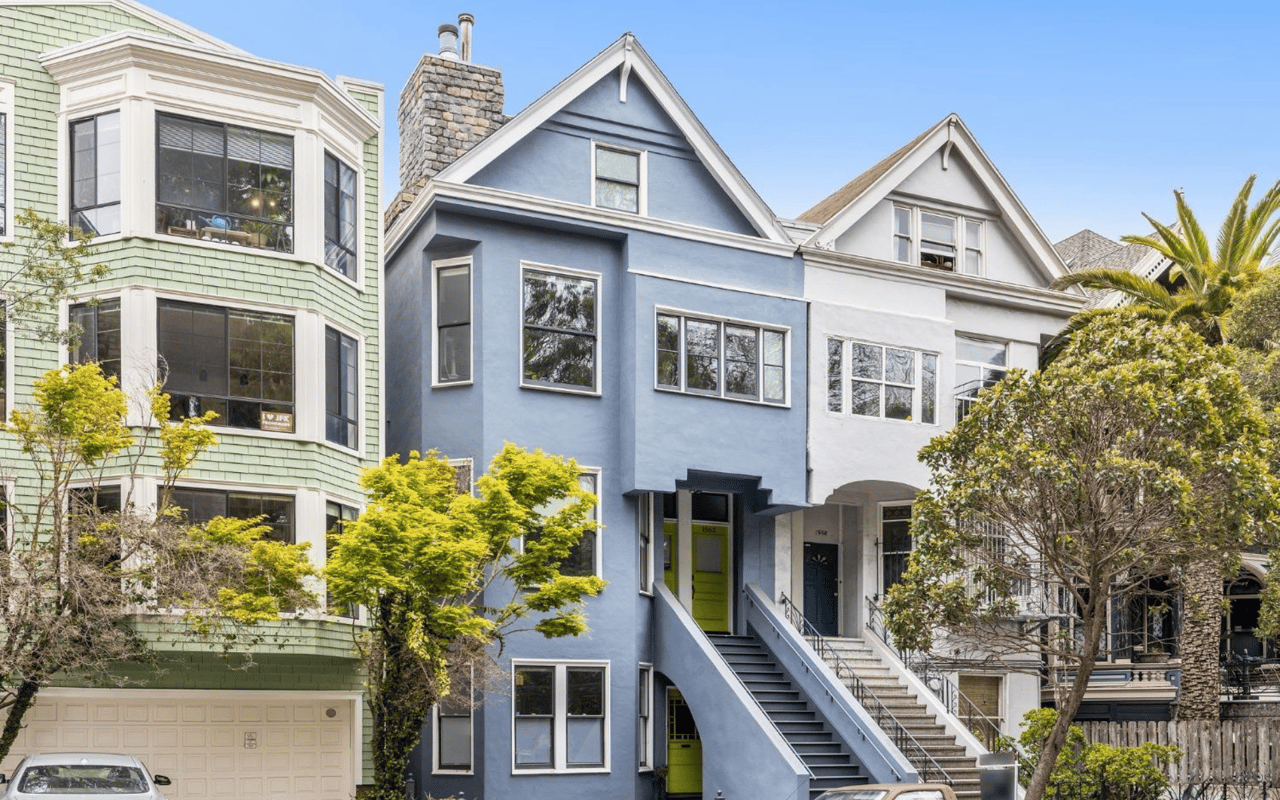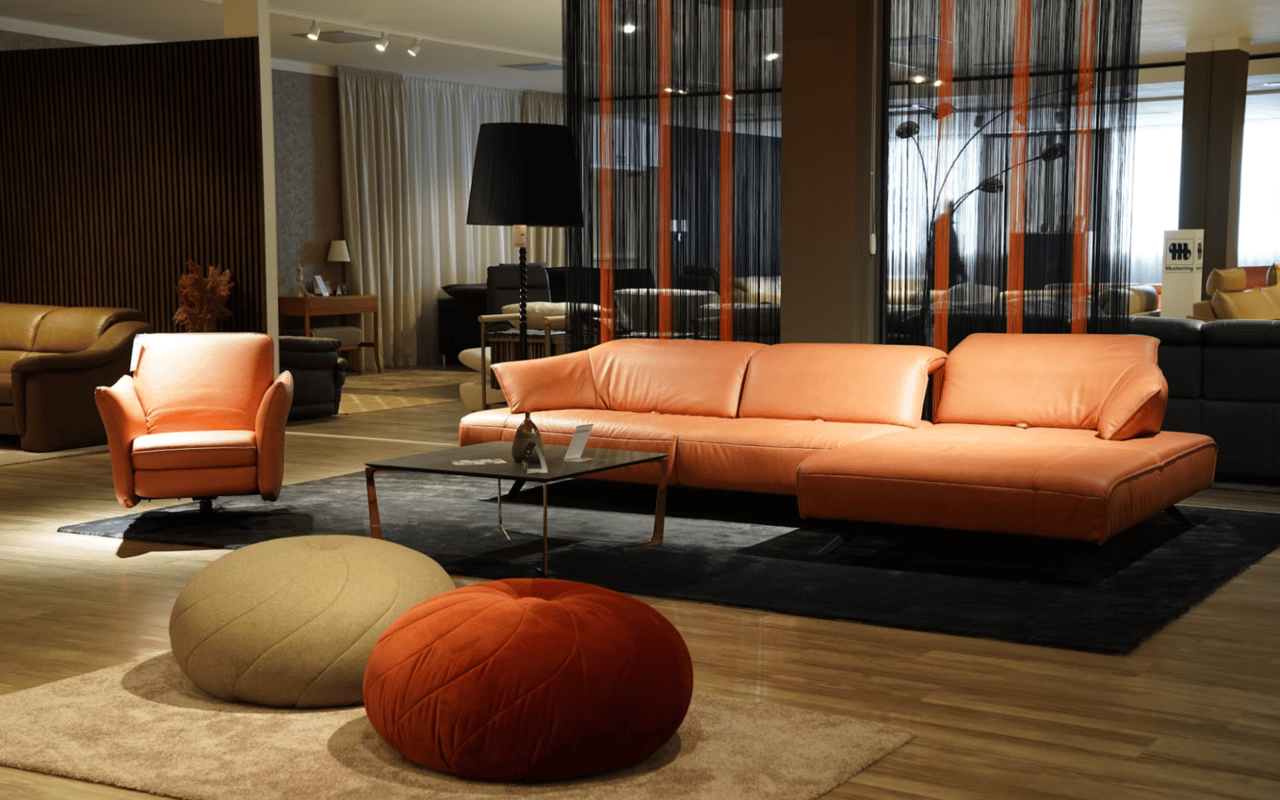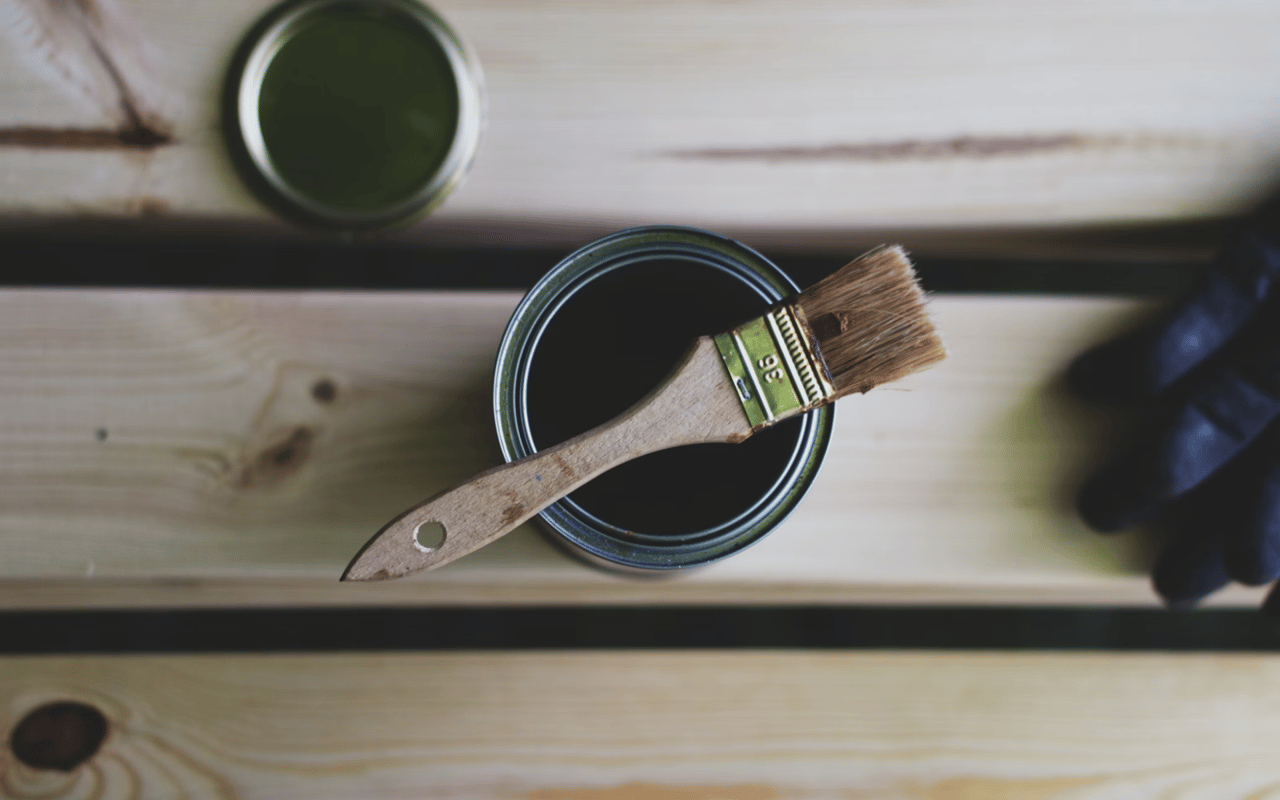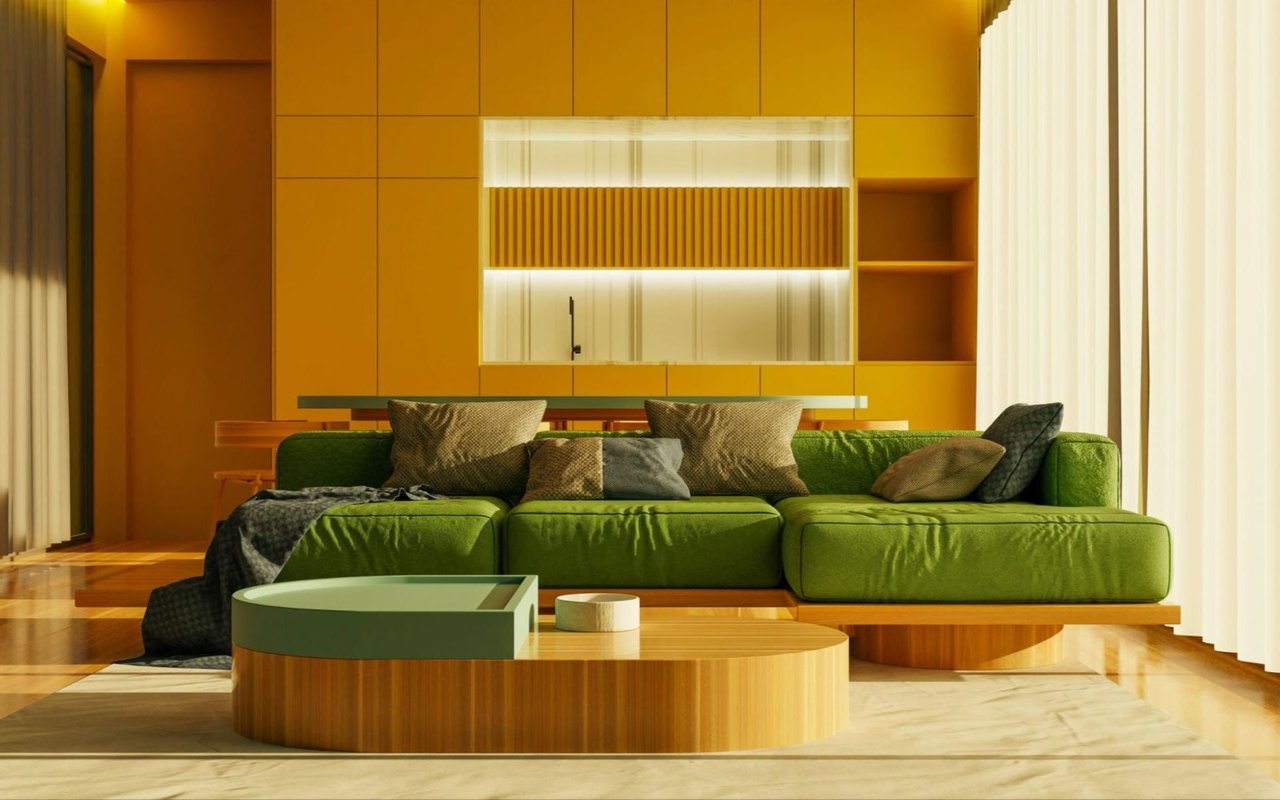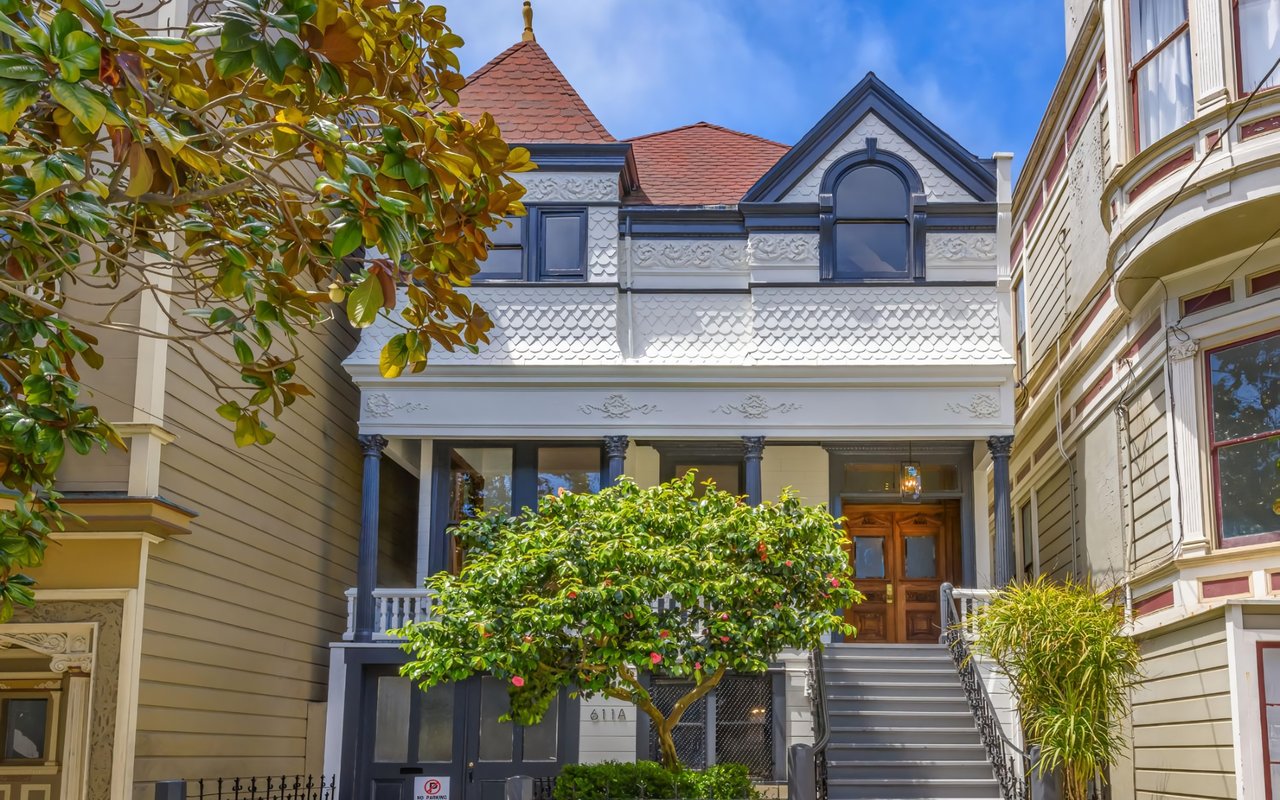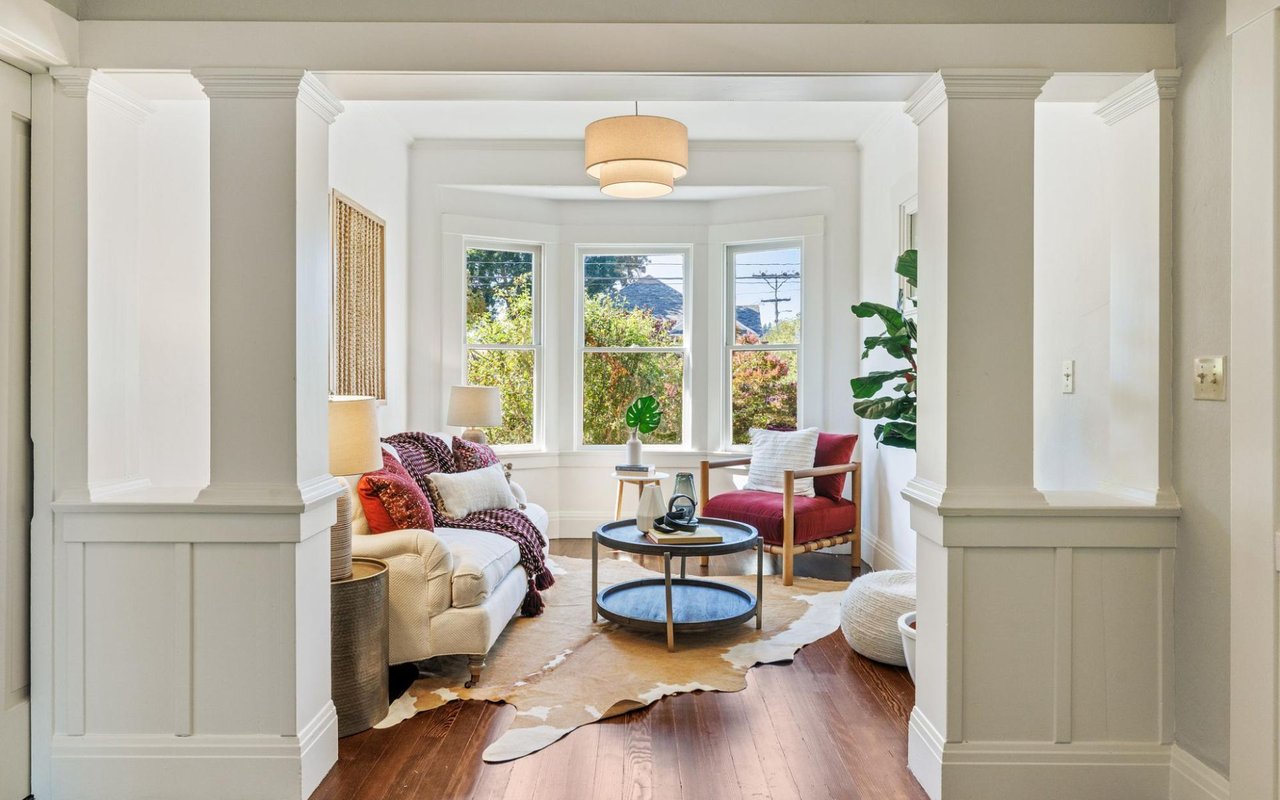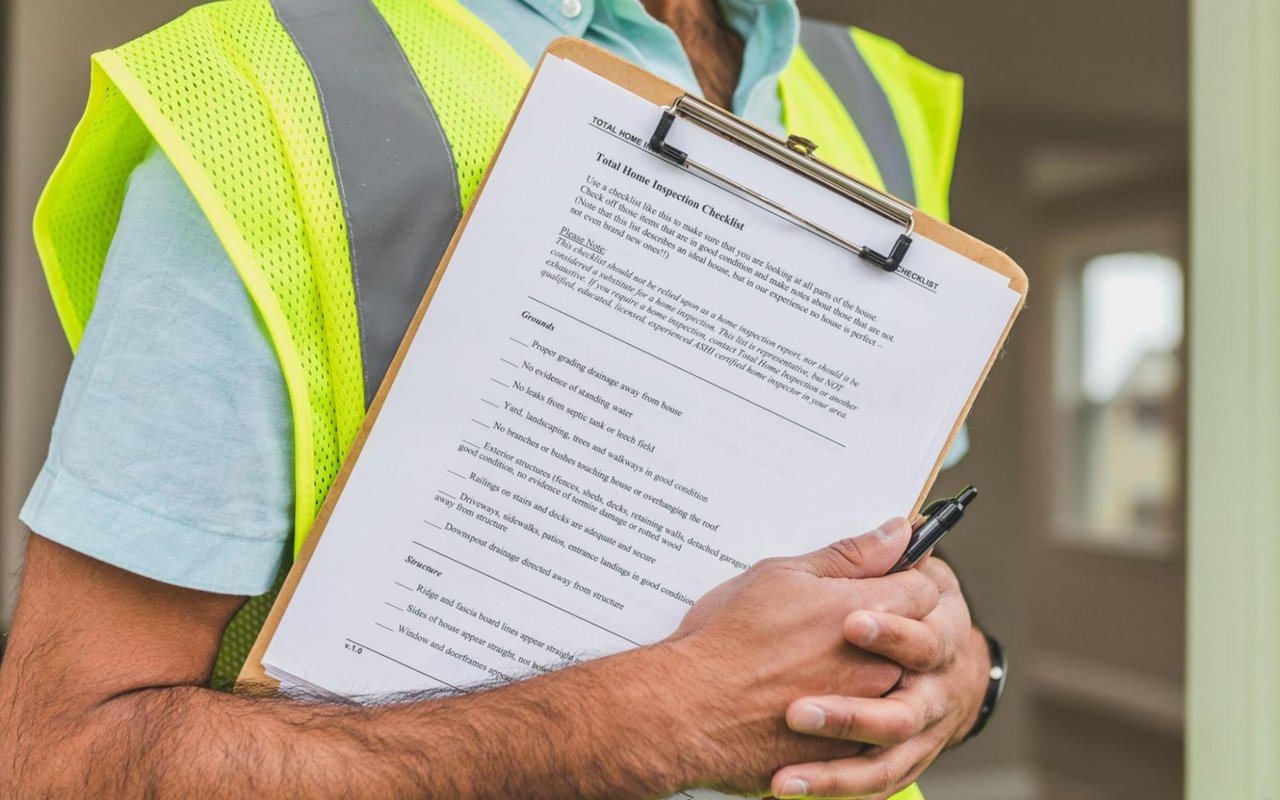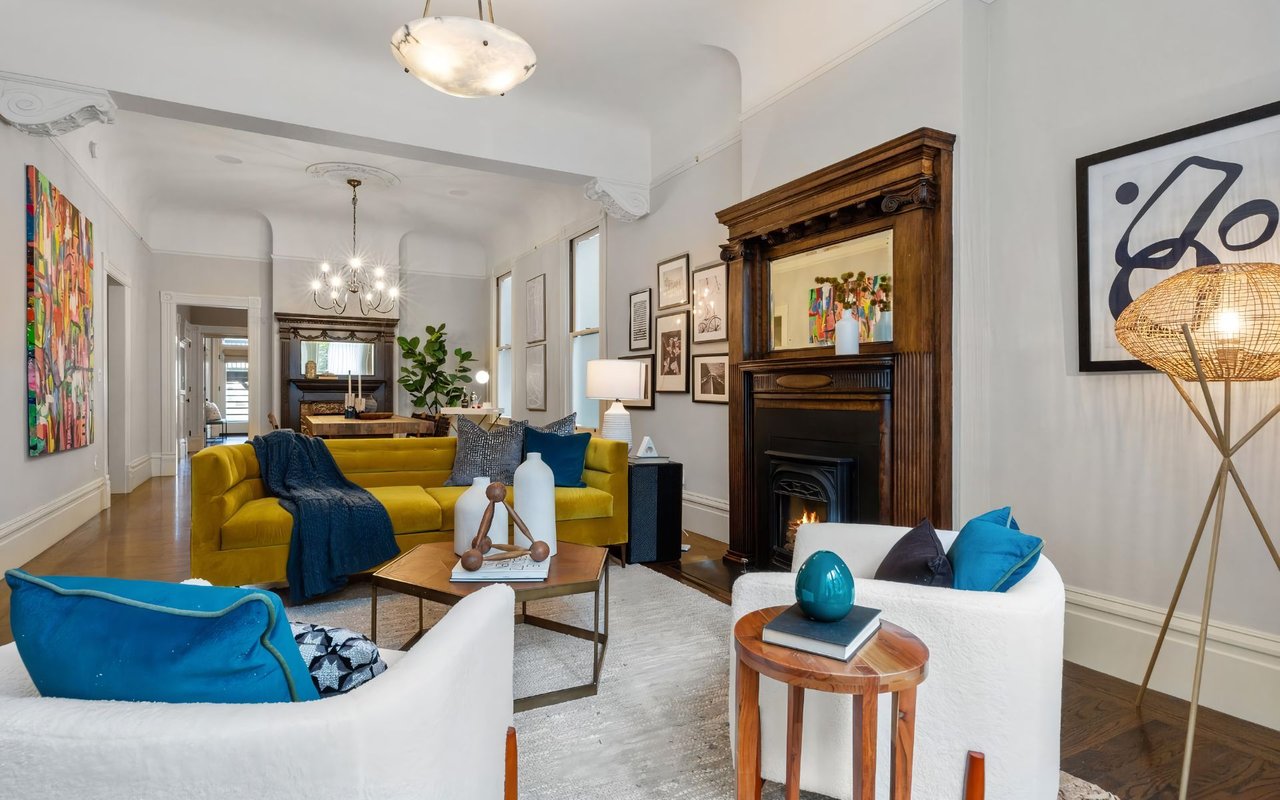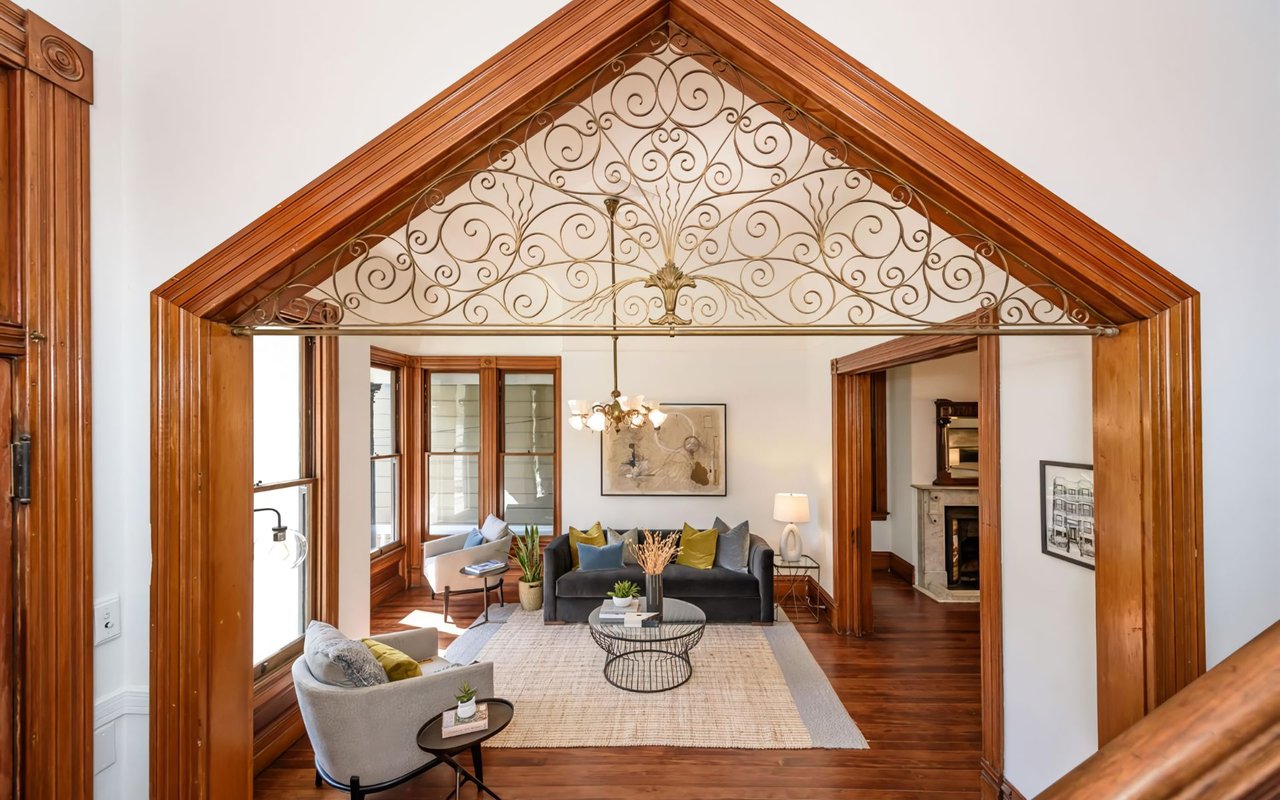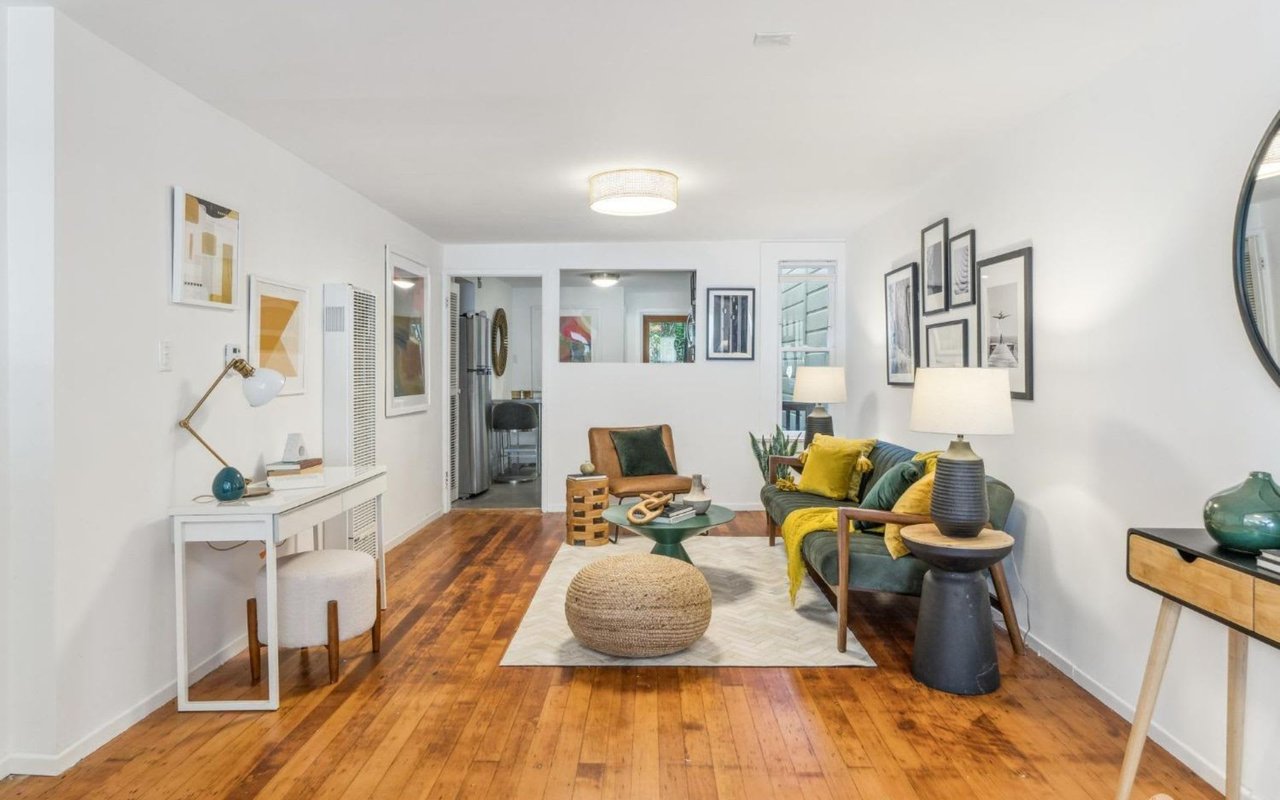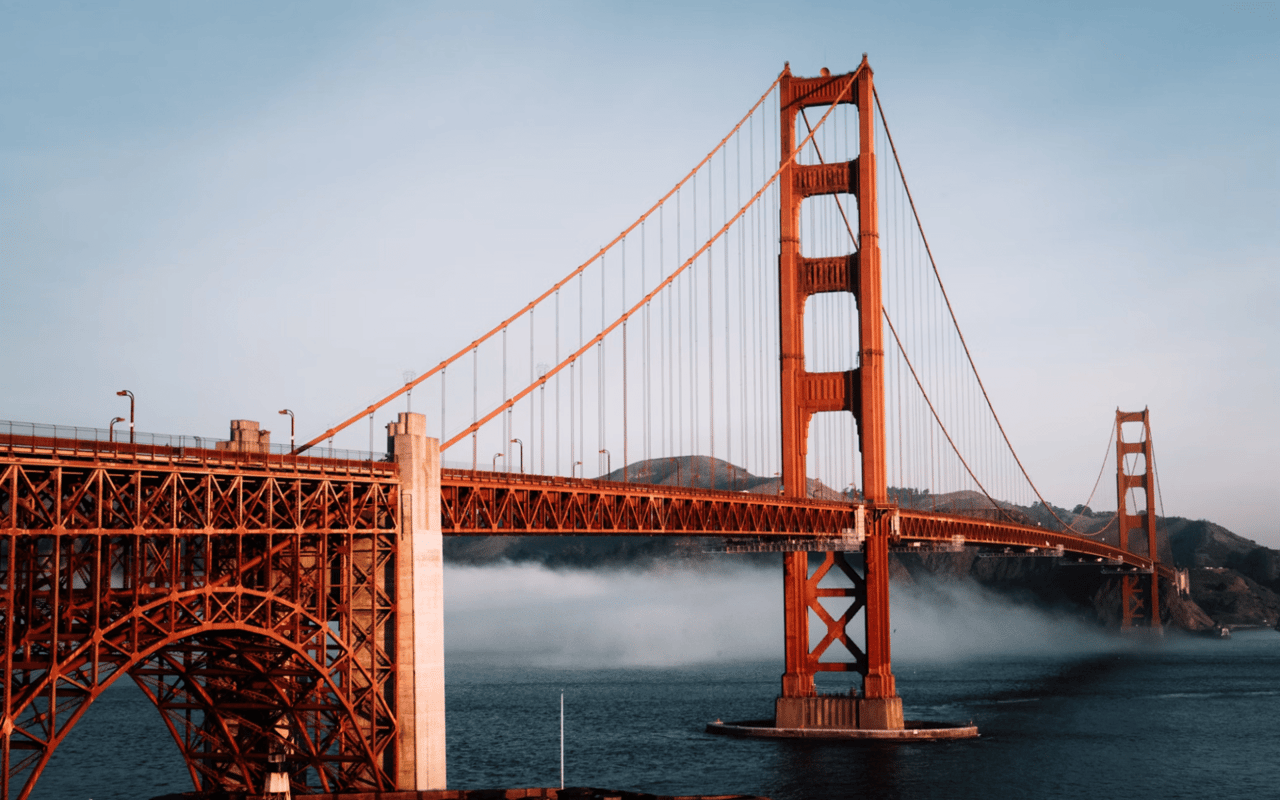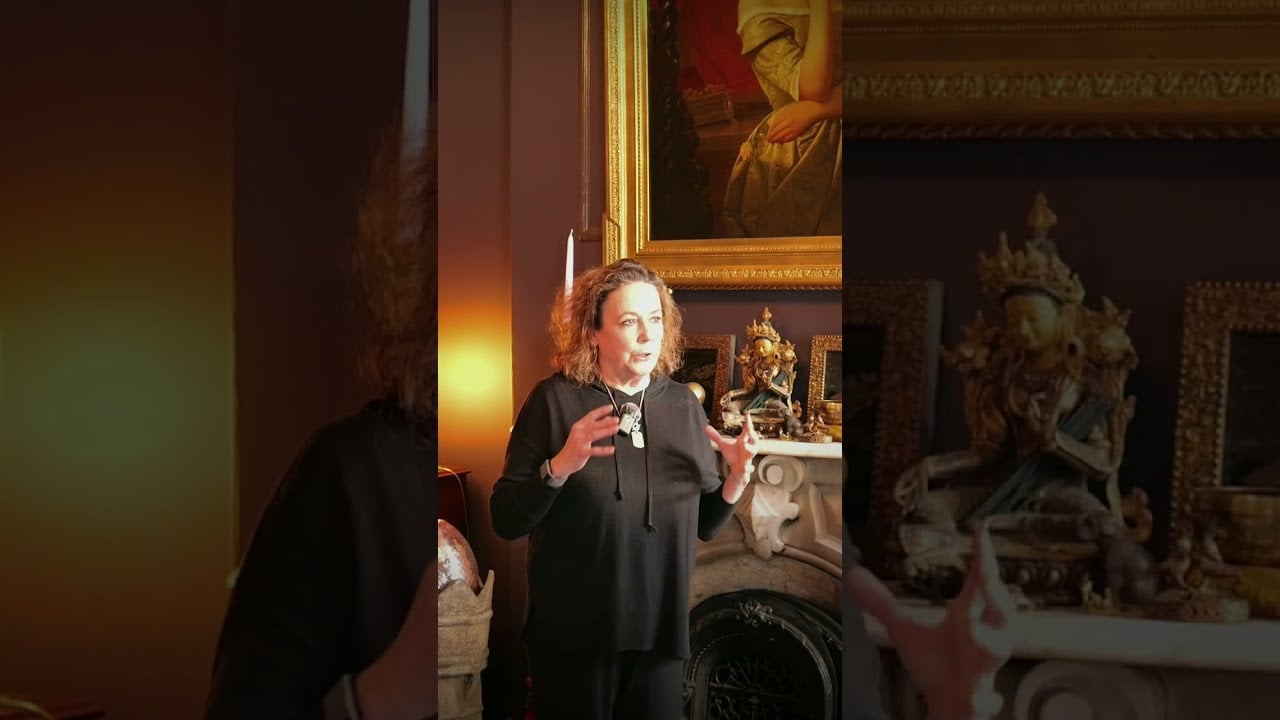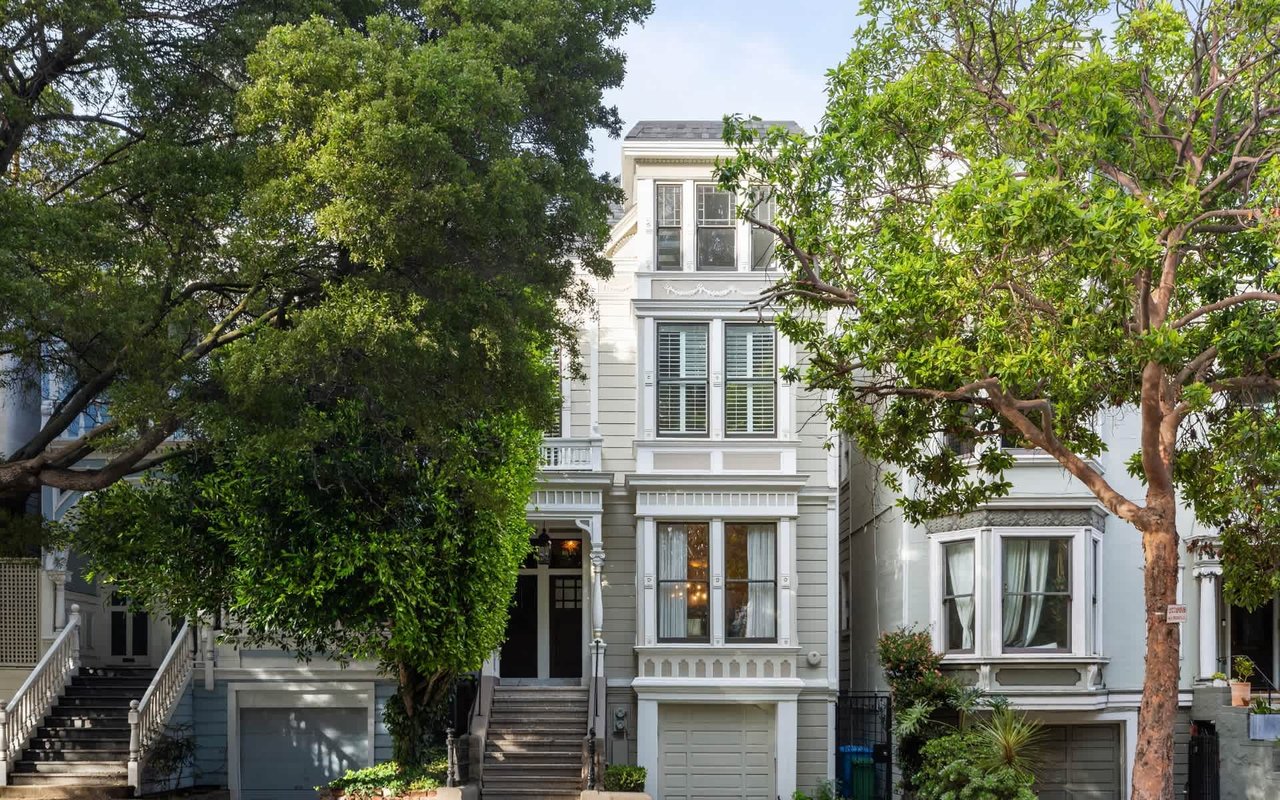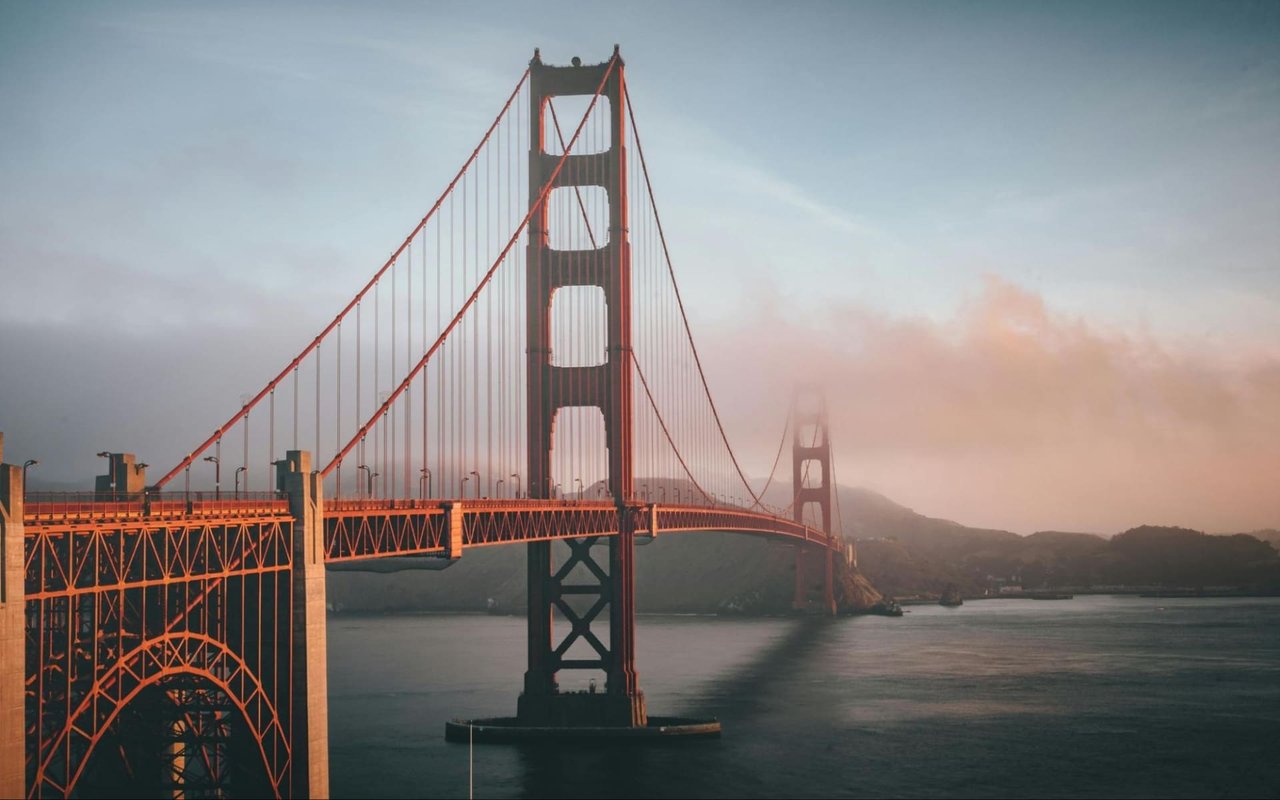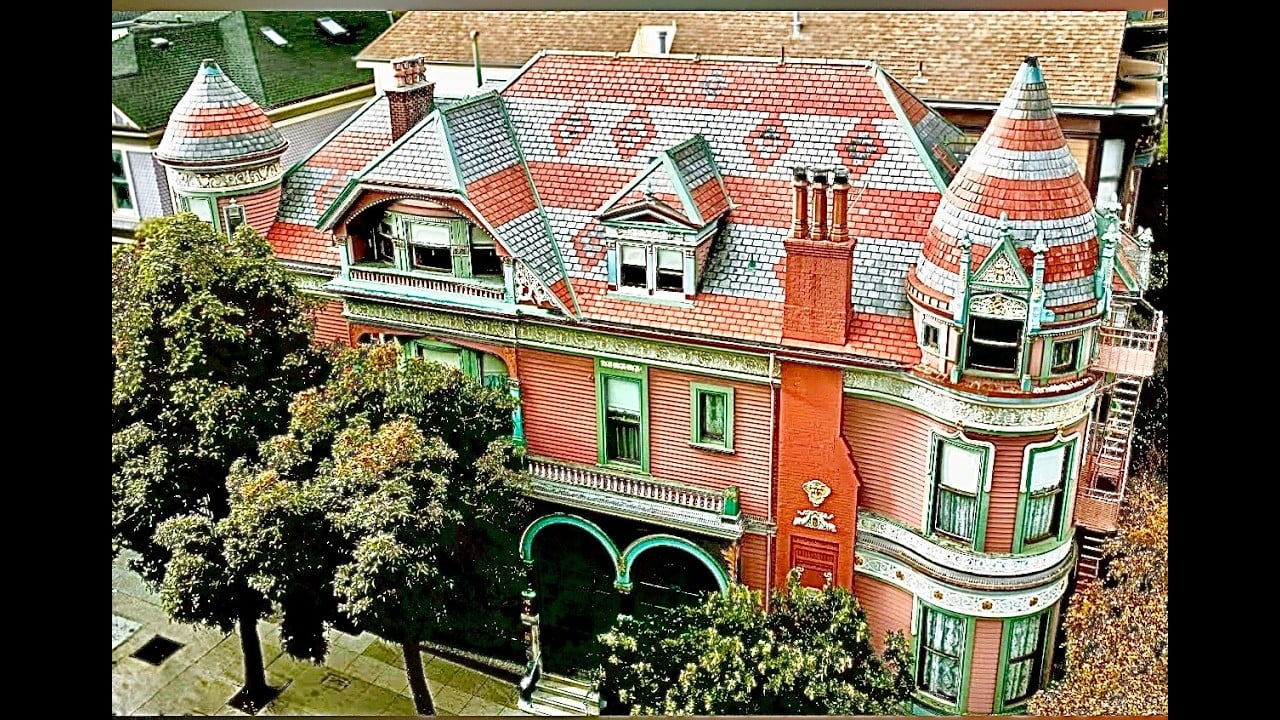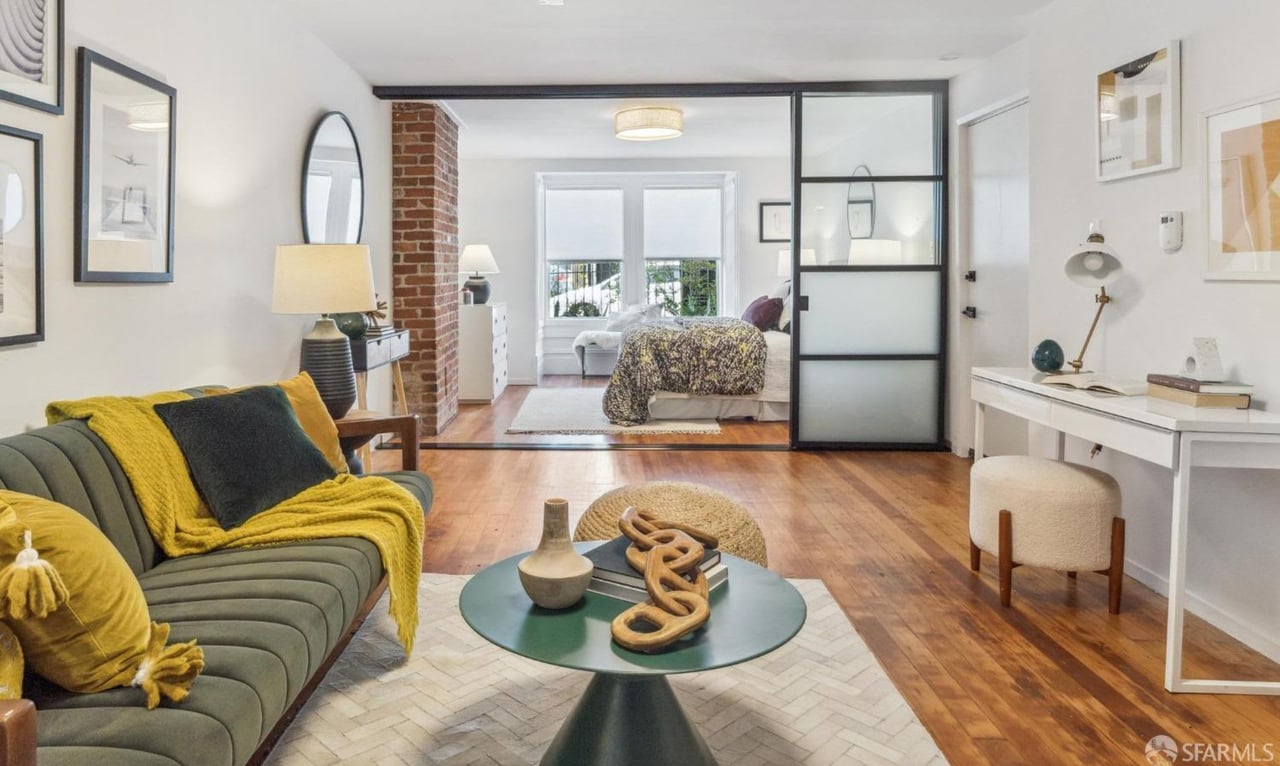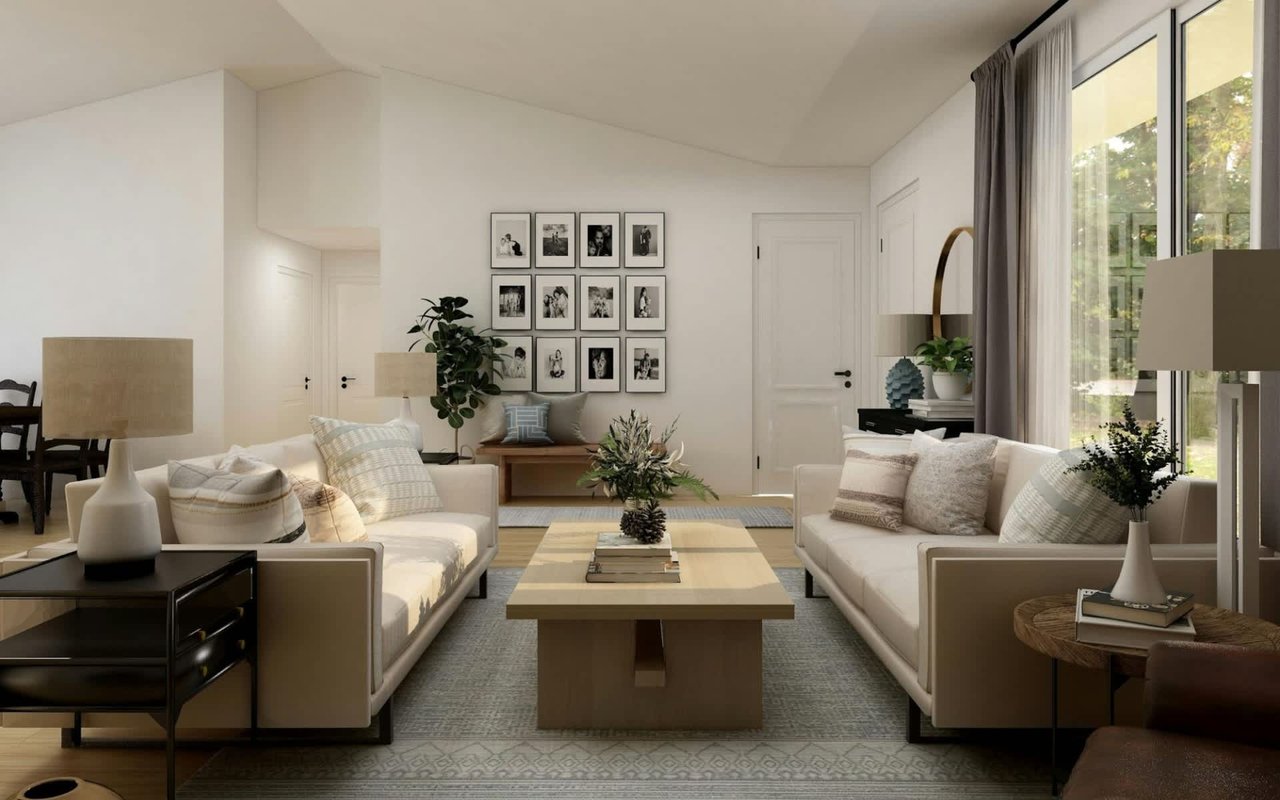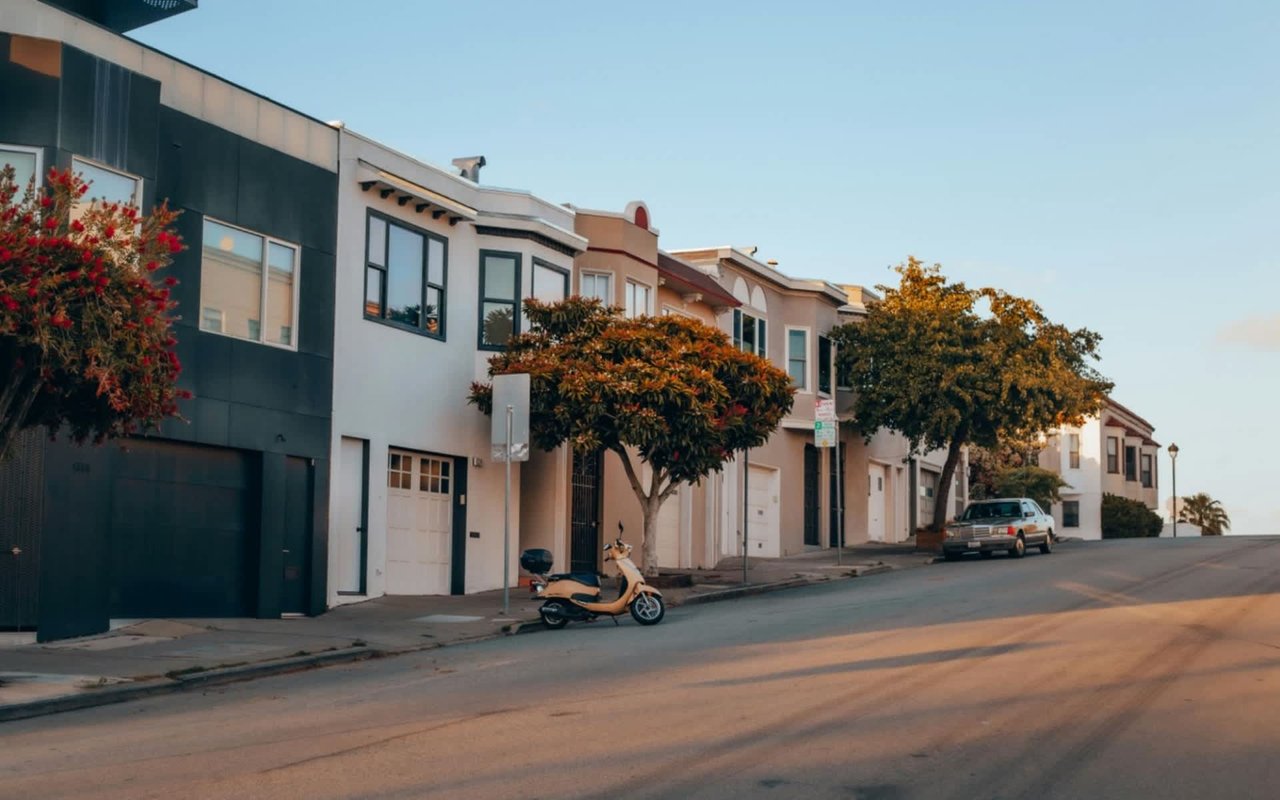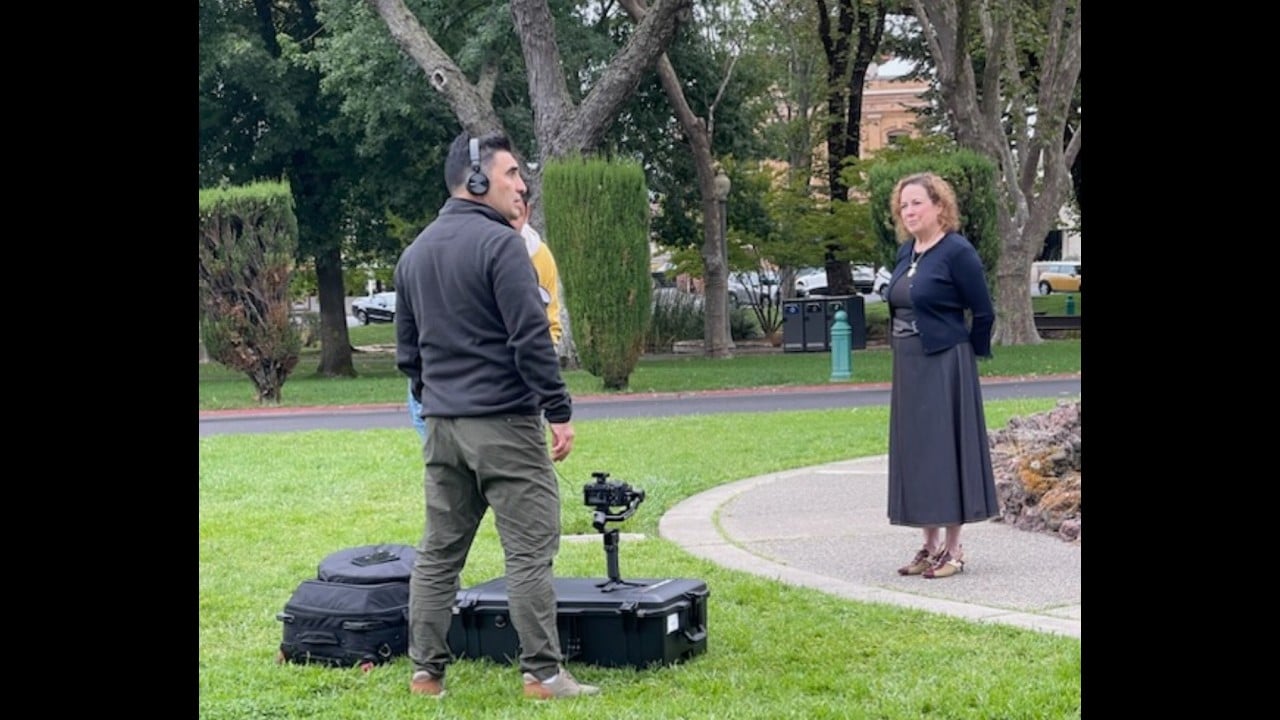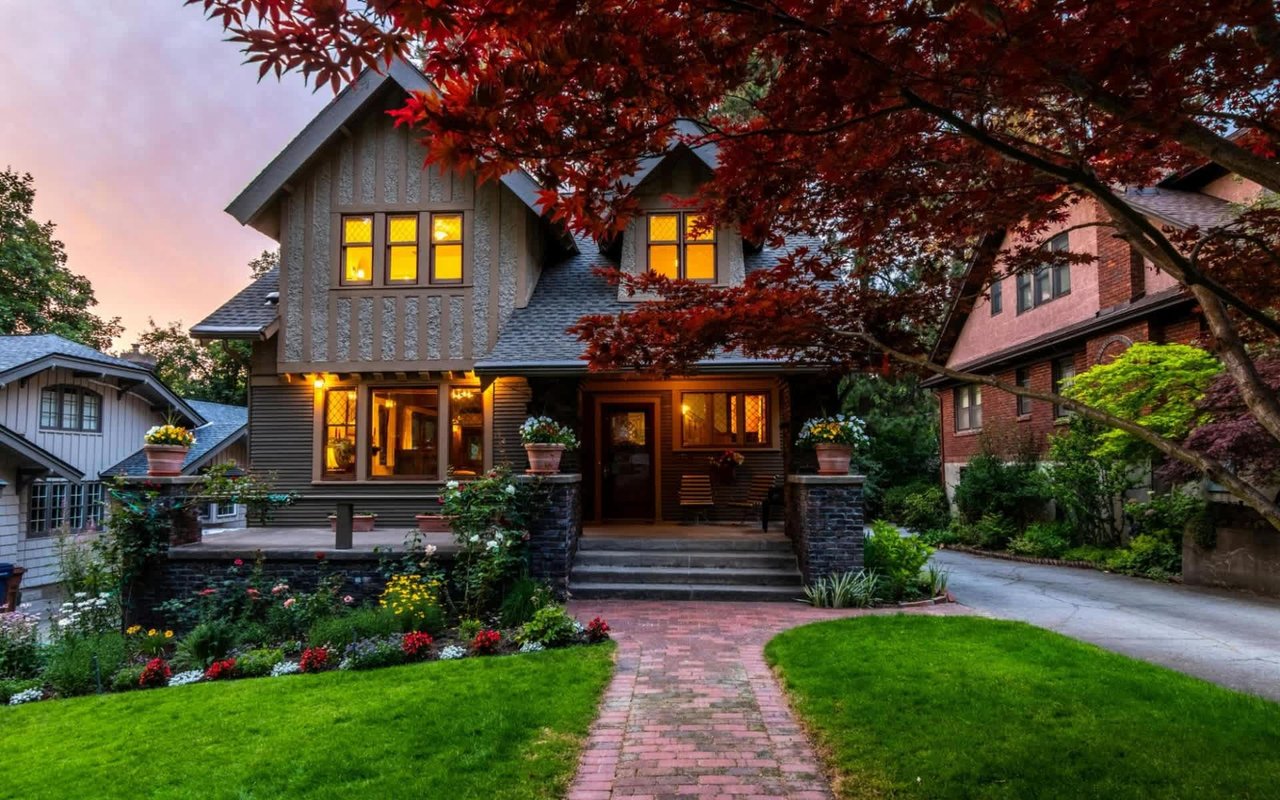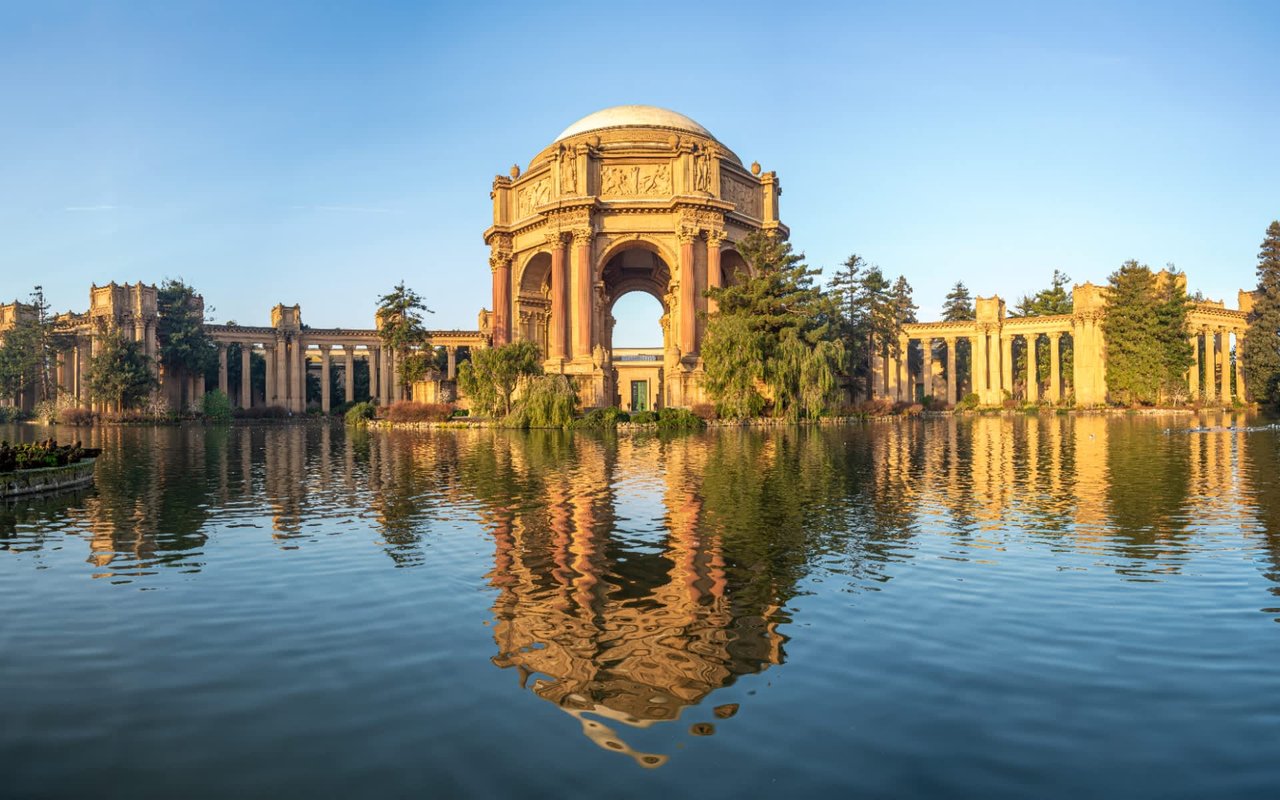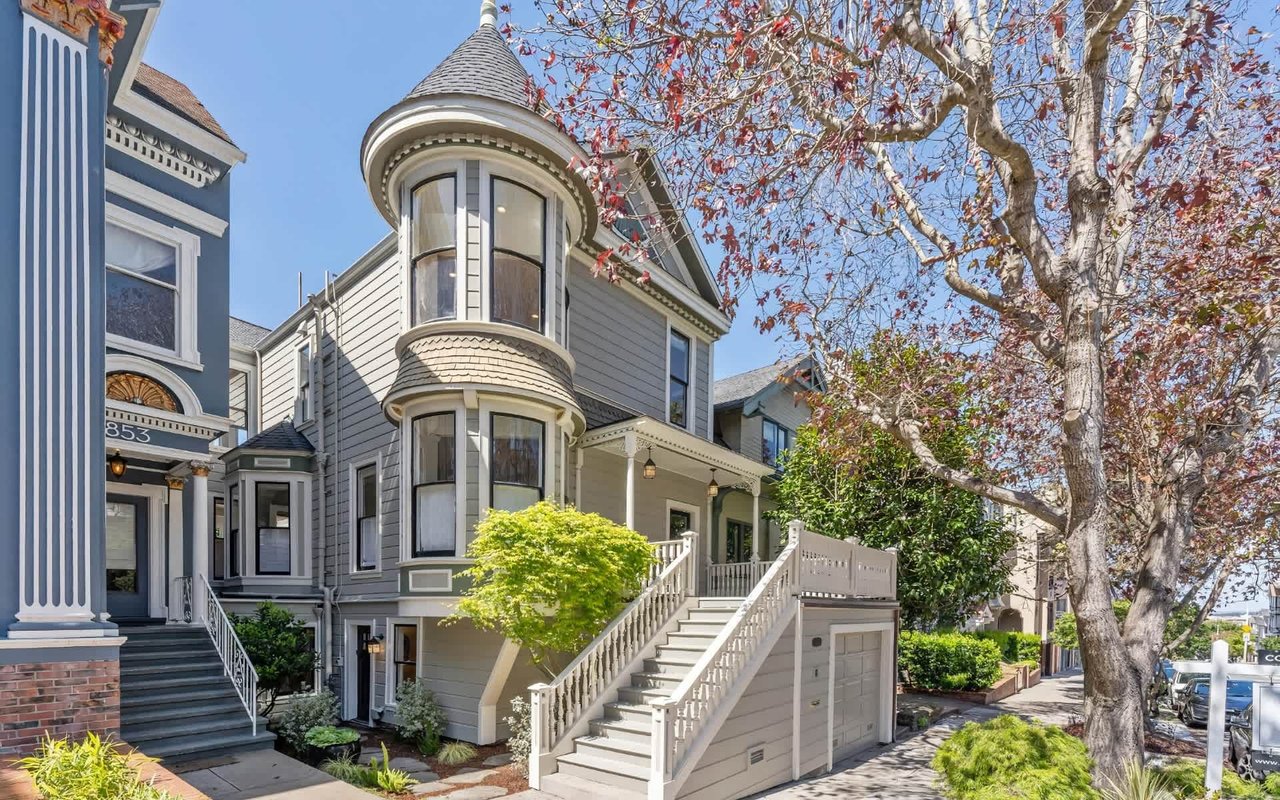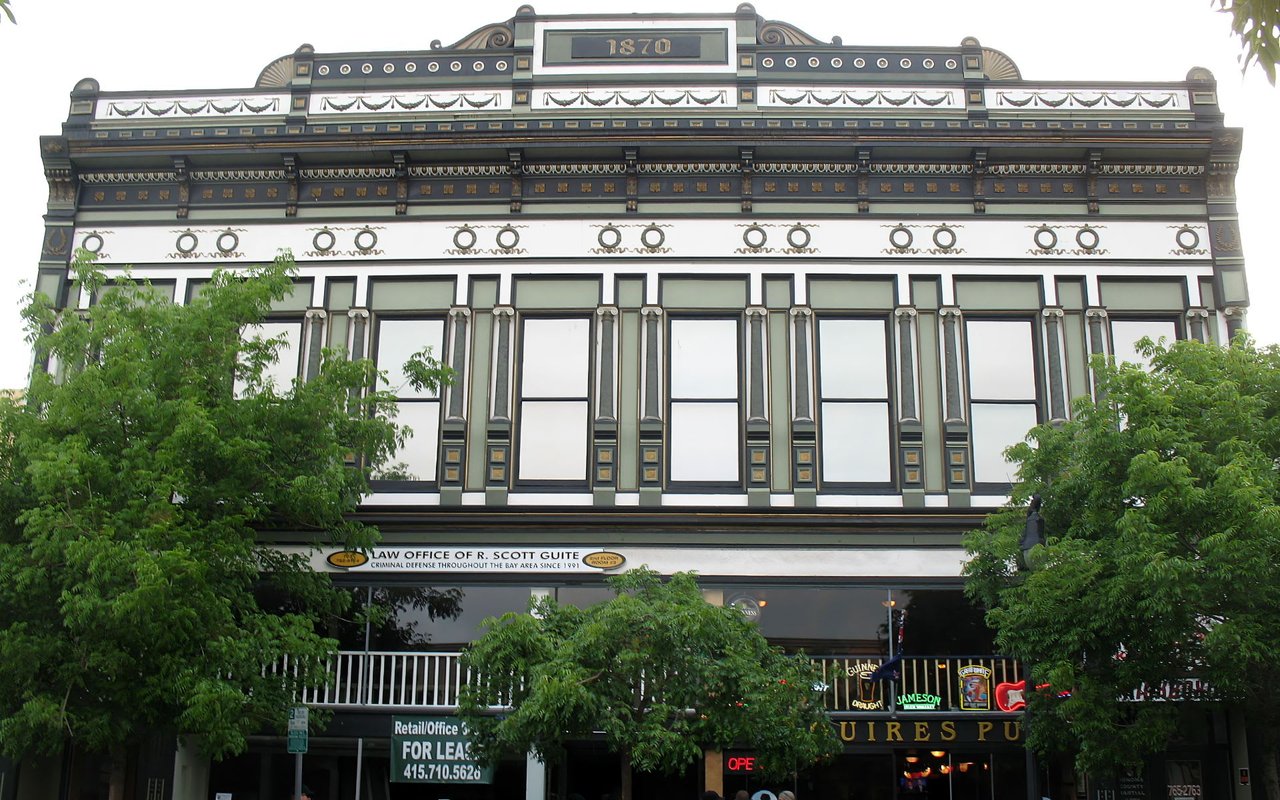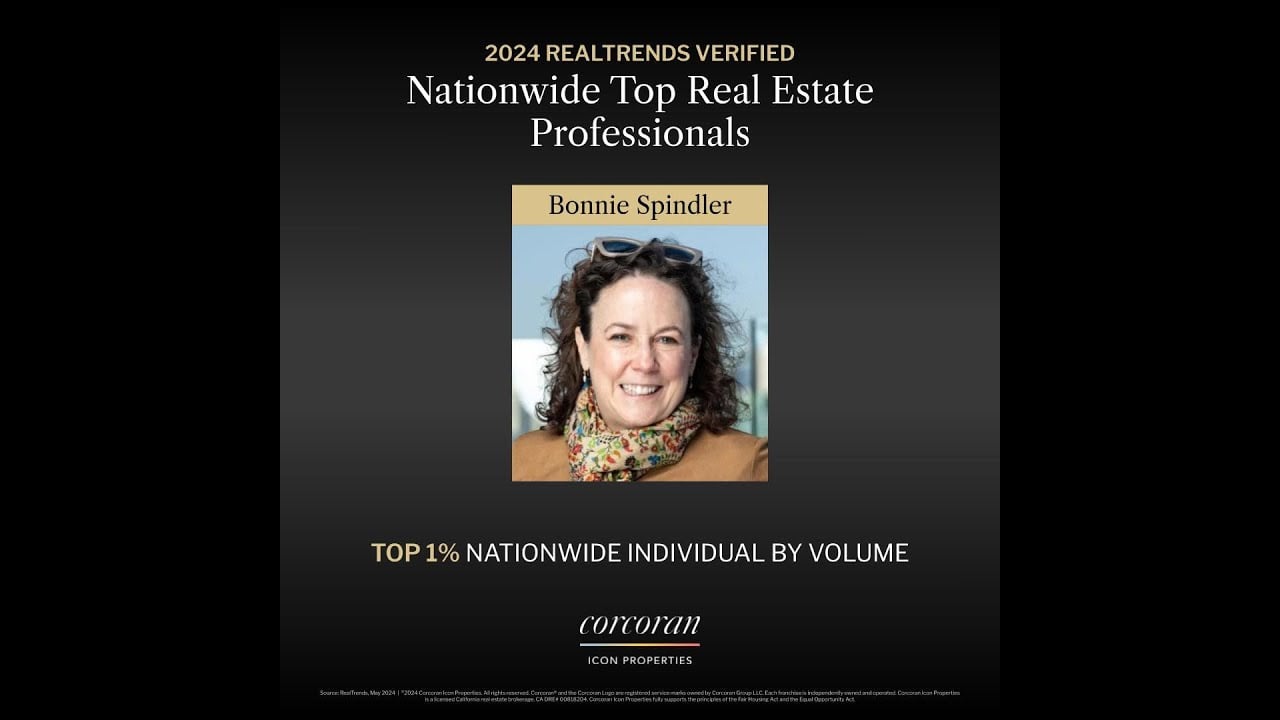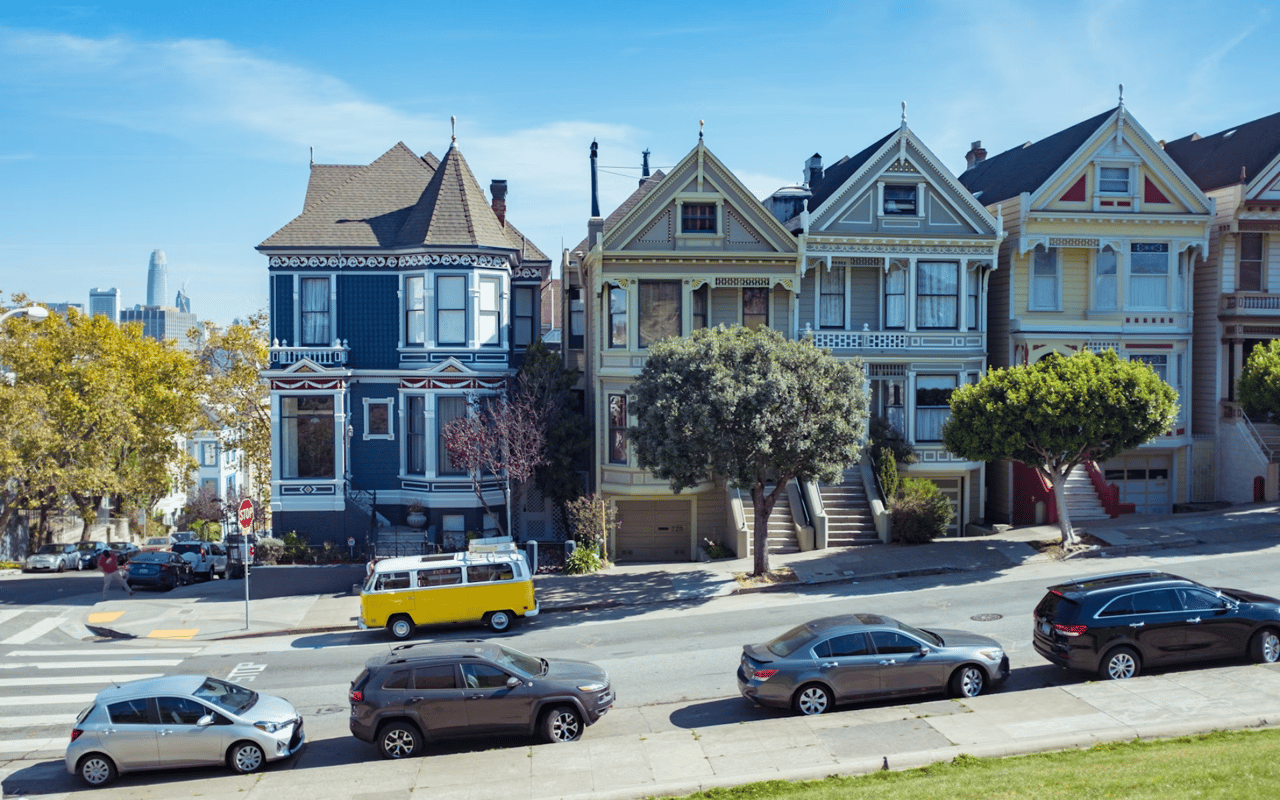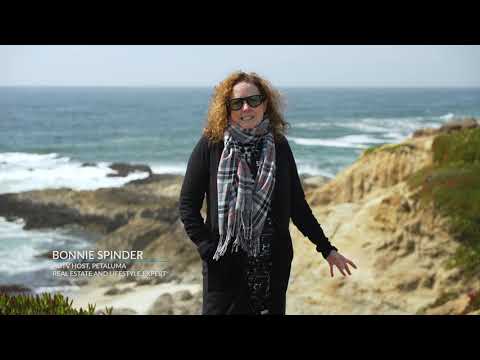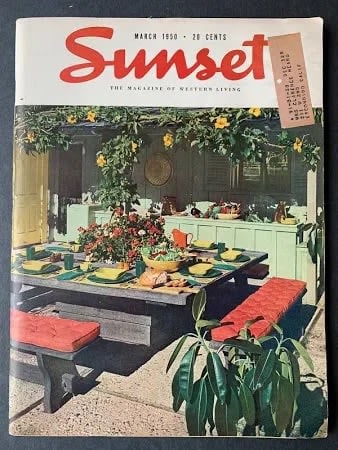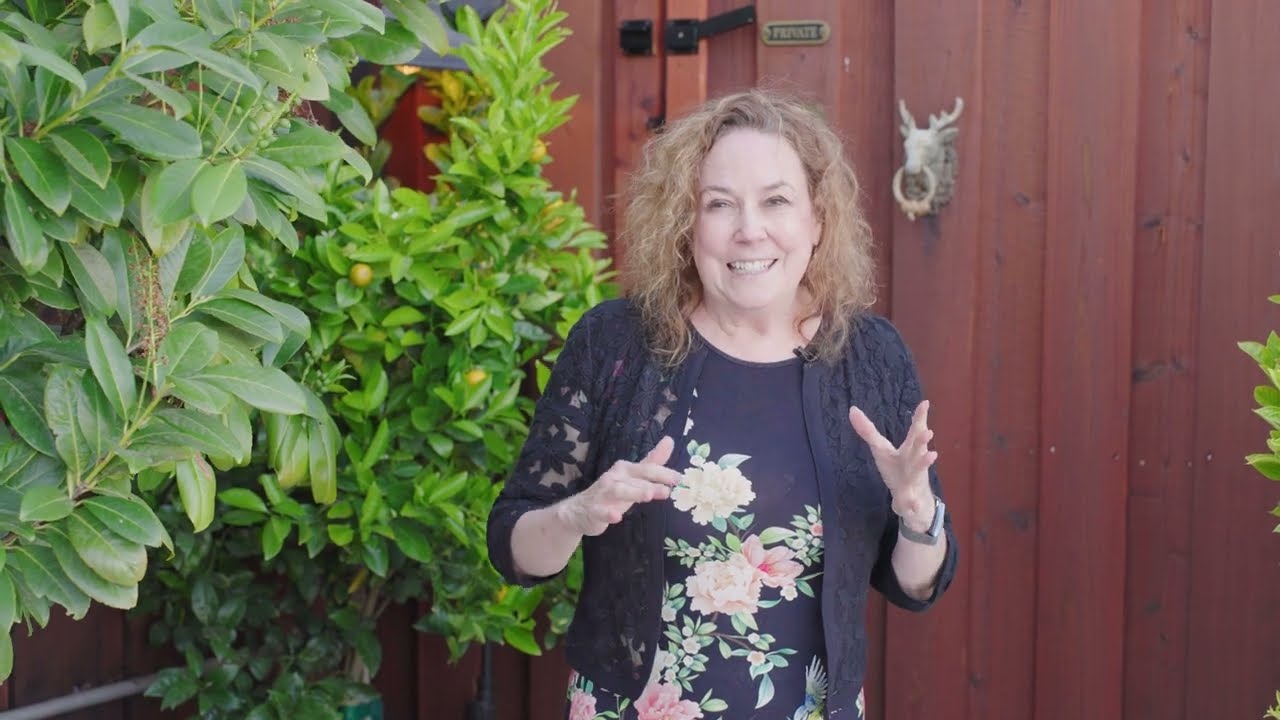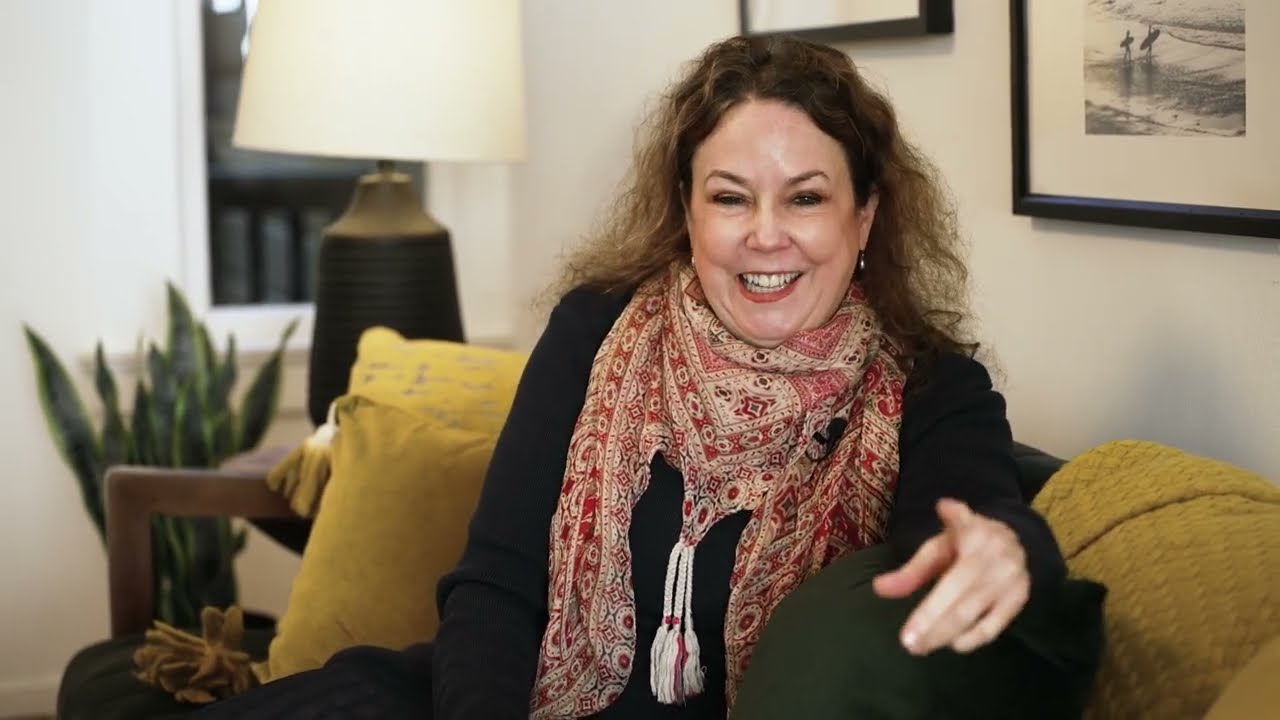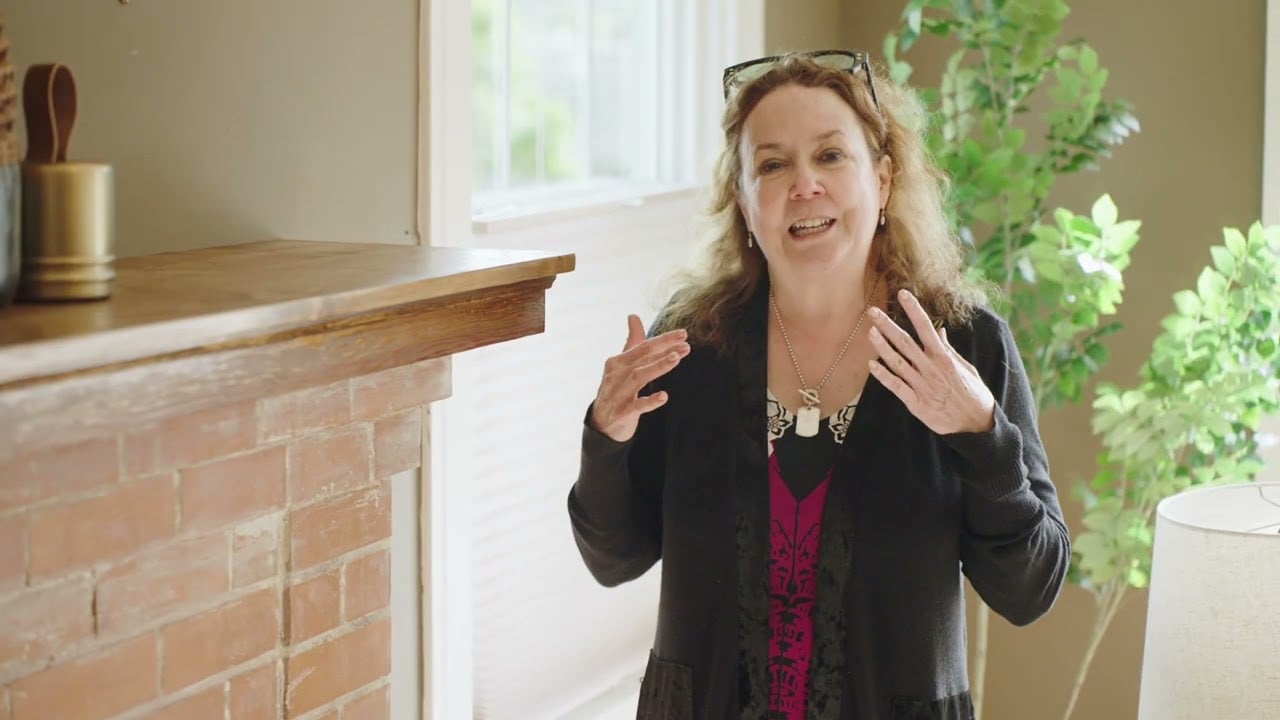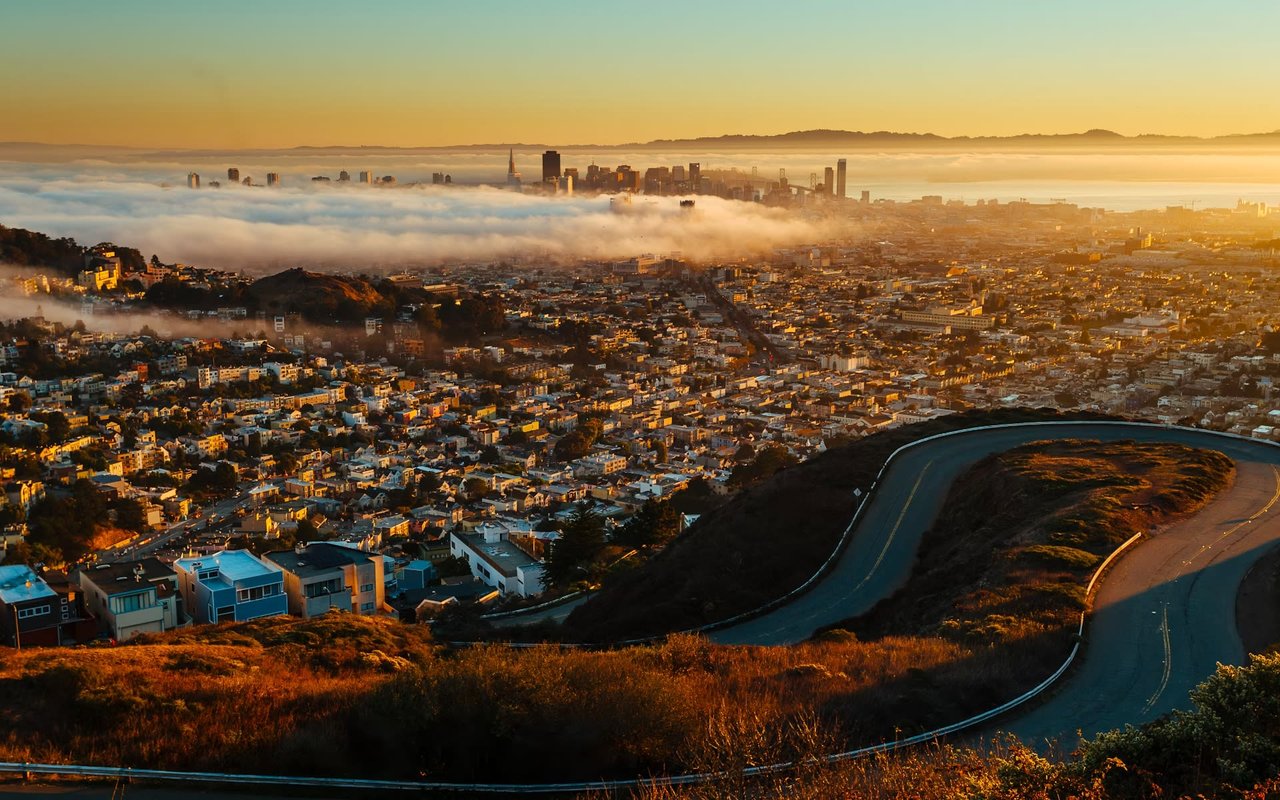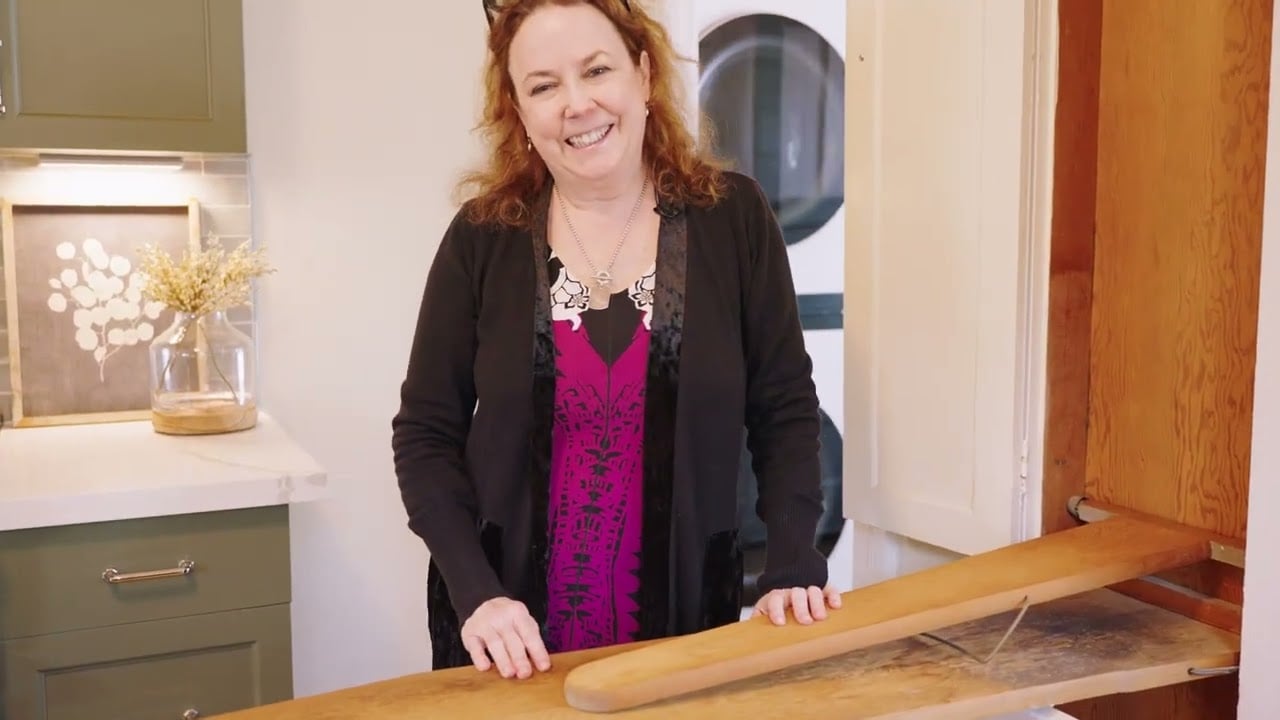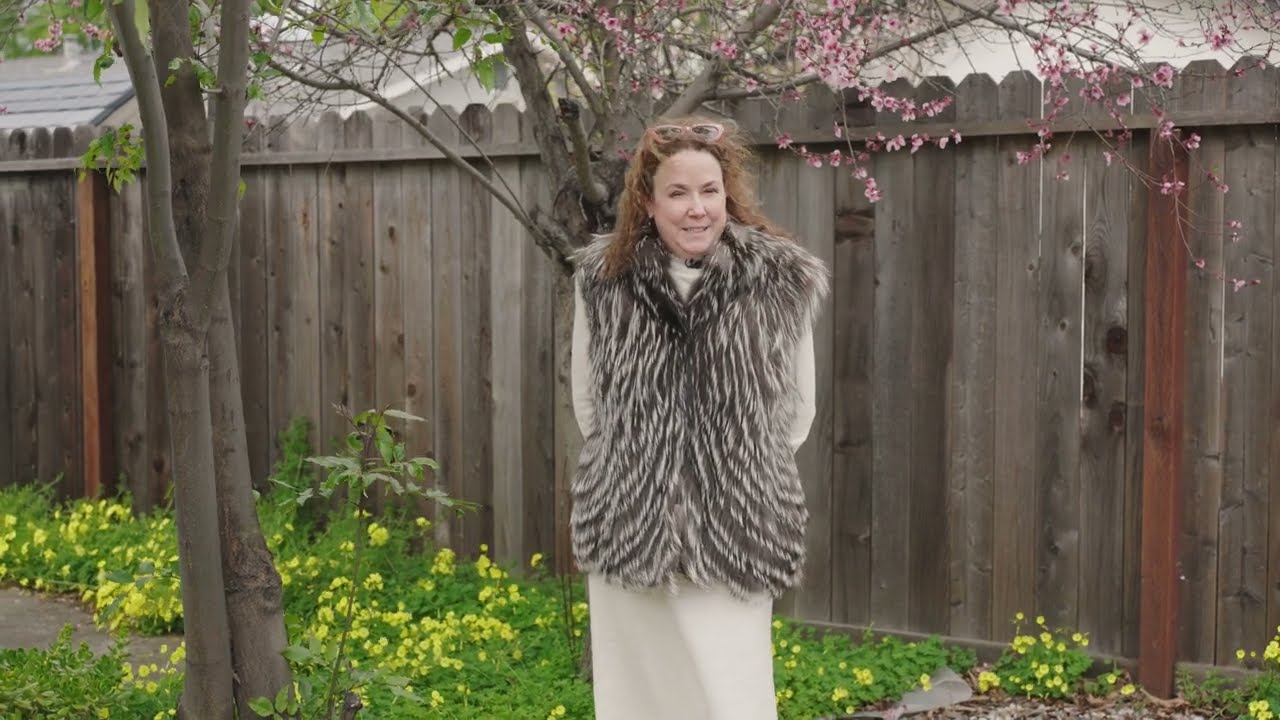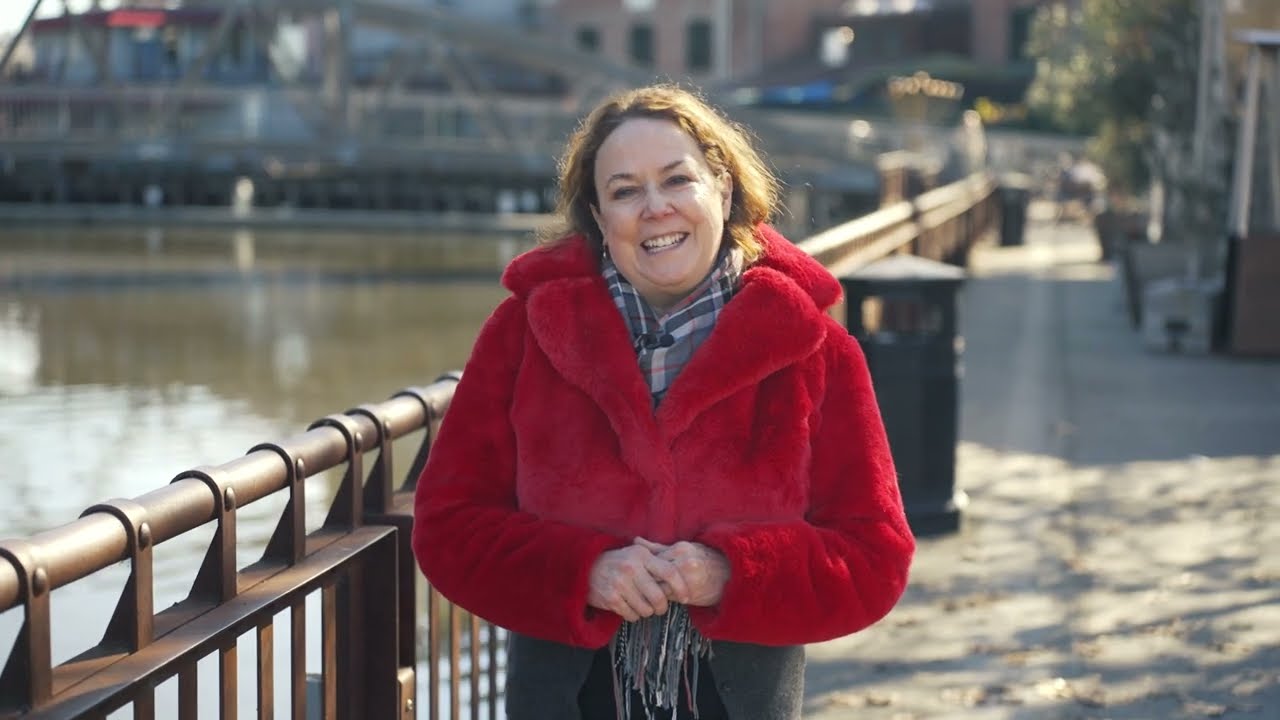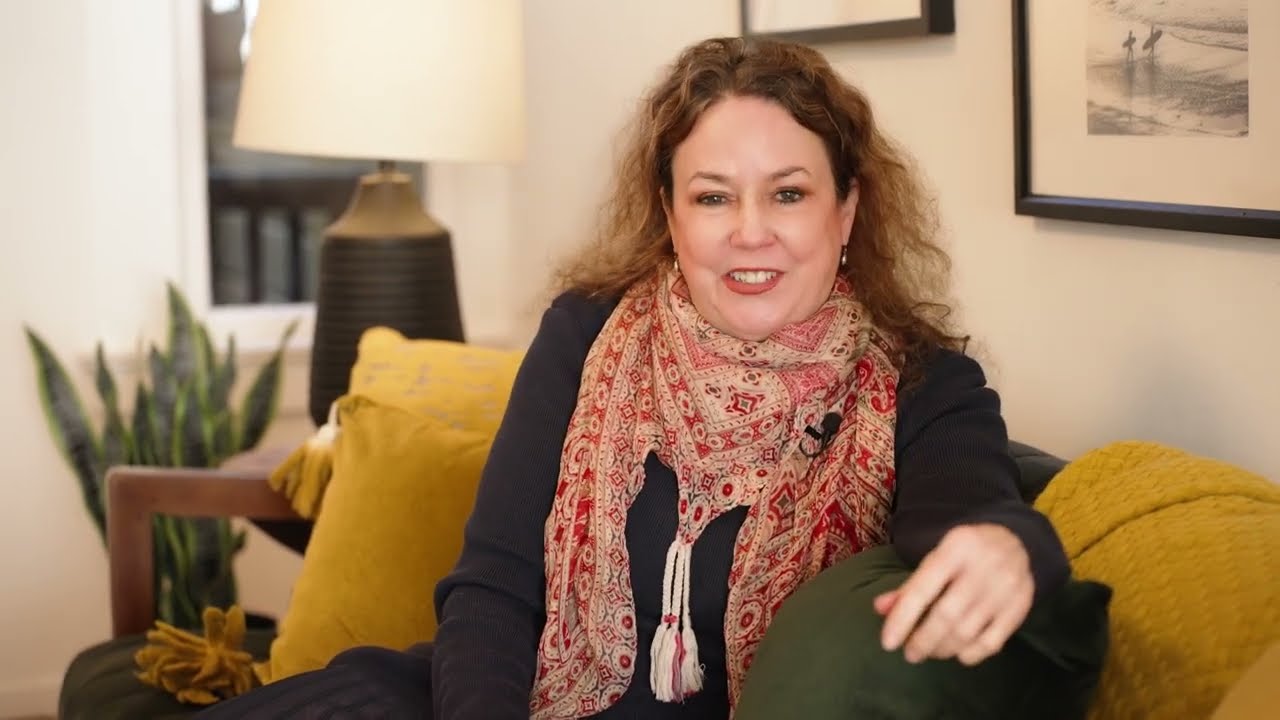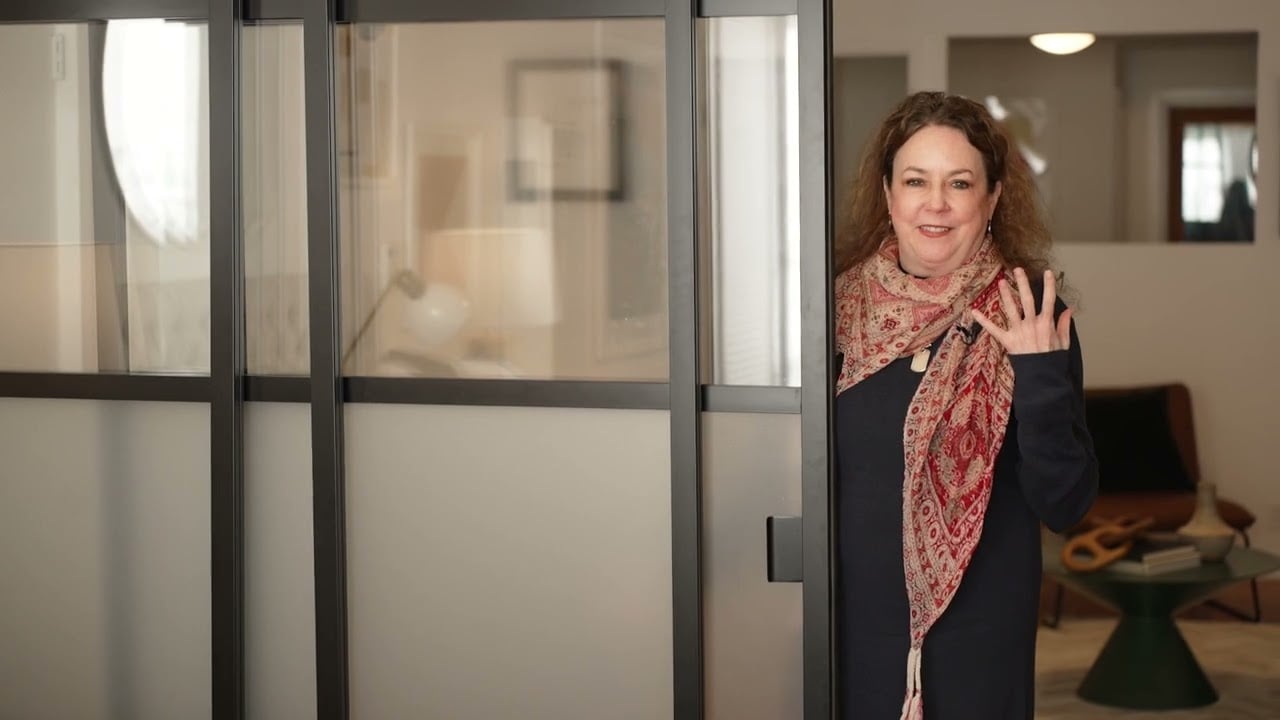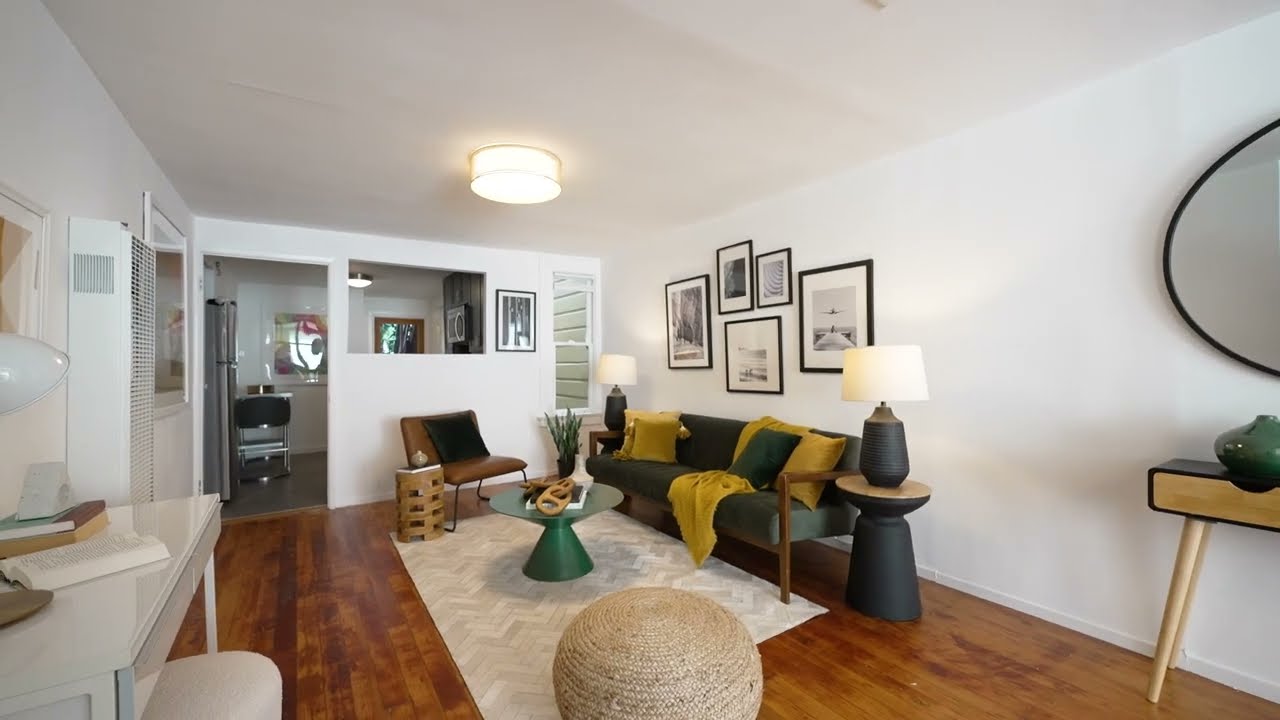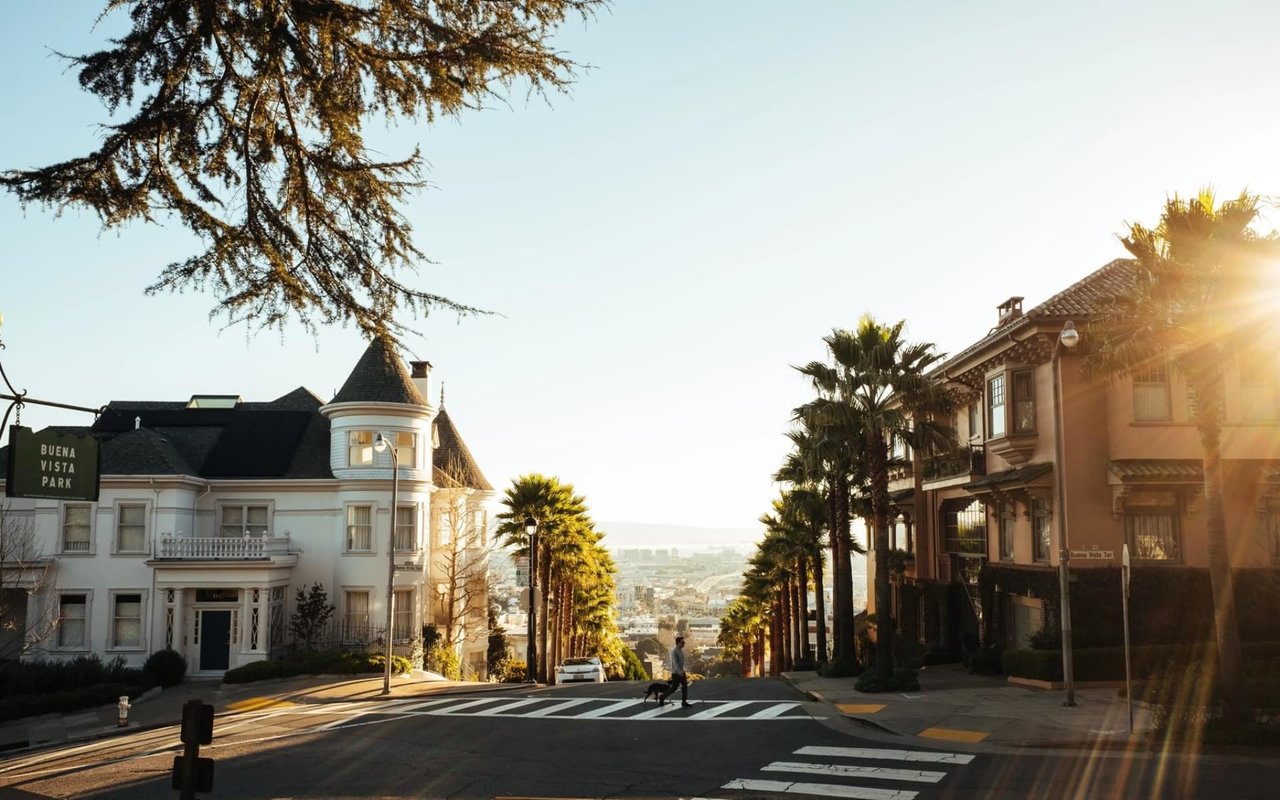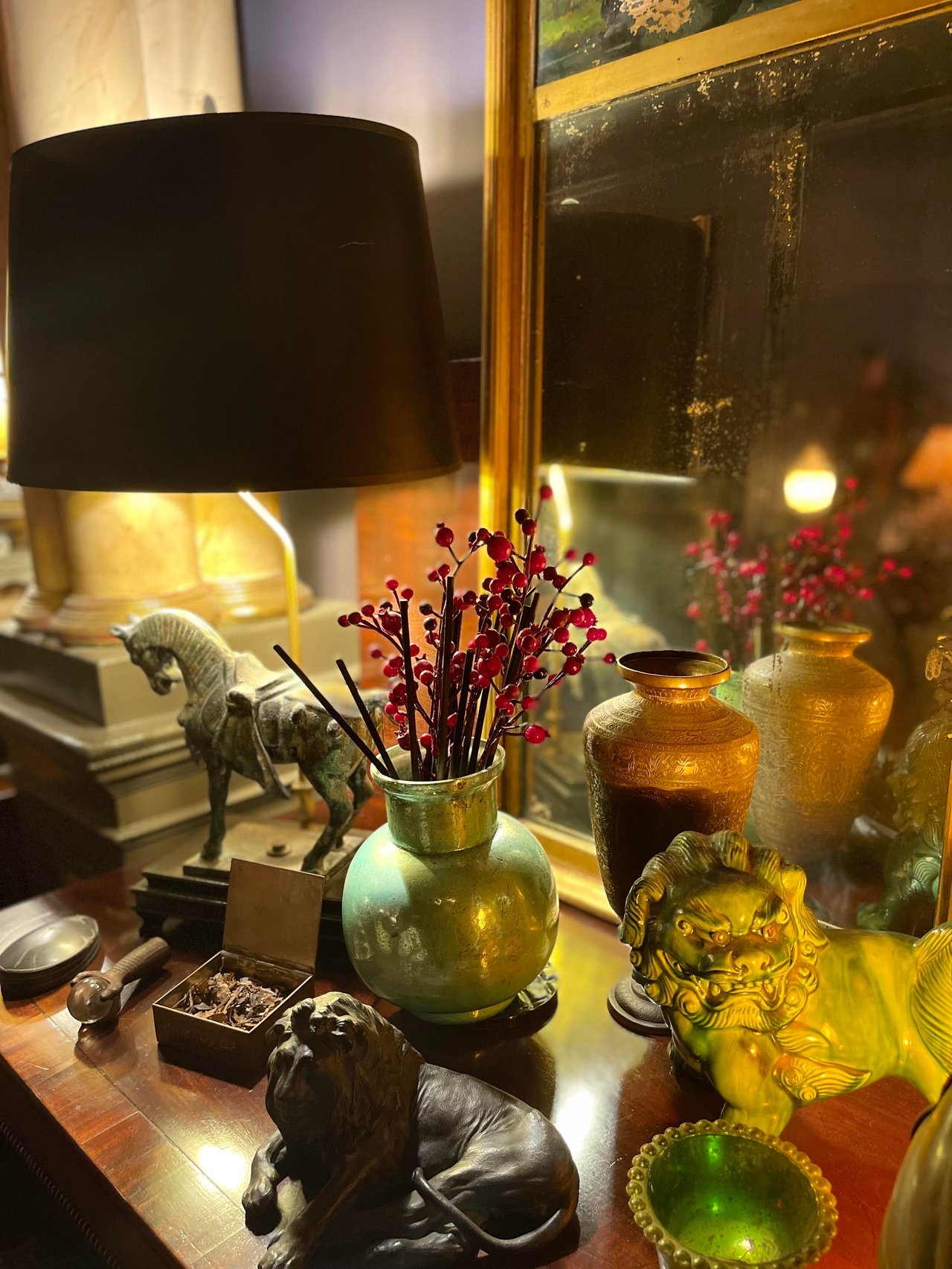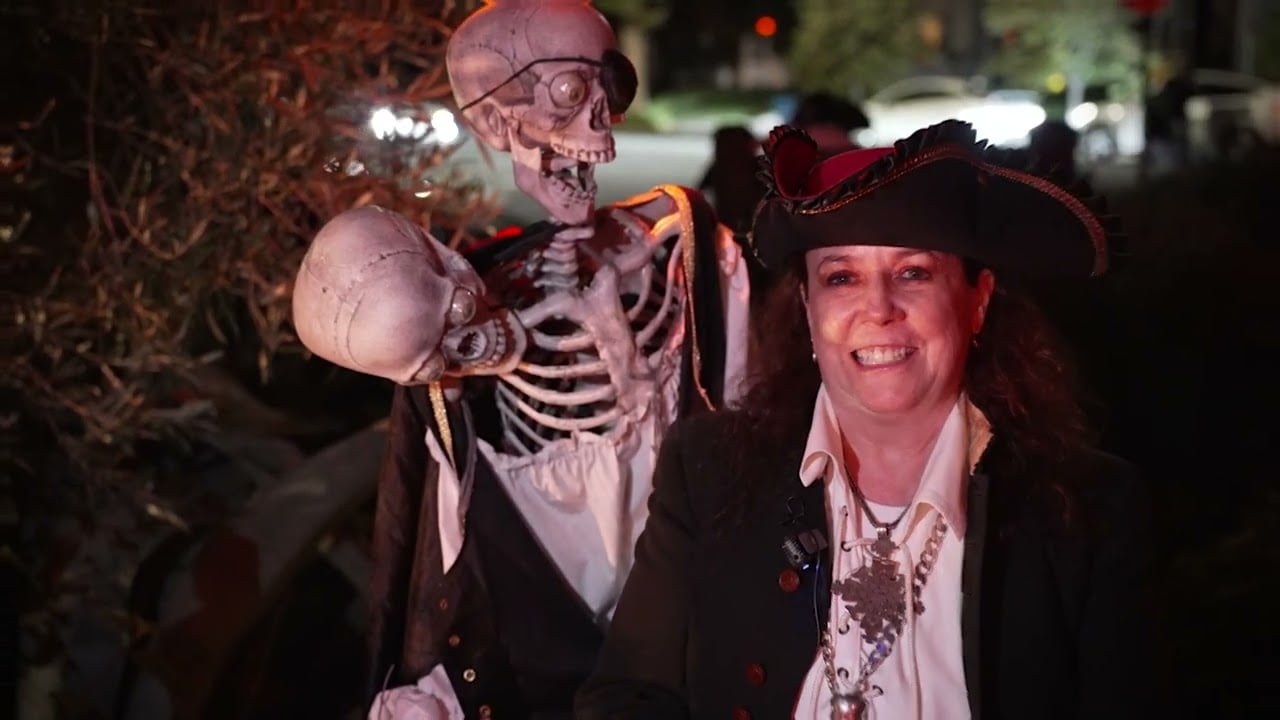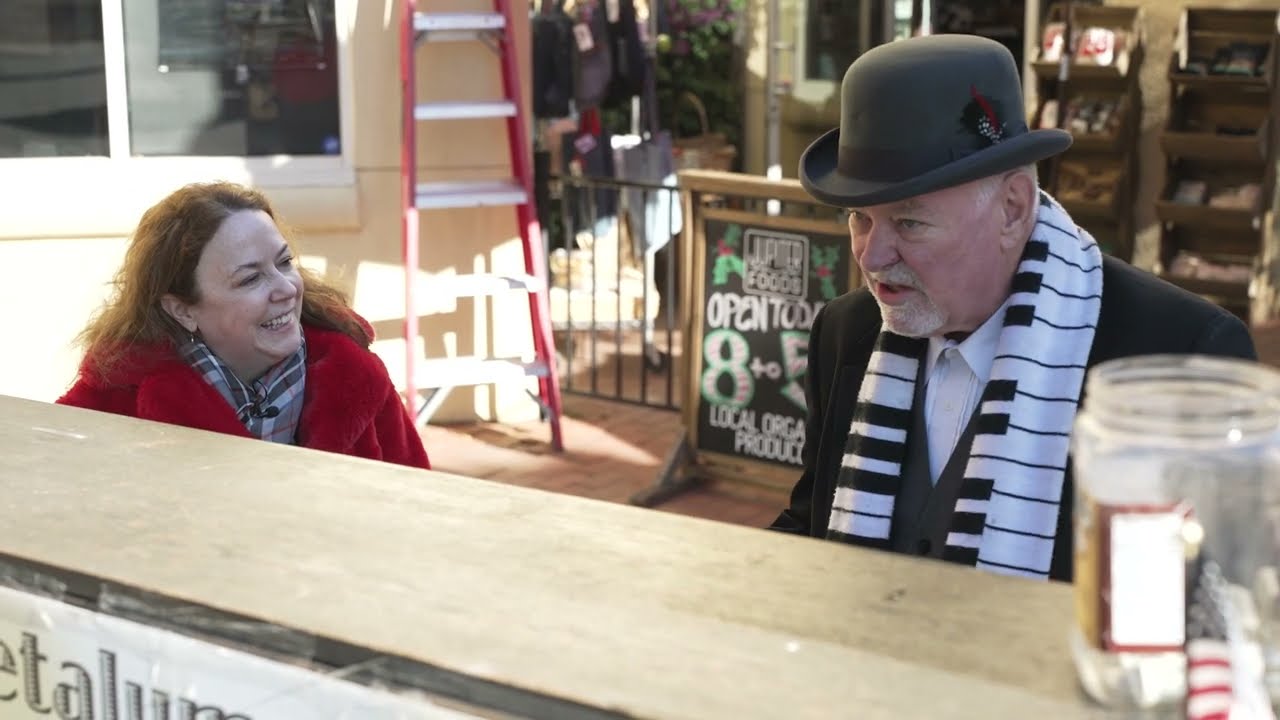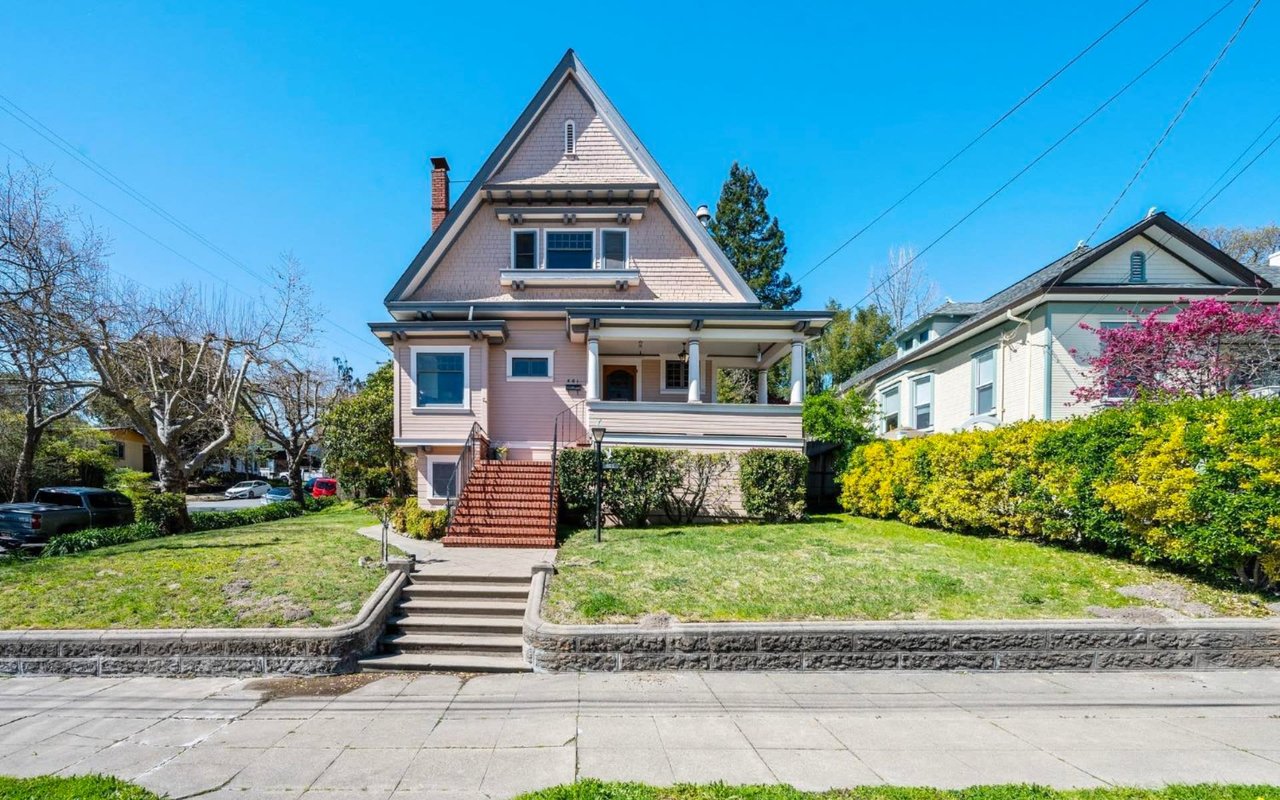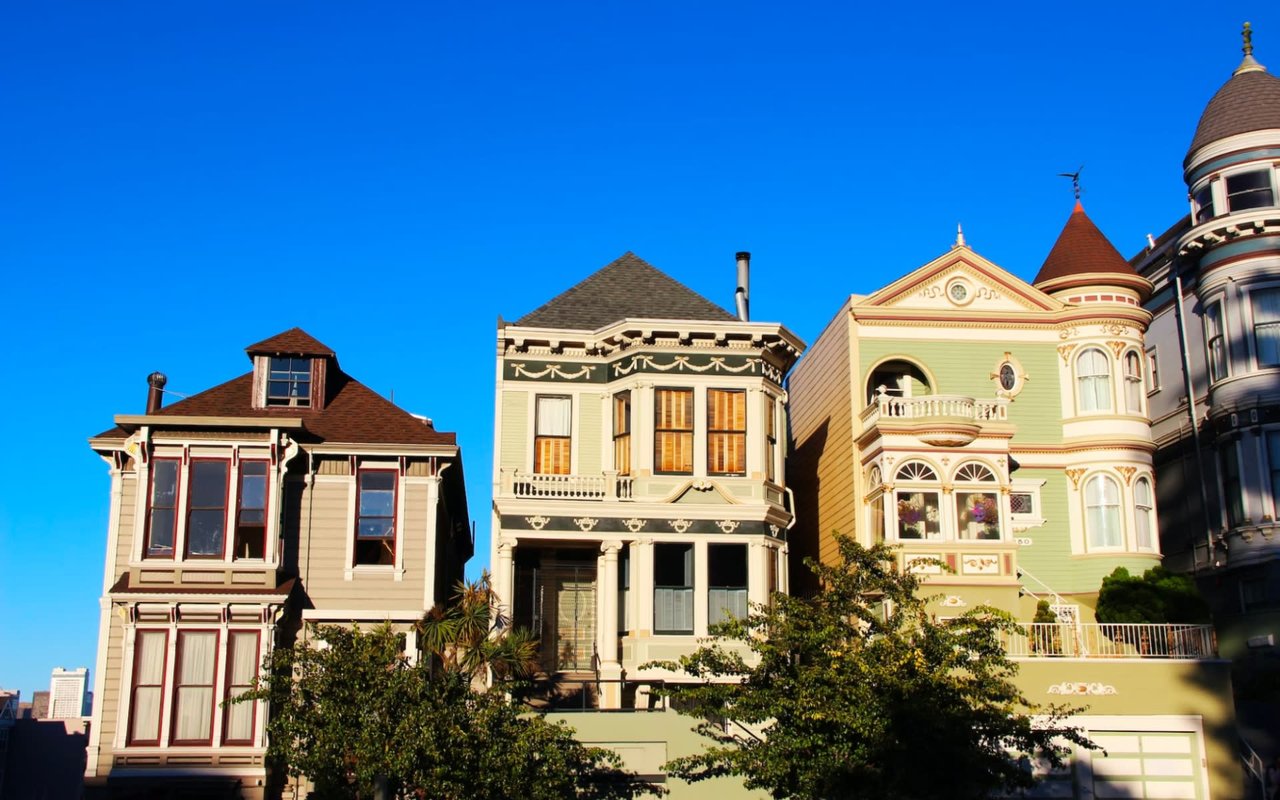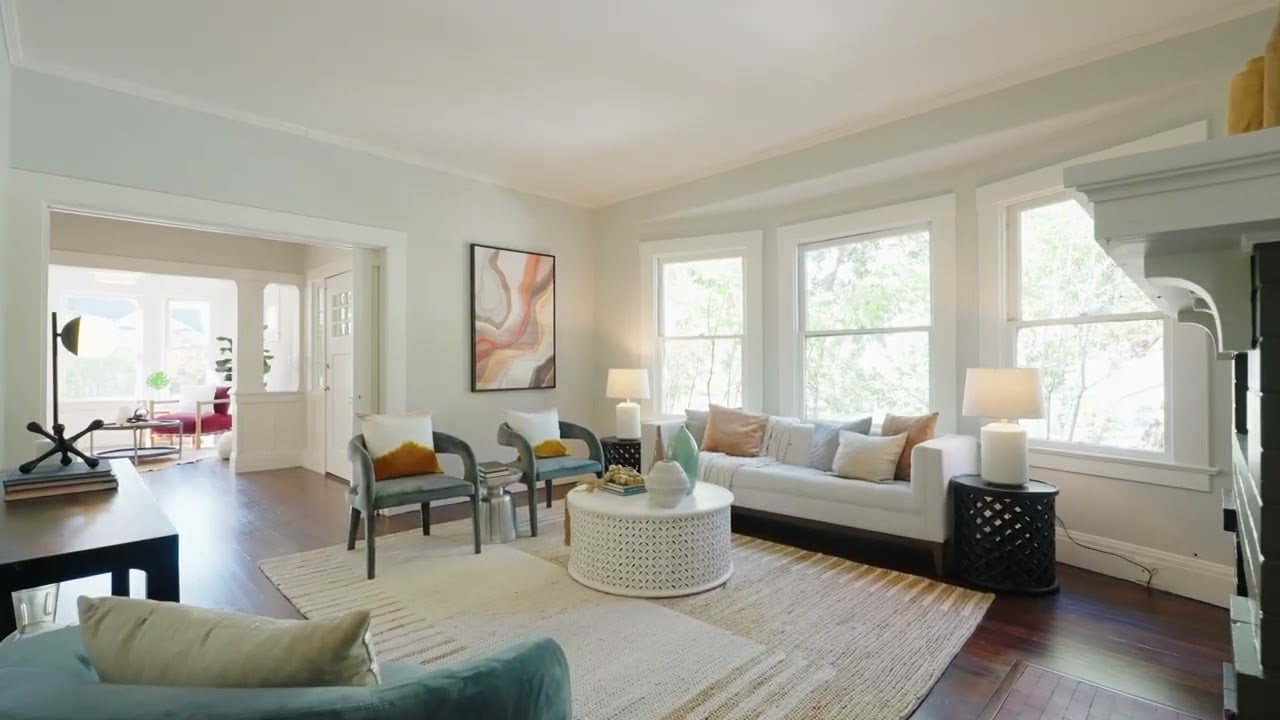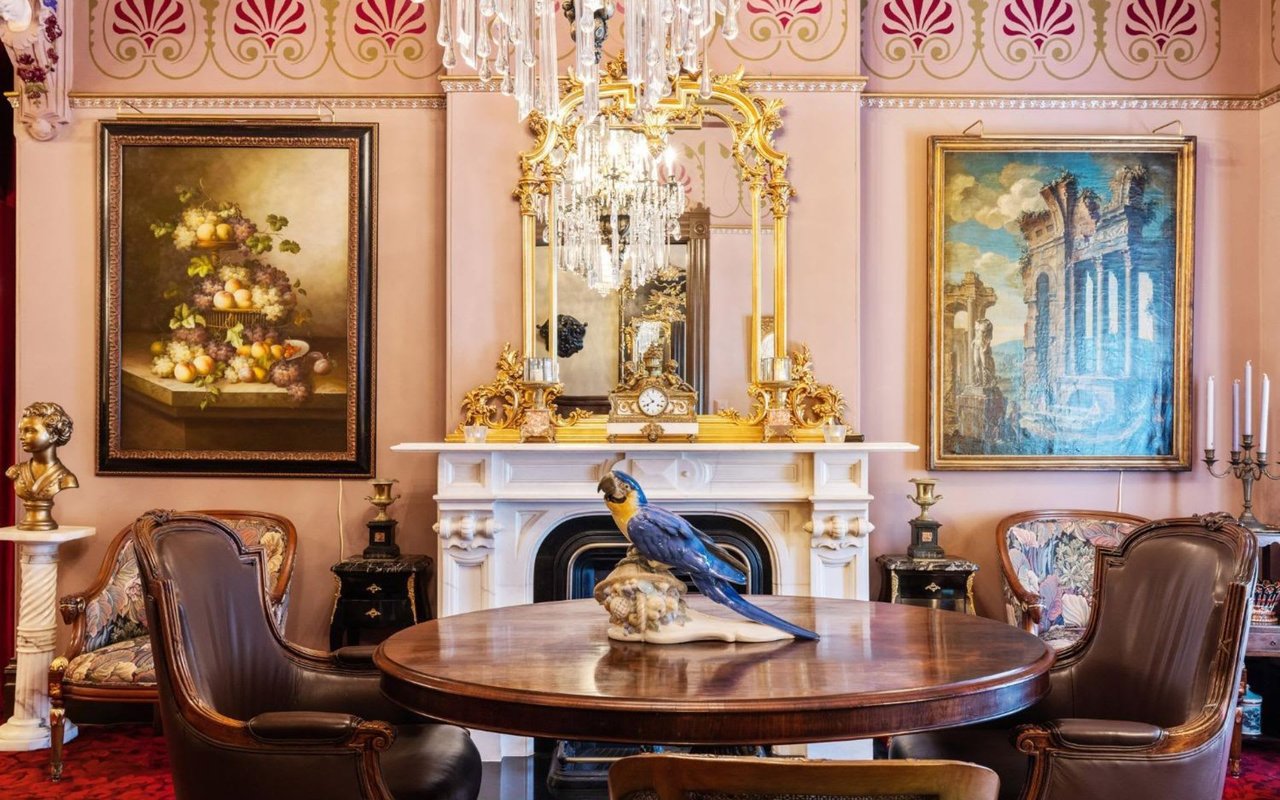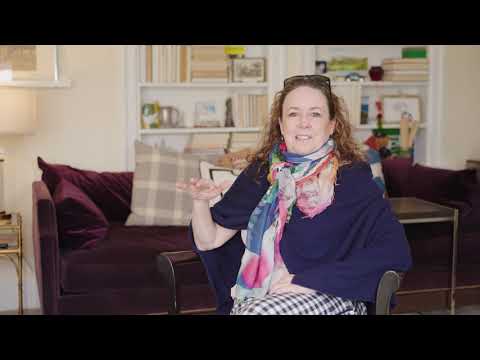San Francisco, the iconic City by the Bay, is most often celebrated for its stunning geography. It's an accolade well-earned, with its hilly streets, picturesque parks, and urban vistas ideally situated between the Pacific Ocean and San Francisco Bay along the northernmost edge of its namesake peninsula.
But that's just the beginning. It's a city renowned for its rich history, diverse communities, perseverance, and ability to constantly reimagine or reinvent itself to accommodate each new generation that calls this exceptional California gem home.
But what really makes San Francisco so historic and livable? It's a lot of little things that make it an exceptional place to call home.
A Rich Tapestry of History
San Francisco's history is as colorful as its famous Painted Ladies Victorian homes. Spanish colonists first established the city on June 29, 1776, five days before the 13 U.S. Colonies declared their independence from England, as the settlement of Yerba Buena.
Yerba Buena would include the Mission San Francisco de Asís, also known as Mission Dolores, and the Presidio of San Francisco, now one of San Francisco's most prominent parks and part of the Golden Gate National Recreation Area.
Yerba Buena would include the Mission San Francisco de Asís, also known as Mission Dolores, and the Presidio of San Francisco, now one of San Francisco's most prominent parks and part of the Golden Gate National Recreation Area.
The Gold Rush
In the ensuing years, the city would grow steadily, earning independence from Spain and joining the U.S. after being ceded by Mexico. Shortly after that, the Gold Rush of 1849 would prove a pivotal moment, transforming San Francisco from a sleepy, sometimes fought-over mission into a booming city almost overnight. This era attracted fortune seekers from around the globe, which, along with its Spanish and Mexican heritage, would further contribute to the city's growing multicultural fabric.
Towards the end of the 1800s, blue jeans became the city's first innovation, courtesy of Levi Strauss—modest beginnings for a town that would eventually become a major conduit to the peninsula's Silicon Valley, the world's tech capital. Several of San Francisco's most famous neighborhoods, including Haight-Ashbury, the Mission District, and Chinatown, also took root at this time.
Towards the end of the 1800s, blue jeans became the city's first innovation, courtesy of Levi Strauss—modest beginnings for a town that would eventually become a major conduit to the peninsula's Silicon Valley, the world's tech capital. Several of San Francisco's most famous neighborhoods, including Haight-Ashbury, the Mission District, and Chinatown, also took root at this time.
1906 Fire
Another significant chapter in San Francisco's history is the devastating earthquake and fire of 1906, which razed much of the city. The subsequent reconstruction efforts showcased the resilience and innovative spirit of its residents, leading to the rapid development of iconic neighborhoods such as Pacific Heights and Presidio Heights and landmarks like the Palace of Fine Arts, which was built for the 1915 Panama–Pacific Exposition, an event the would reintroduce San Francisco to the world.
From that point forward, San Francisco was on its way to the world-renowned status it enjoys today. The Bay Bridge would emerge as a major works project in the early 1930s, with the Golden Gate Bridge extending over its namesake Strait a few years later.
From that point forward, San Francisco was on its way to the world-renowned status it enjoys today. The Bay Bridge would emerge as a major works project in the early 1930s, with the Golden Gate Bridge extending over its namesake Strait a few years later.
Historic Properties and Landmarks
San Francisco is a treasure trove of historic properties and landmarks. The Victorian and Edwardian homes, particularly those in neighborhoods like Haight-Ashbury and Alamo Square, are quintessential features of the city's architectural landscape. These historic homes, often lovingly restored, are not just residences but vital pieces to San Francisco's visible history.
The Painted Ladies
The Painted Ladies of Alamo Square is the most photographed example of Victorian architecture in San Francisco. These colorful, ornate homes represent the city's architectural heritage and have become a symbol of its historic charm.
Presidio and Fort Point
The Presidio, a former military fort turned national park, and Fort Point, a Civil War-era fort beneath the Golden Gate Bridge, offer a deep dive into the city's military history. These sites provide stunning views and recreational opportunities while preserving San Francisco's historical narrative.
Lombard Street
Lombard Street spans three miles across San Francisco from The Presidio to the Embarcadero waterfront, passing through the charming Russian Hill neighborhood. The otherwise unremarkable street features the world's most famous one-block section of roadway between Hyde Street and Leavenworth Street, known as "The Crookedest Street in the World."
Community and Cultural Diversity
San Francisco's community is a vibrant mosaic of cultures, traditions, and lifestyles. The diversity is prevalent in the city's numerous neighborhoods, each with unique character and charm.
Buena Vista/Ashbury Heights
A San Francisco neighborhood built on a steep hill, Buena Vista/Ashbury Heights offers stunning city views and abundant green residential spaces. It is centered around Buena Vista Park, established as the city's first official park in 1867. The area features a mix of Edwardian and Victorian homes alongside modern residences, all within walking distance of numerous boutiques, bars, restaurants, and cafes. Its convenient public transportation makes exploring other parts of the city accessible, enhancing its unique charm and exclusive San Francisco experience.
Lower Pacific Heights
This vibrant San Francisco neighborhood is popular for its central location, with access to downtown, Golden Gate Park, or the Presidio. Lower Pacific Heights area features dining options, entertainment, and shopping, with attractions like Japan Center, The Fillmore, and Sundance Kabuki Cinema. The neighborhood blends early 1900s Victorians and newly constructed homes alongside amenities such as the Broderick & Bush Street Mini Park, offering a balanced and upscale living environment.
Western Addition
Western Addition, once a vast area west of downtown San Francisco, is now a concentrated neighborhood within the Central North district. Originally a farming community, it evolved into a bustling Victorian suburb with many classic homes still standing today, having survived the 1906 earthquake and subsequent fires. The neighborhood thrives with its classic Victorian homes, modern multi-family properties, trendy boutique stores, restaurants, bars, cafes, and green spaces, making it a distinct and appealing destination for residents and visitors.
Livability and Quality of Life
San Francisco consistently ranks high in livability due to its robust economy, quality healthcare, and educational institutions. The city is home to world-renowned universities like the University of California, San Francisco (UCSF) and a thriving tech industry driving innovation and economic growth. The city's compact layout and comprehensive public transportation system also earn high marks, making it one of the easiest cities to traverse, even without an automobile, in the United States.
Public Transit and Cable Cars
San Francisco's public transit system, including the iconic cable cars, buses, and BART (Bay Area Rapid Transit), ensures that residents and visitors can easily navigate the city. The cable cars, a moving historic landmark, offer a nostalgic and practical way to explore San Francisco's hilly terrain.
Green Spaces and Parks
The city's urban planning incorporates numerous green spaces and parks, such as Golden Gate Park, one of the largest urban parks in the world. Within the park is the California Academy of Sciences, which is a renowned scientific and cultural institution dedicated to exploring, explaining, and sustaining life on Earth. This innovative facility houses an aquarium, planetarium, rainforest, and natural history museum under one living roof, making it a must-visit destination for science enthusiasts of all ages. This green oasis also offers a plethora of recreational activities, cultural institutions like the De Young Museum, and tranquil spots like the Japanese Tea Garden.
Walkable Neighborhoods
Neighborhoods like Anza Vista, with its architectural diversity and proximity to Kaiser Permanente Medical Center, and the Cole Valley/Parnassus Heights, with direct access to the UCSF Parnassus campus and scenic Tank Hill, are designed for walkability. Sidewalk cafes, boutique shops, and local markets foster a sense of community and make daily errands a pleasure.
A Culinary Destination
San Francisco's culinary scene is another highlight, offering various dining options from Michelin-starred restaurants to casual food trucks. The Ferry Building Marketplace is a culinary hub where locals and tourists can sample local produce, artisanal cheeses, and freshly baked bread.
Arts and Entertainment
The city's cultural scene is equally vibrant. San Francisco boasts numerous theaters, museums, and galleries, such as the San Francisco Museum of Modern Art (SFMOMA) and the War Memorial Opera House. These cultural institutions enrich the city's cultural landscape and provide endless opportunities for enrichment and entertainment.
Discover San Francisco's Victorian Heritage
If you want to learn more about San Francisco's unique history and tapestry of historic homes, contact Bonnie Spindler, The Victorian Specialist, today to start a journey into the city's richly layered residential history. As a past president of The Victorian Alliance of San Francisco, allow Bonnie's extensive knowledge and unmistakable passion for pre-1926 architecture to help you navigate the path to many of San Francisco's most treasured, sought-after properties.
